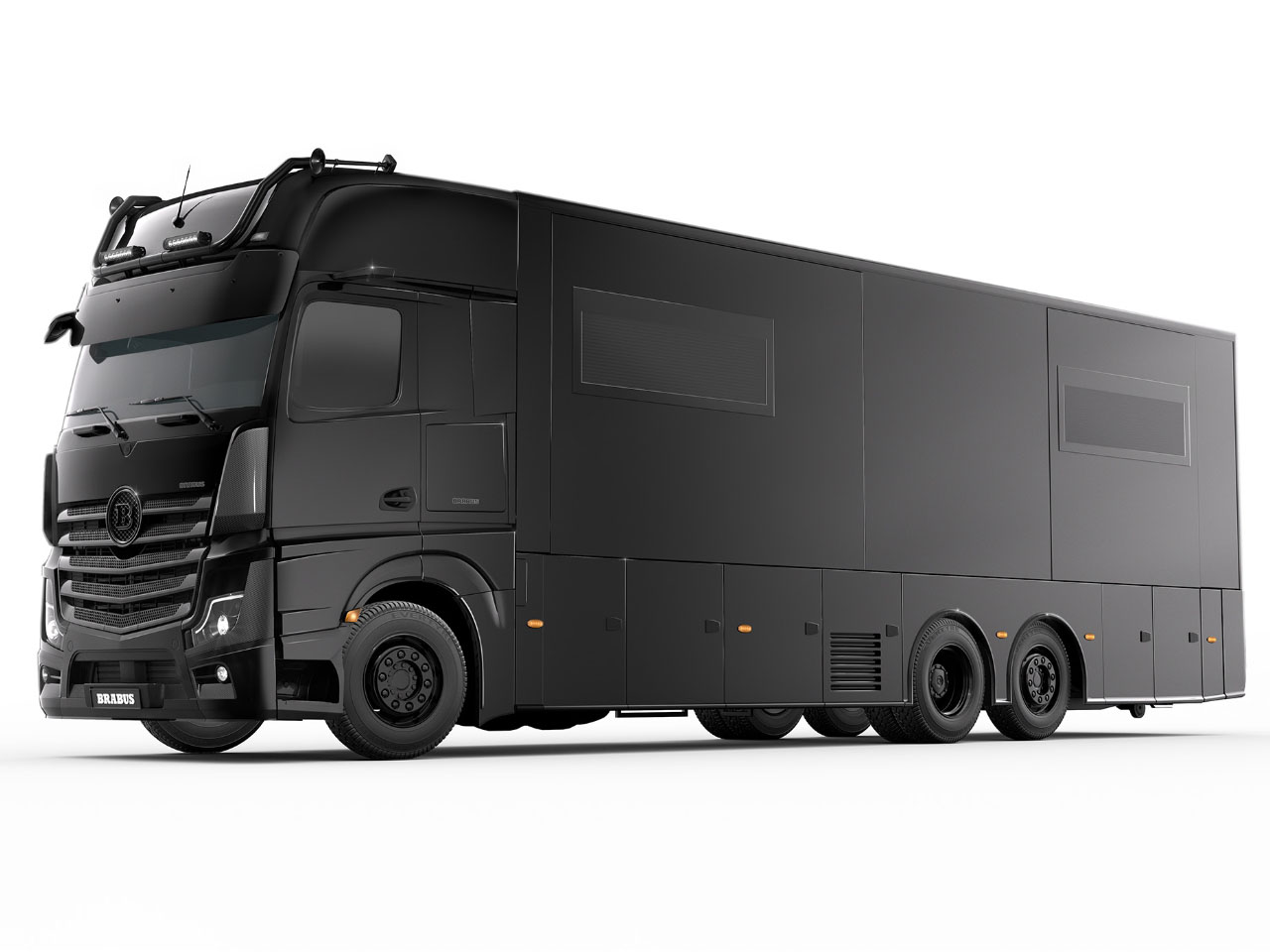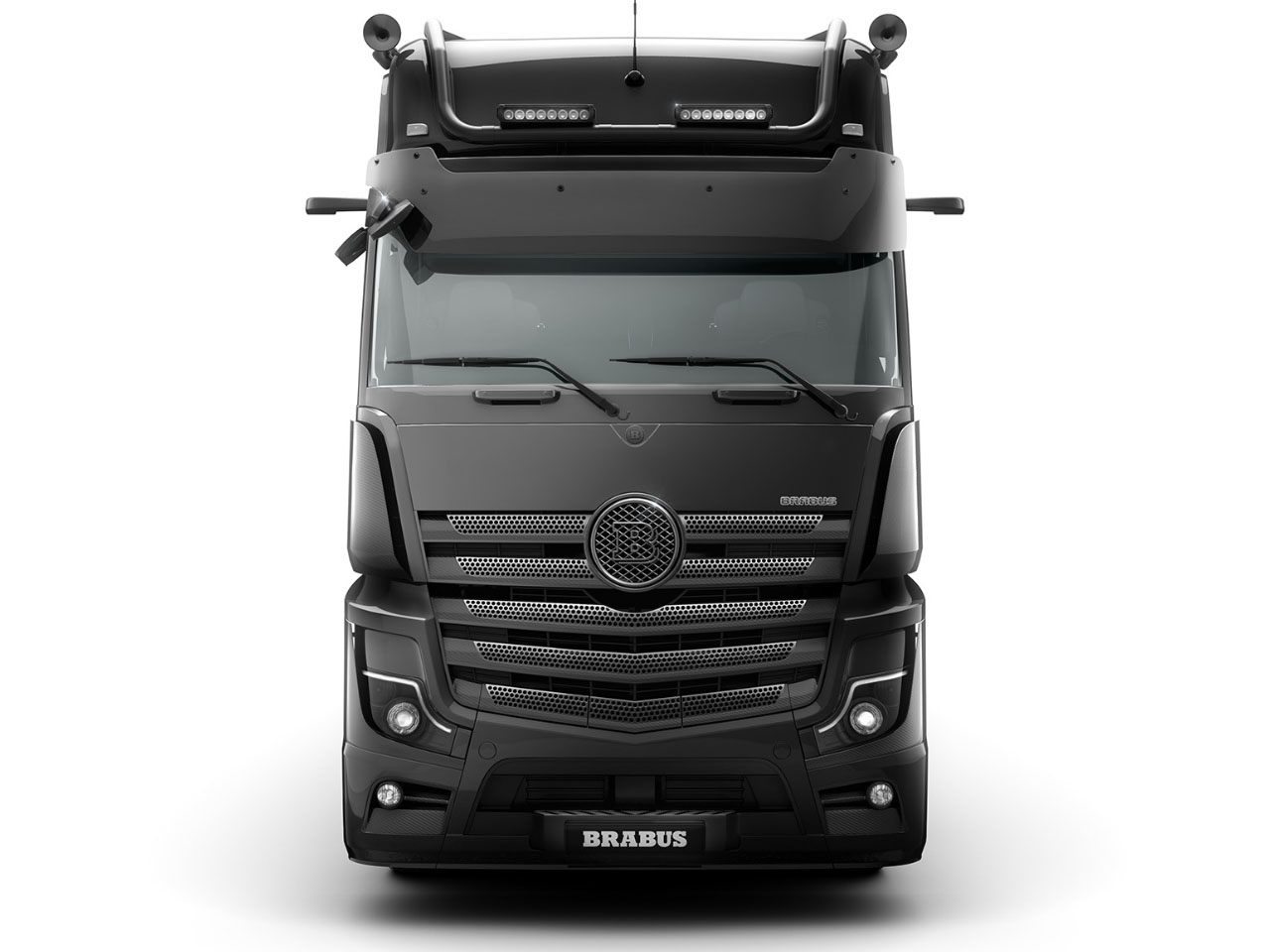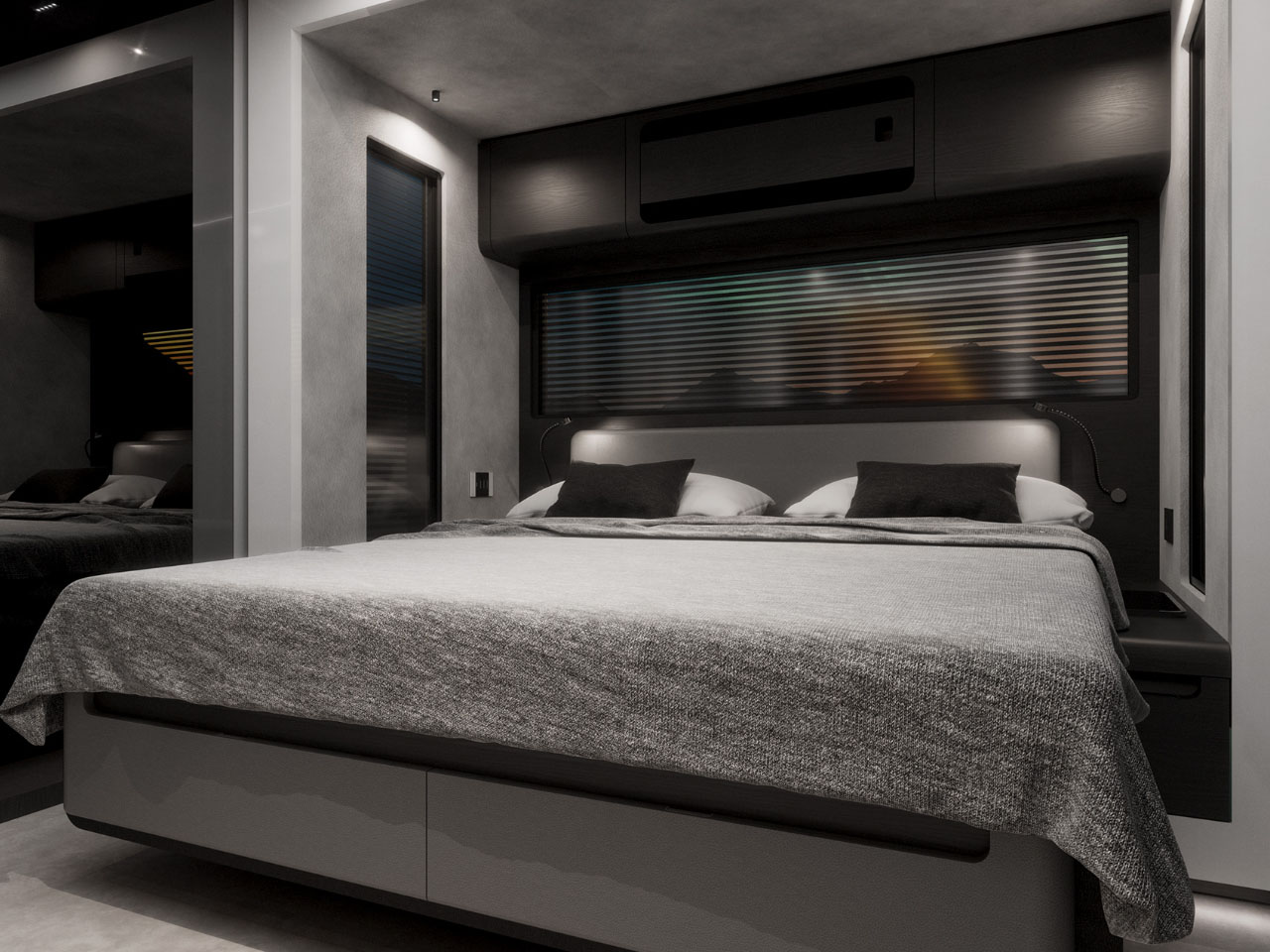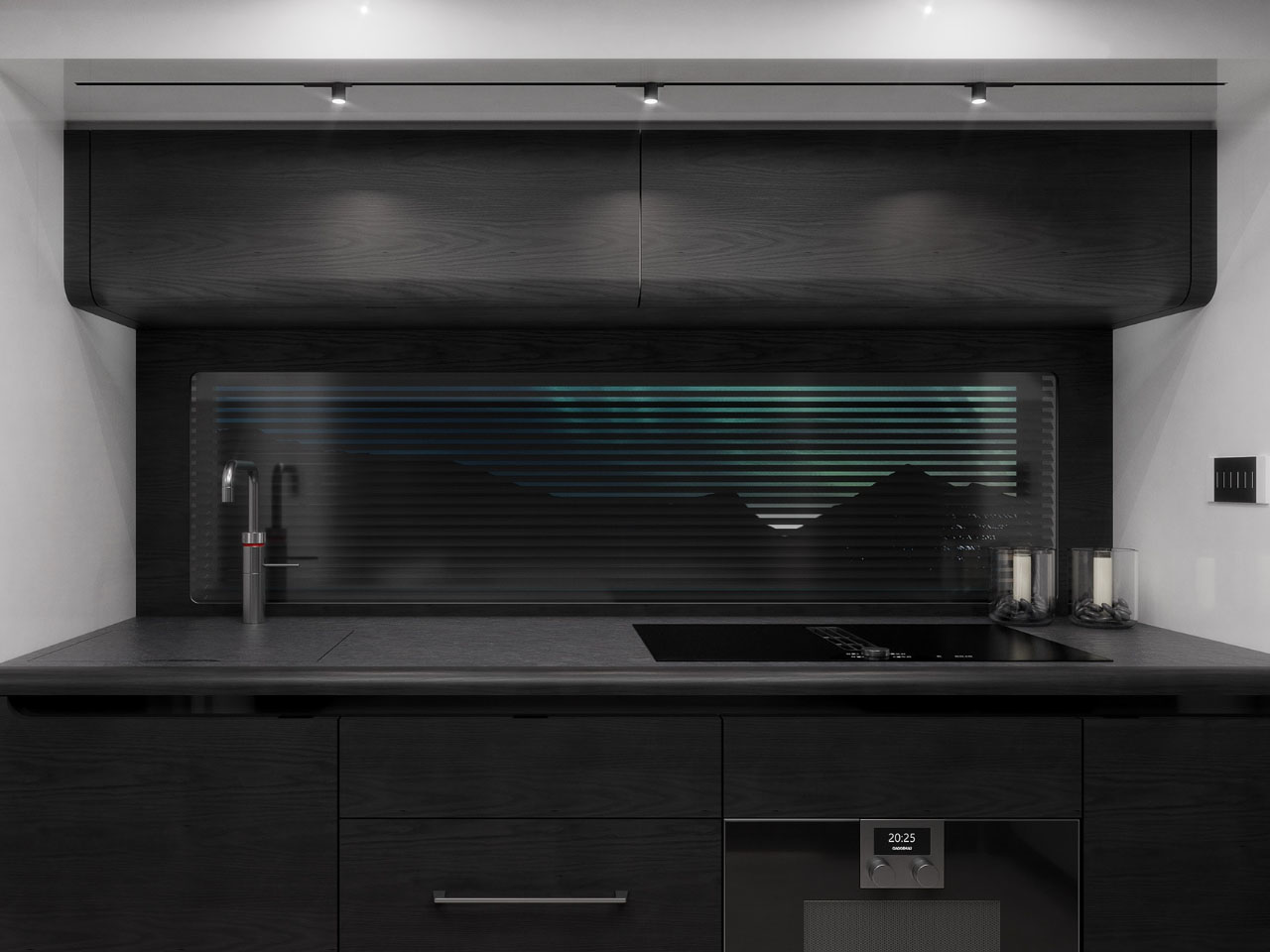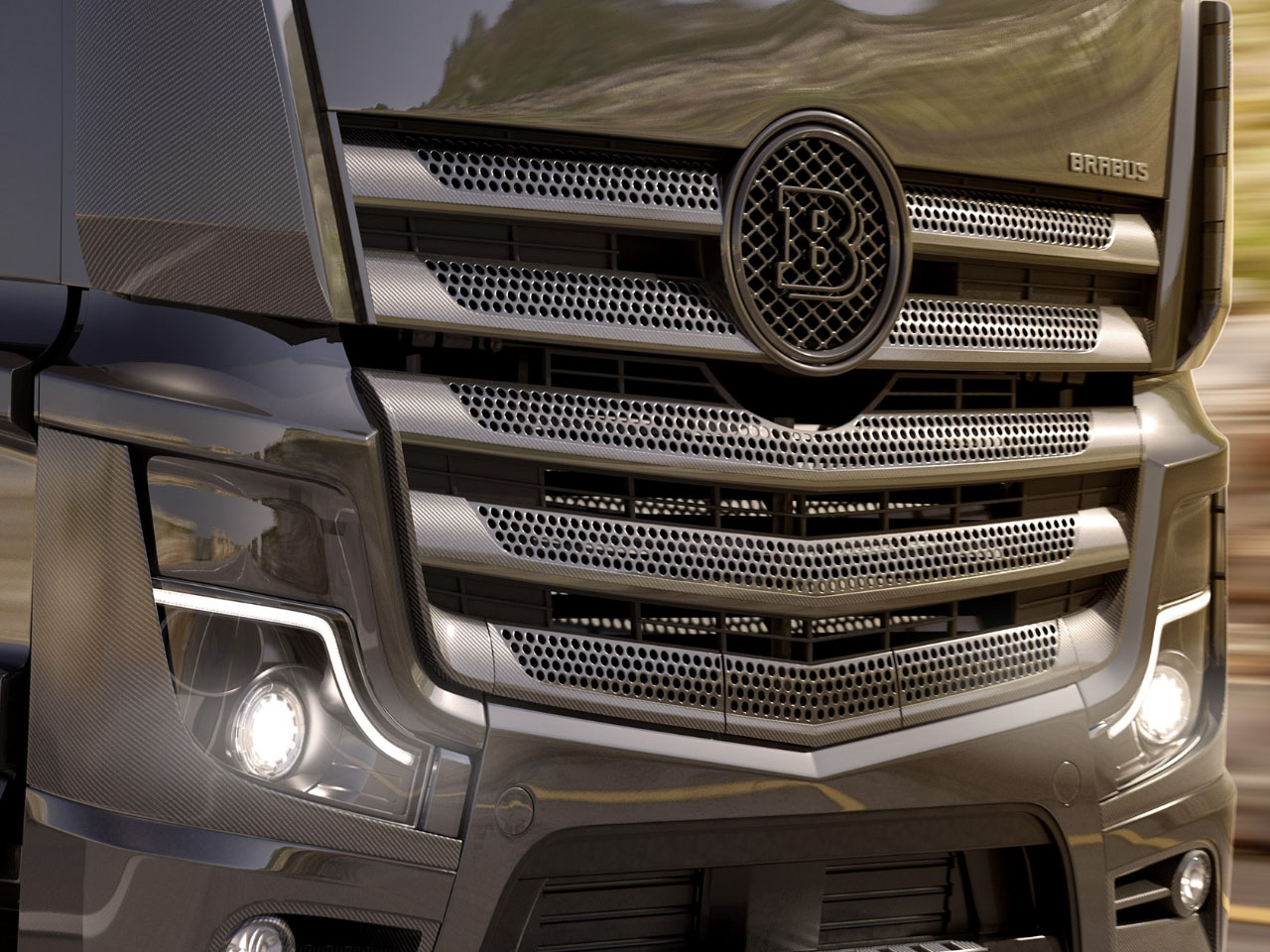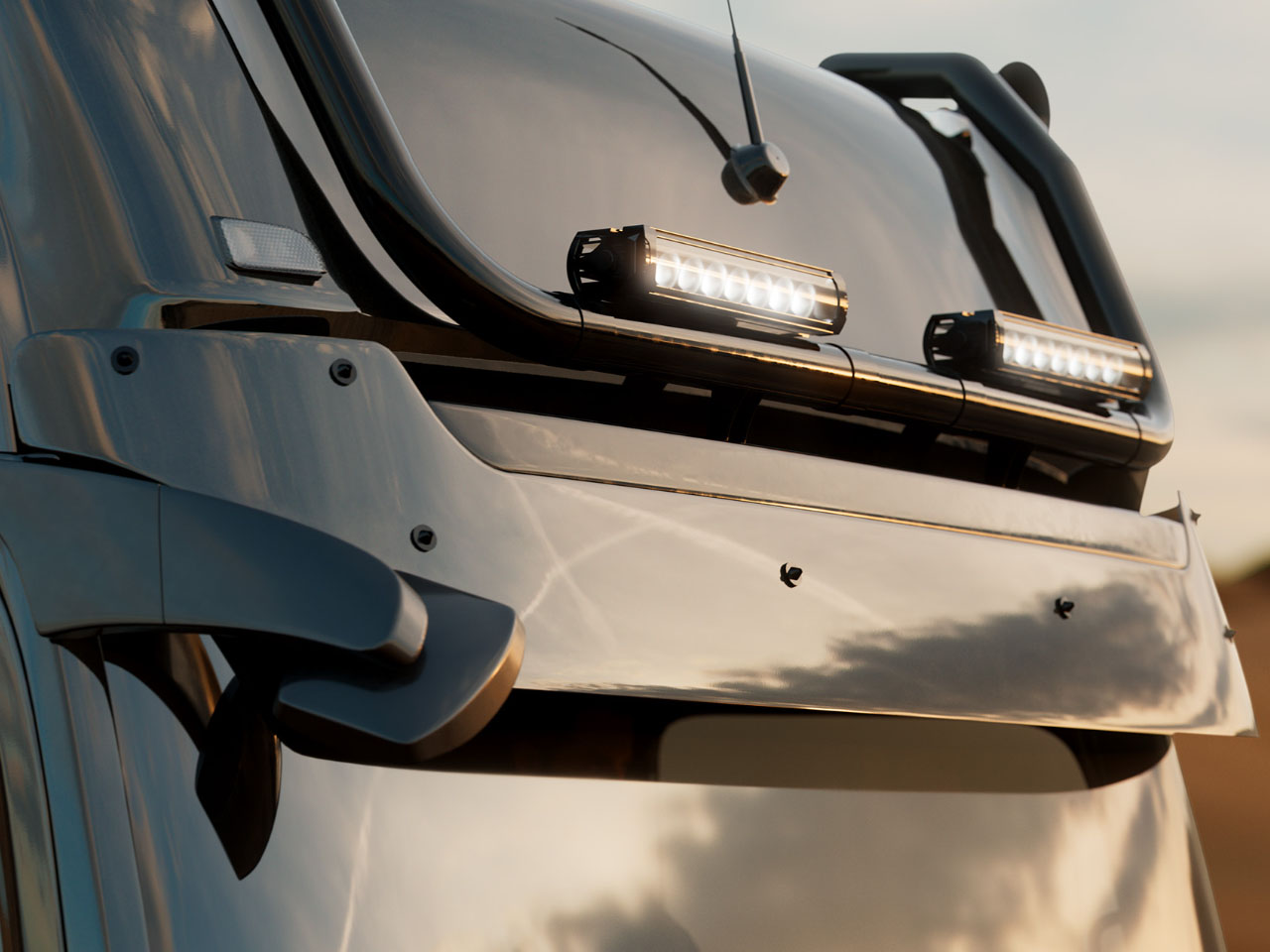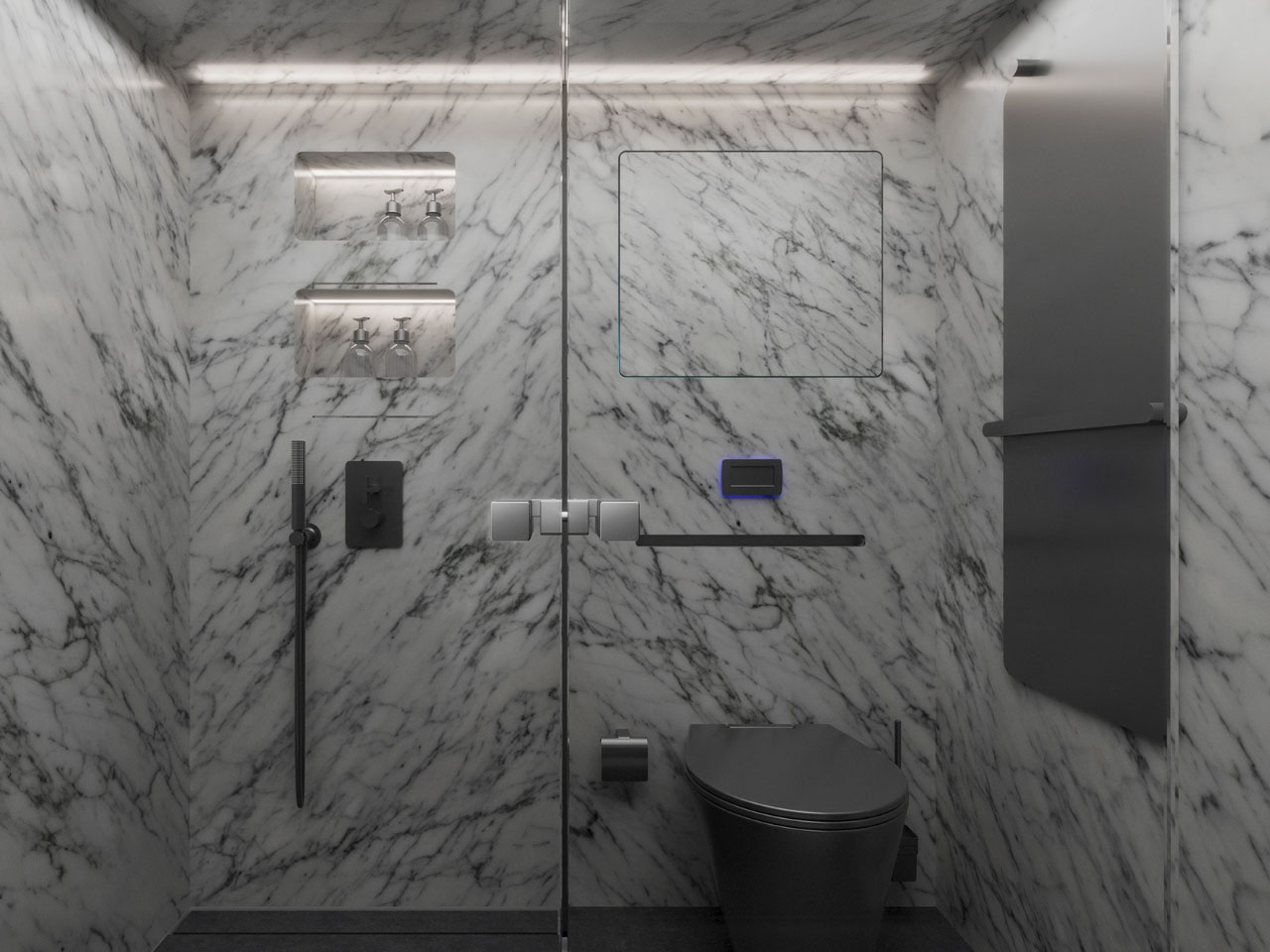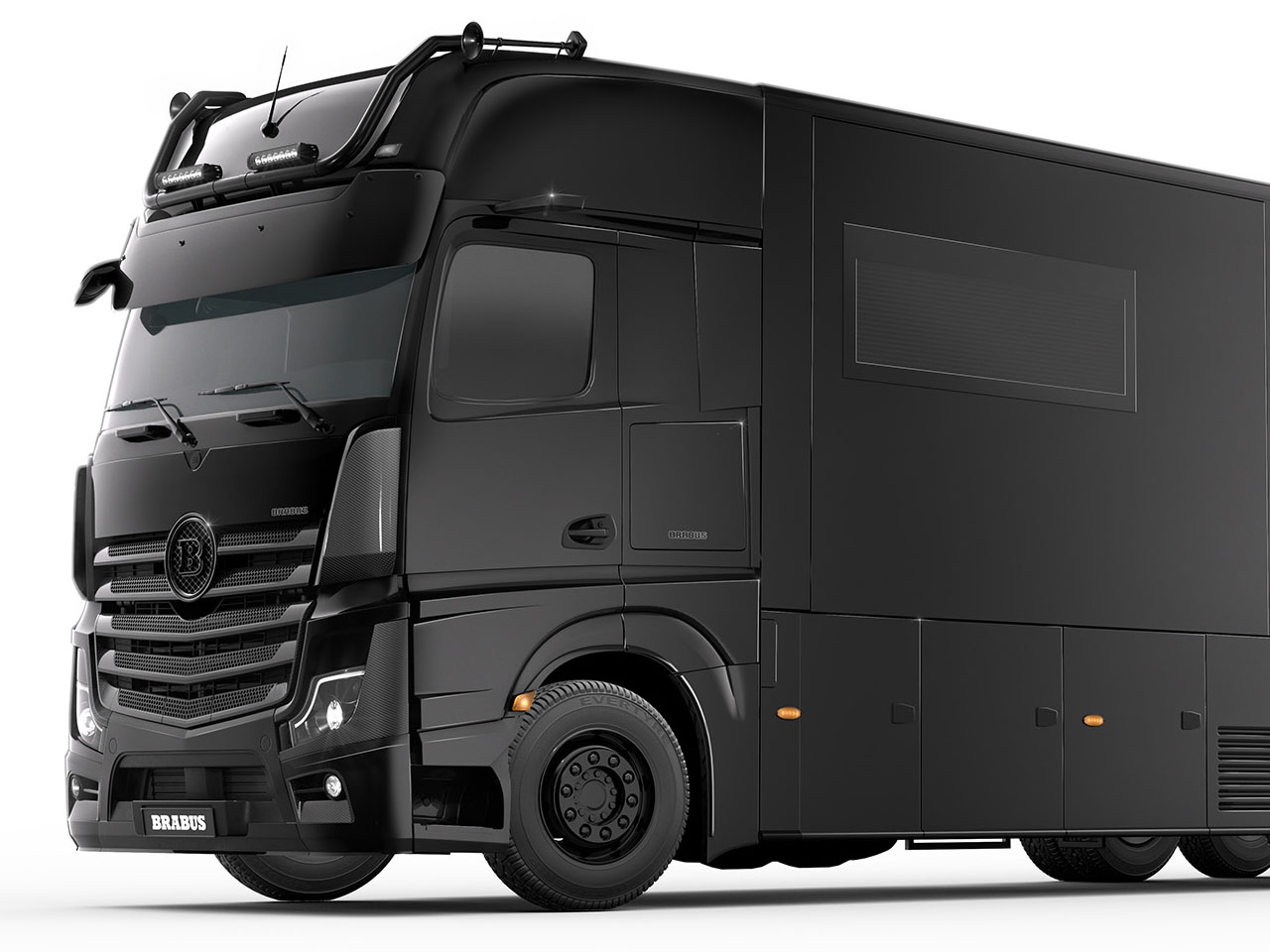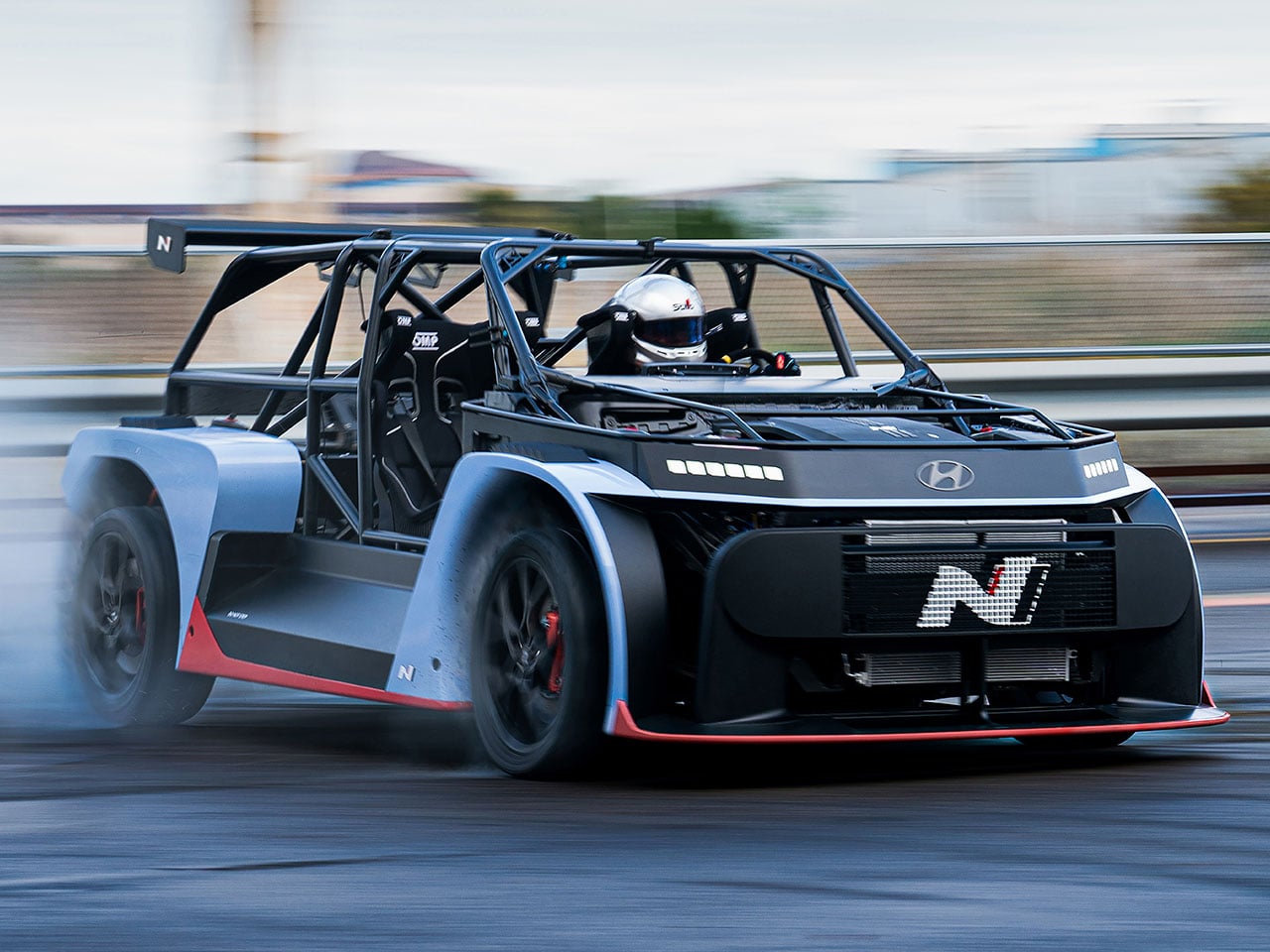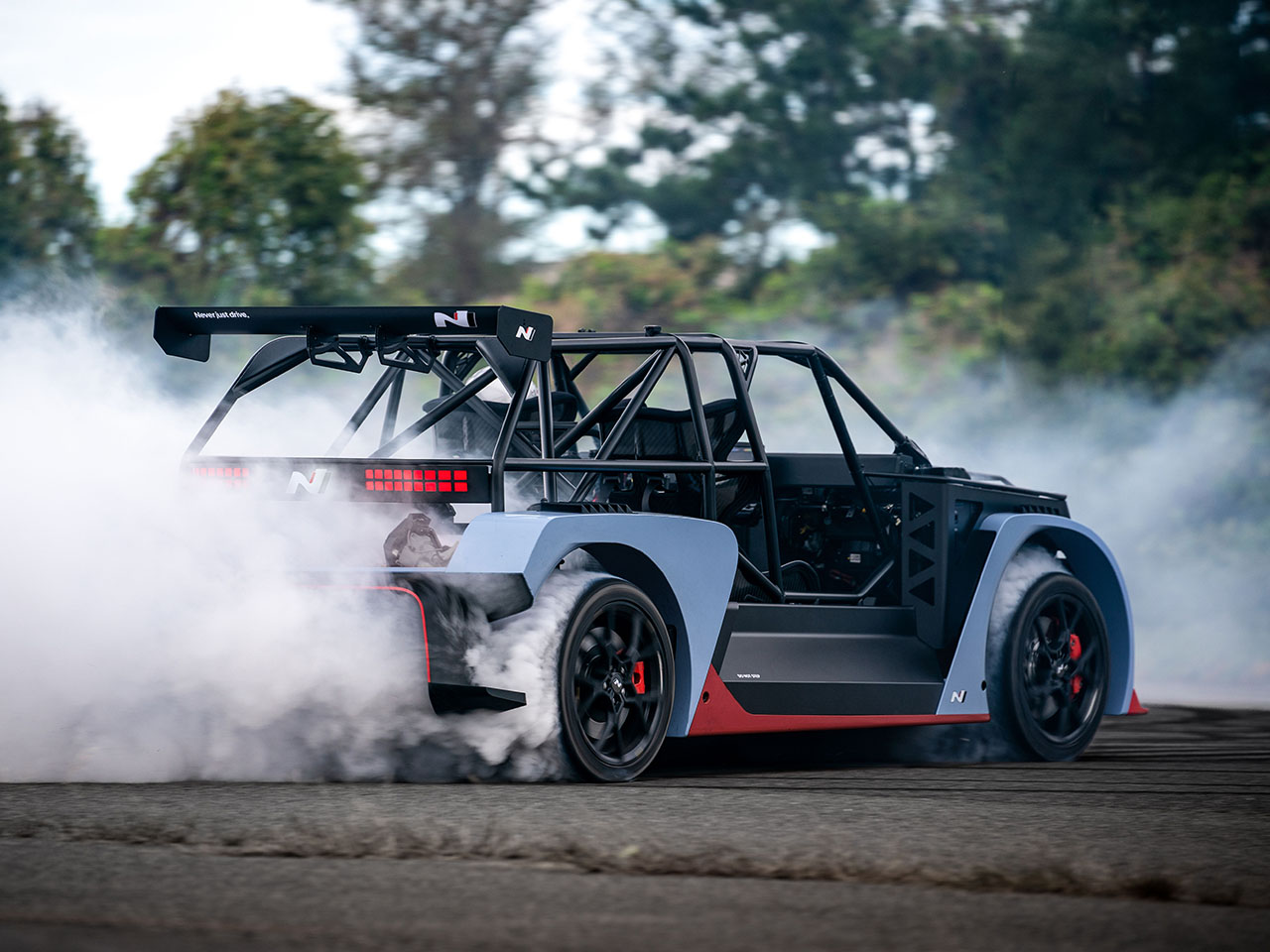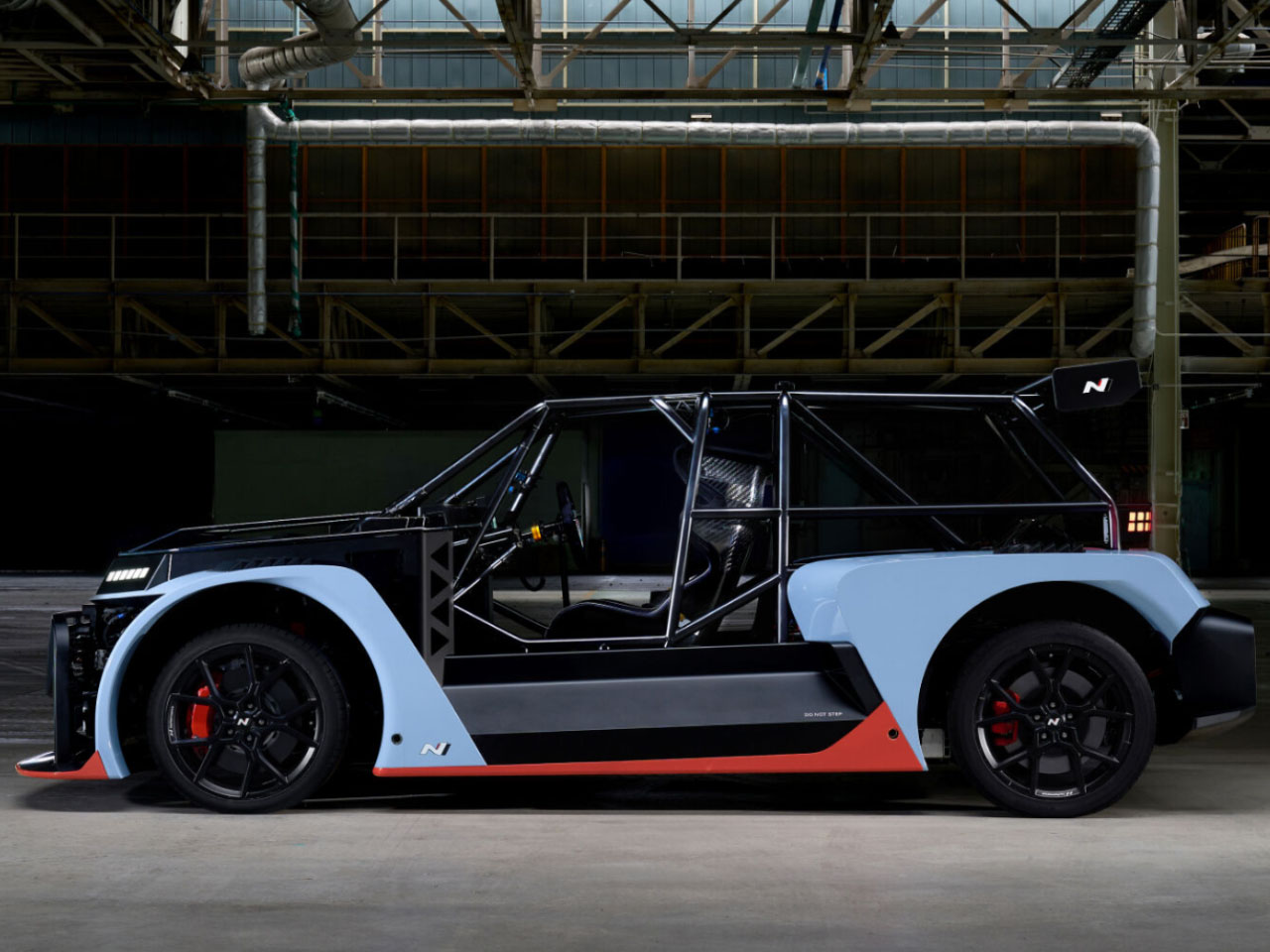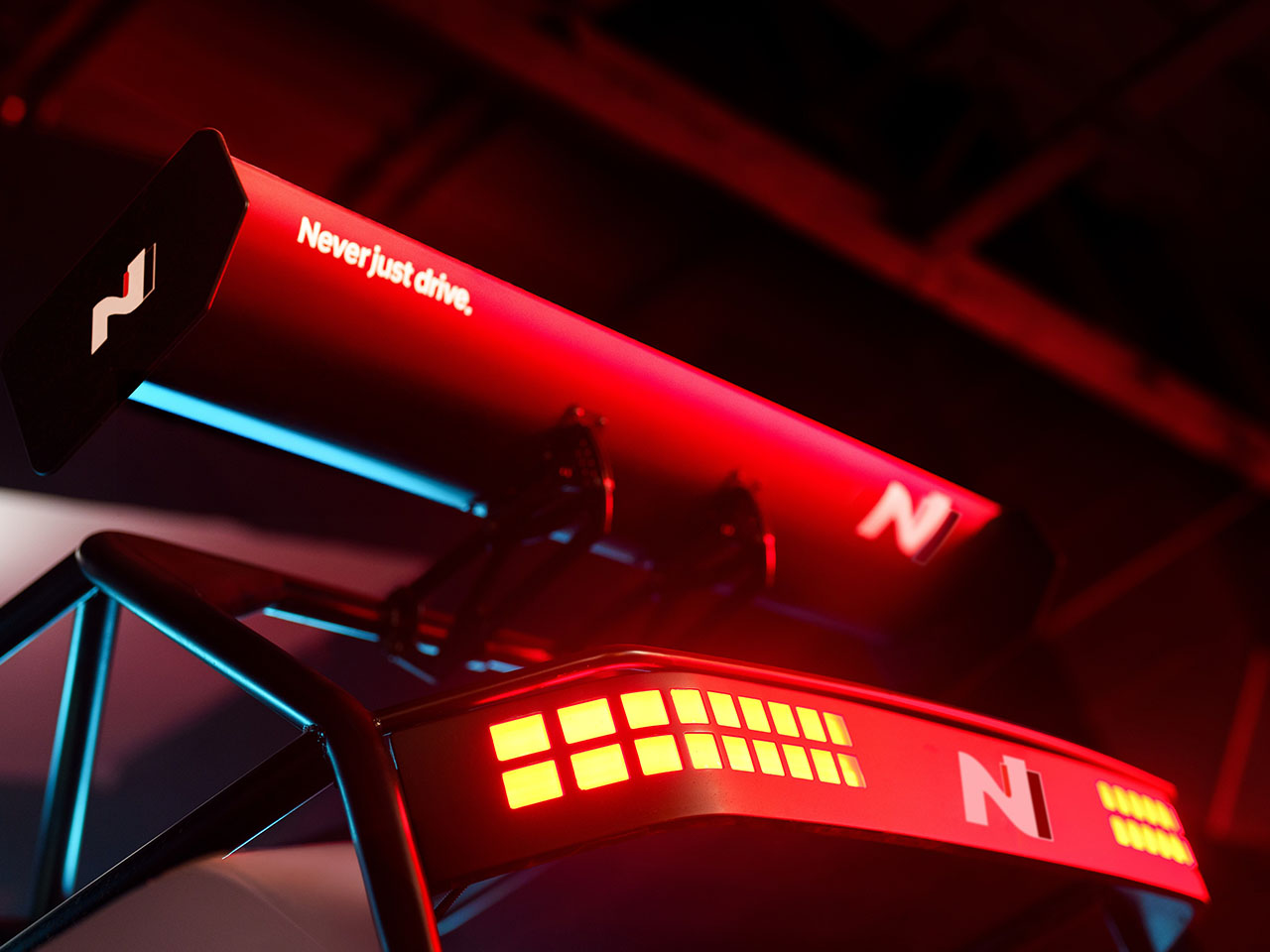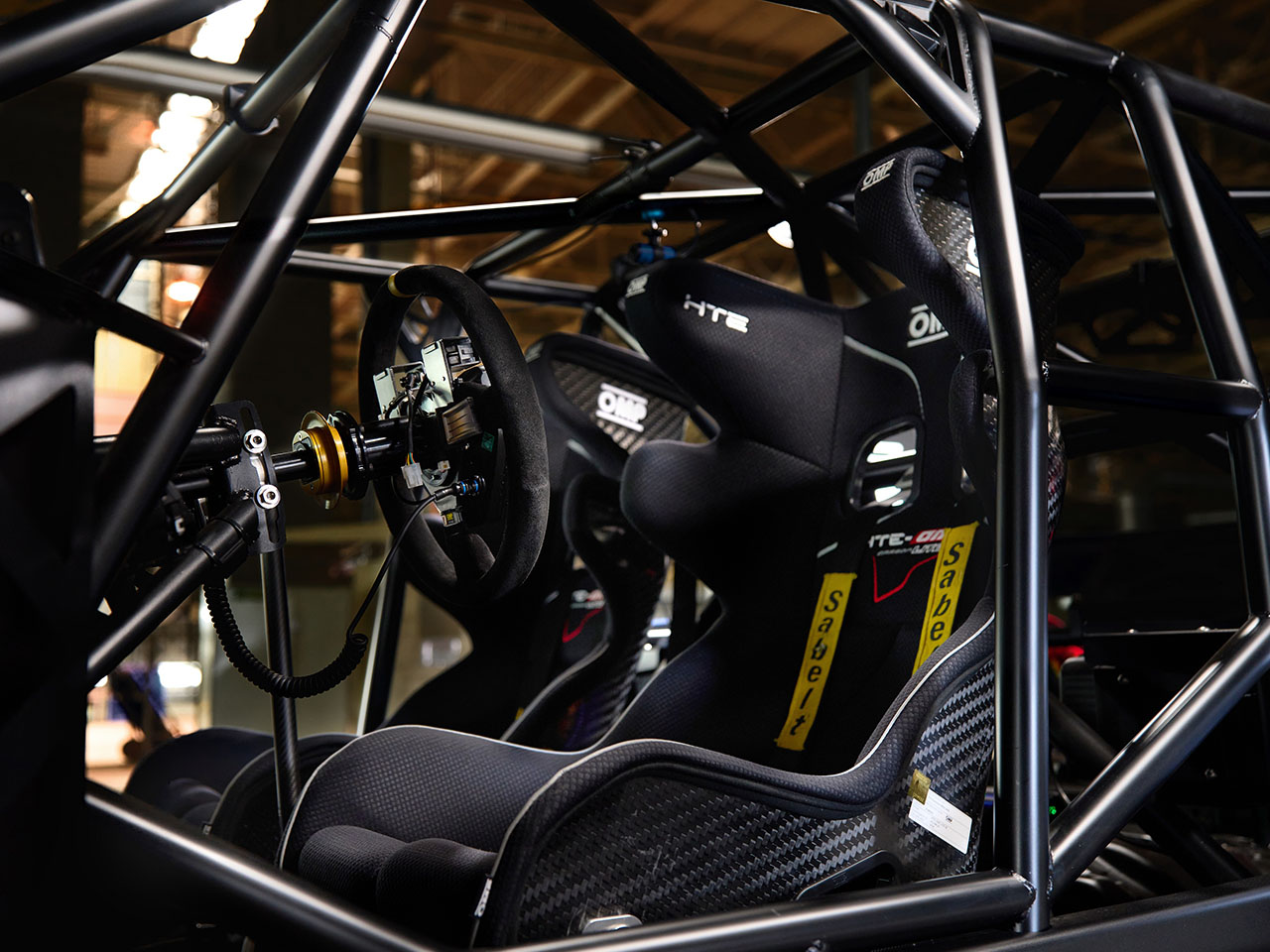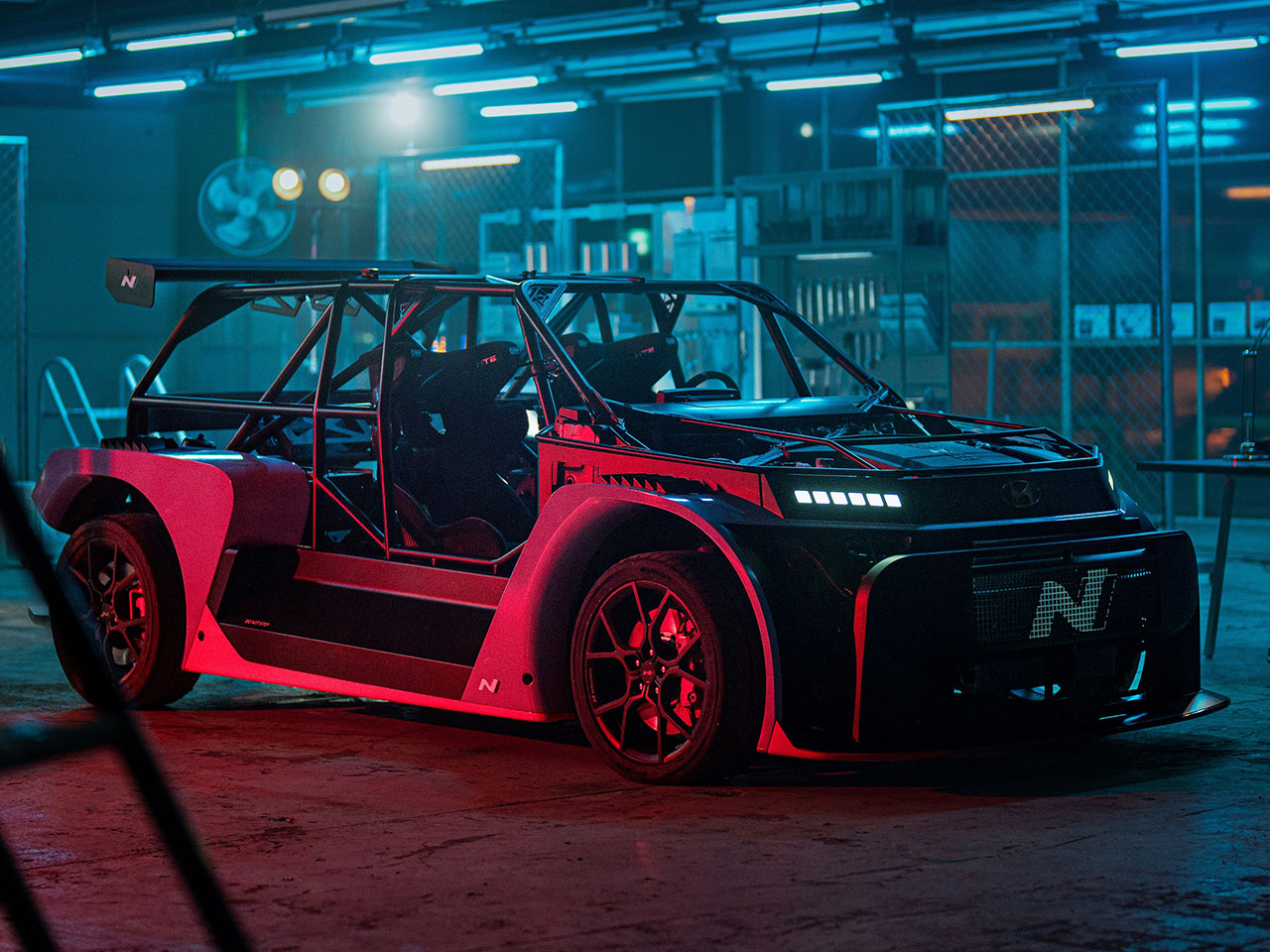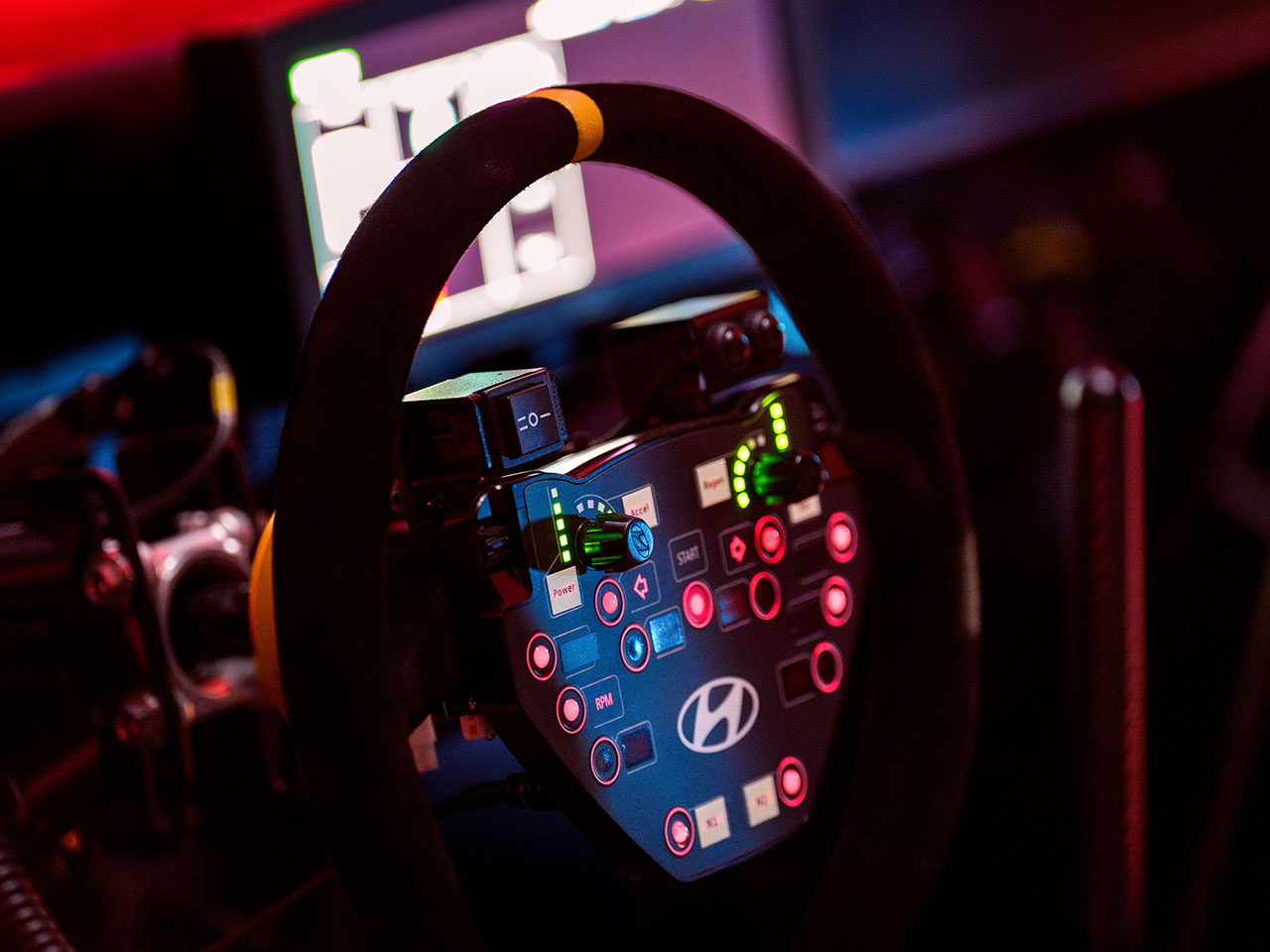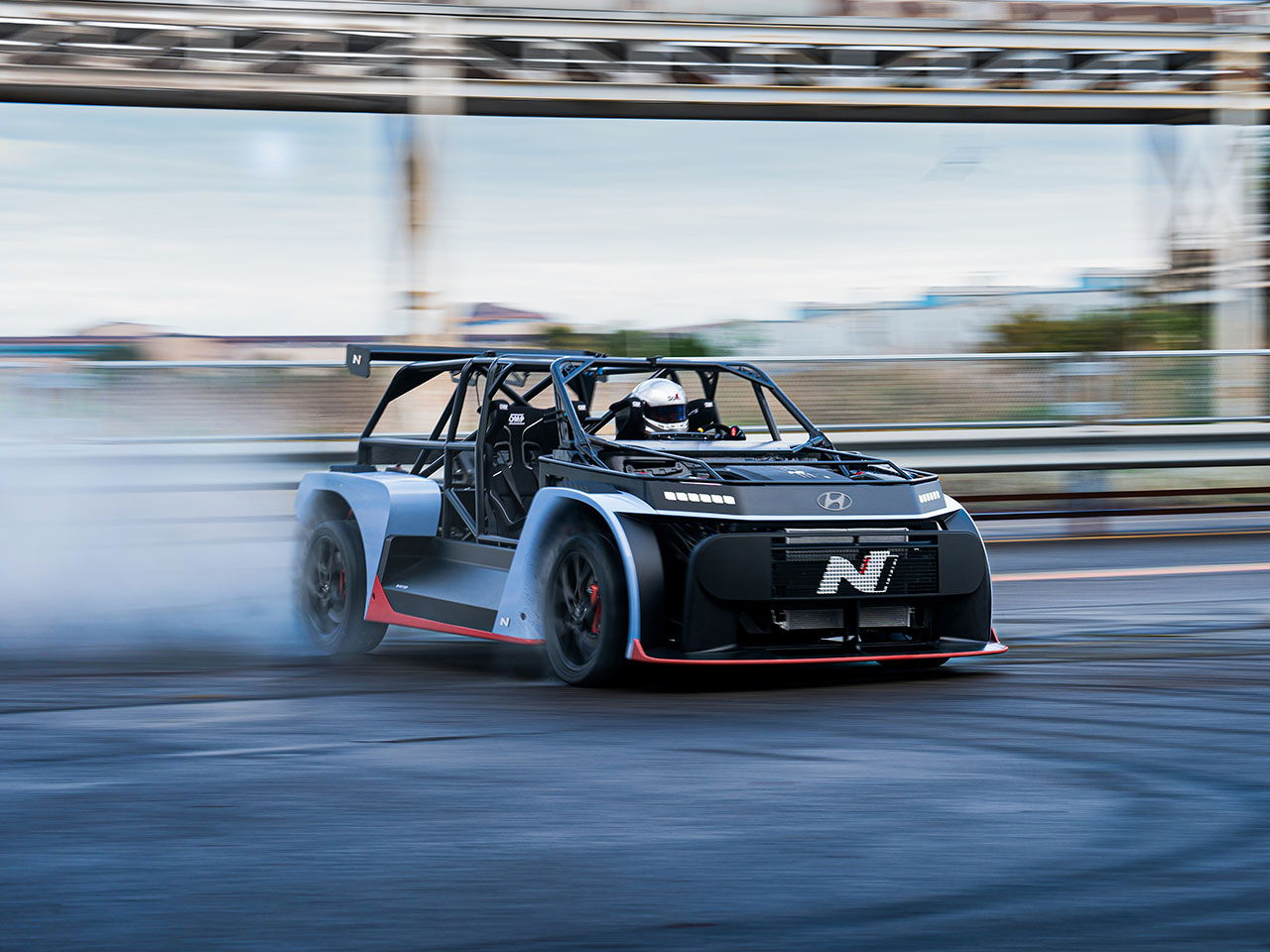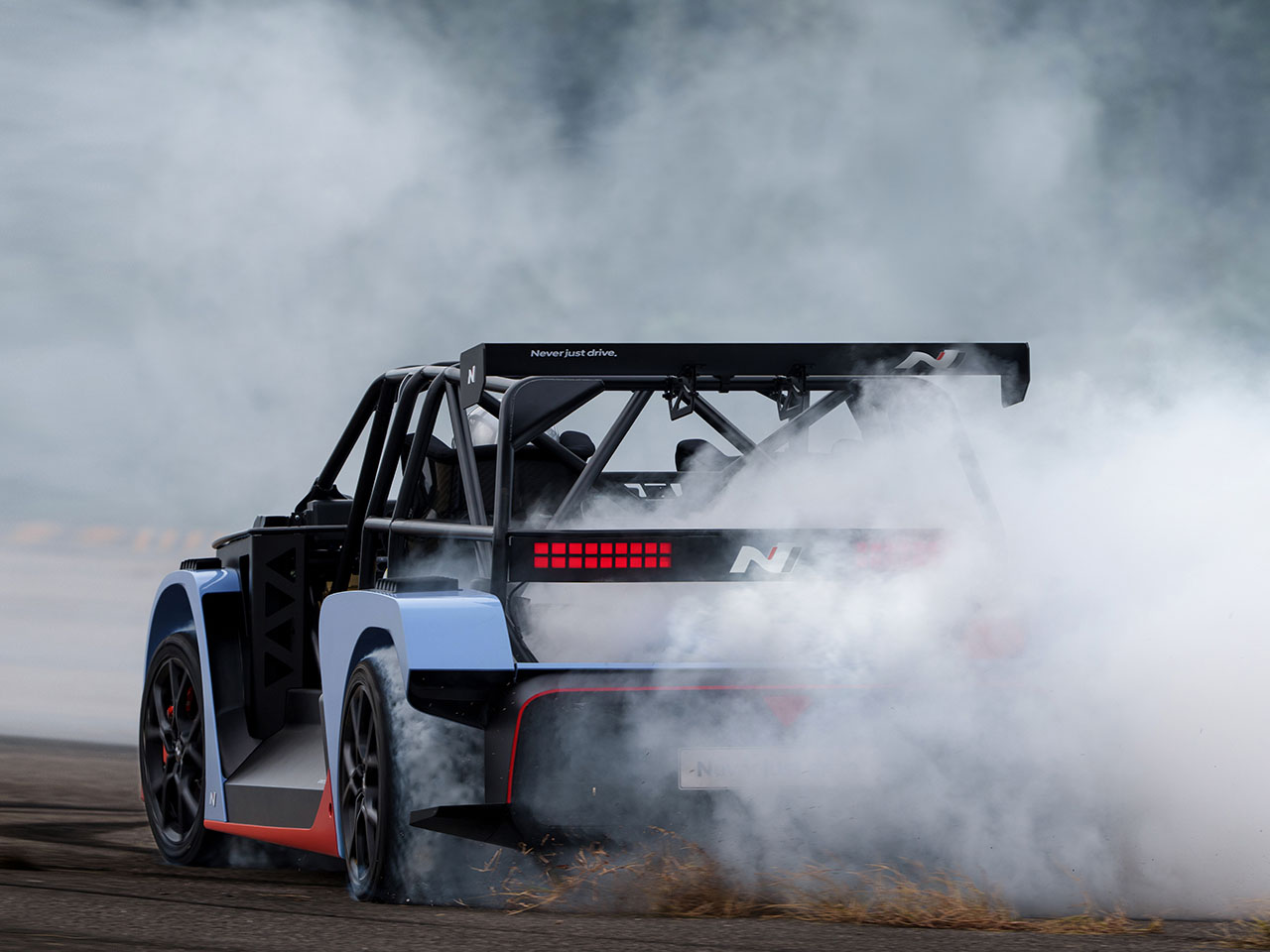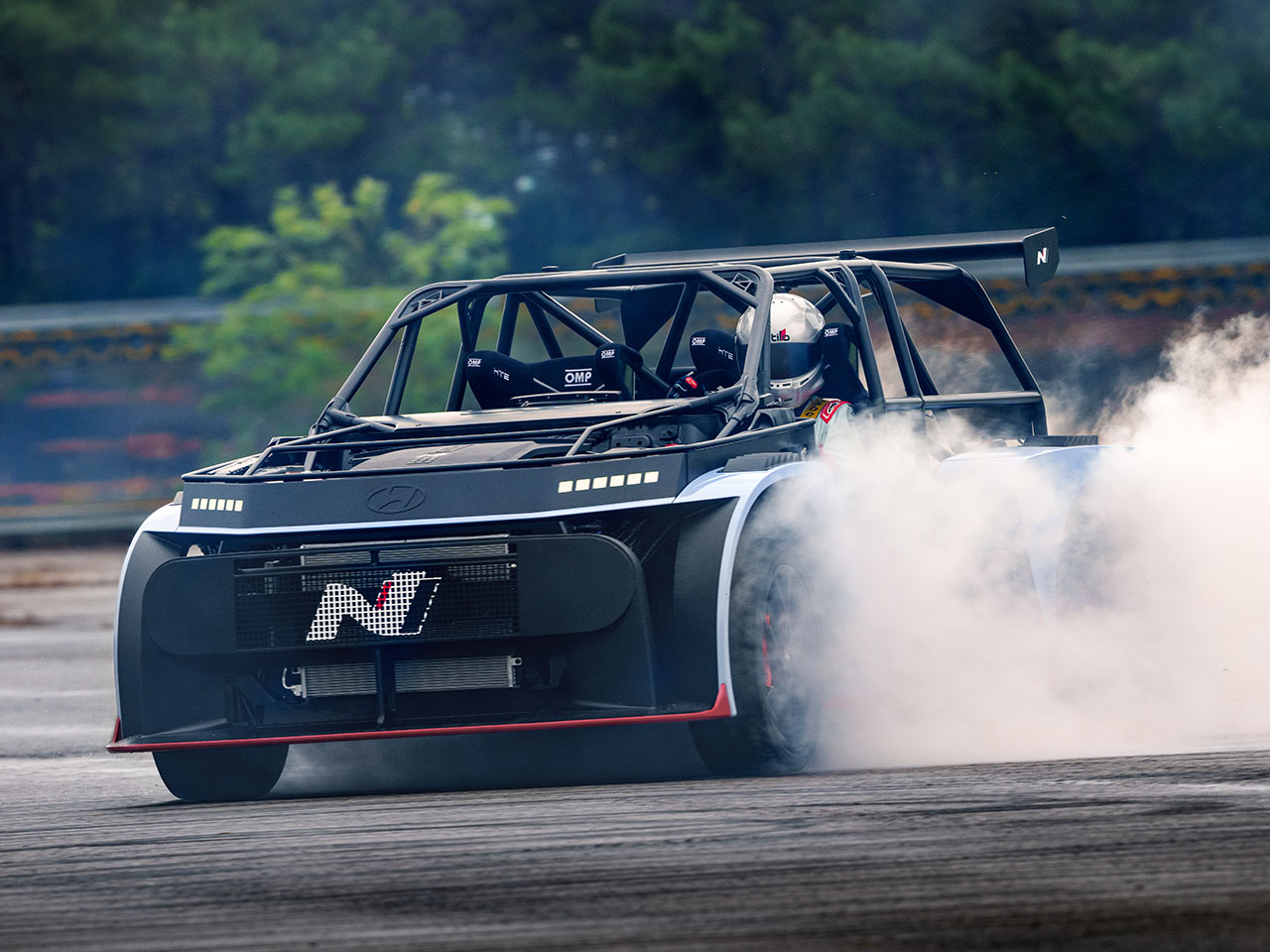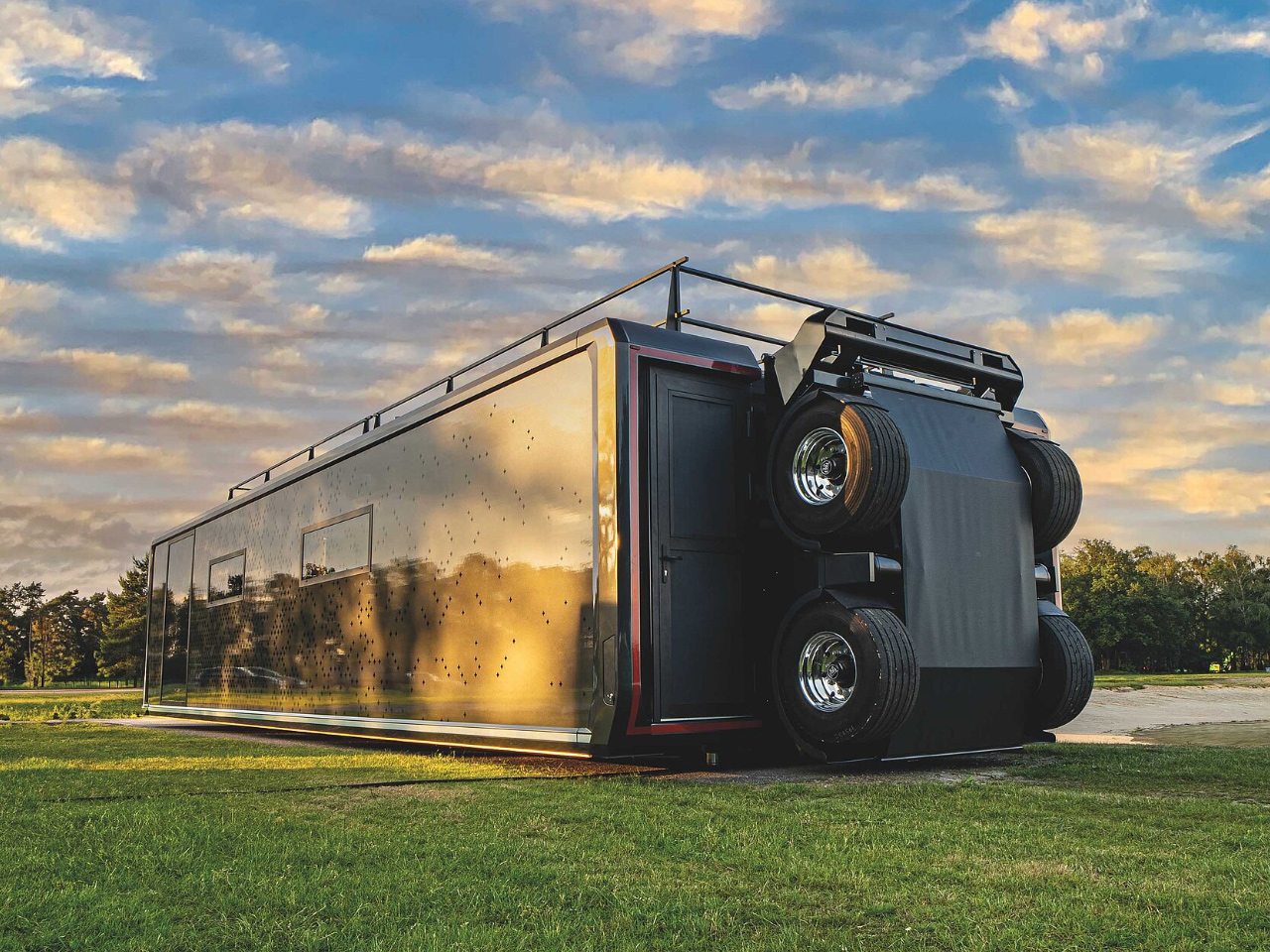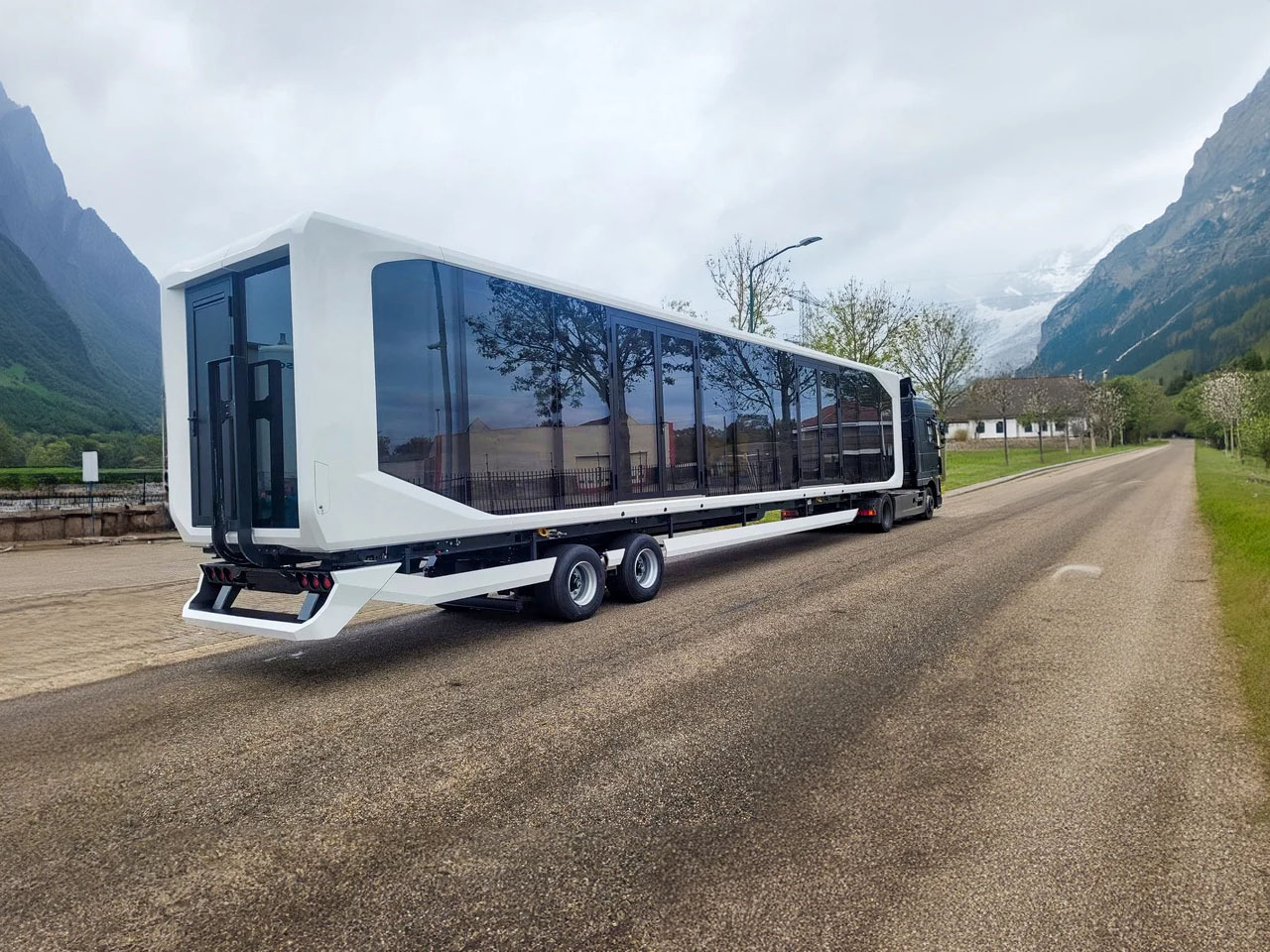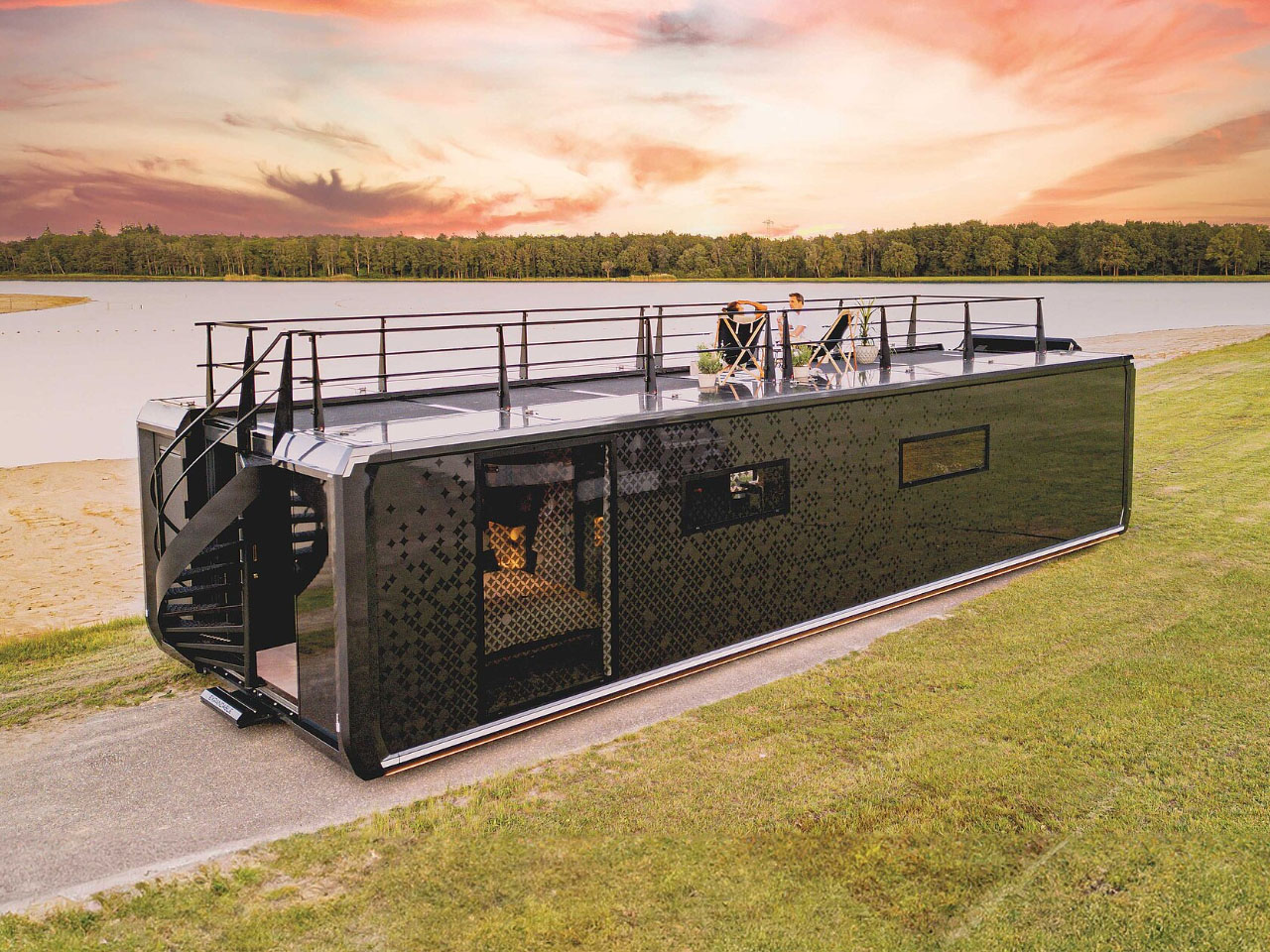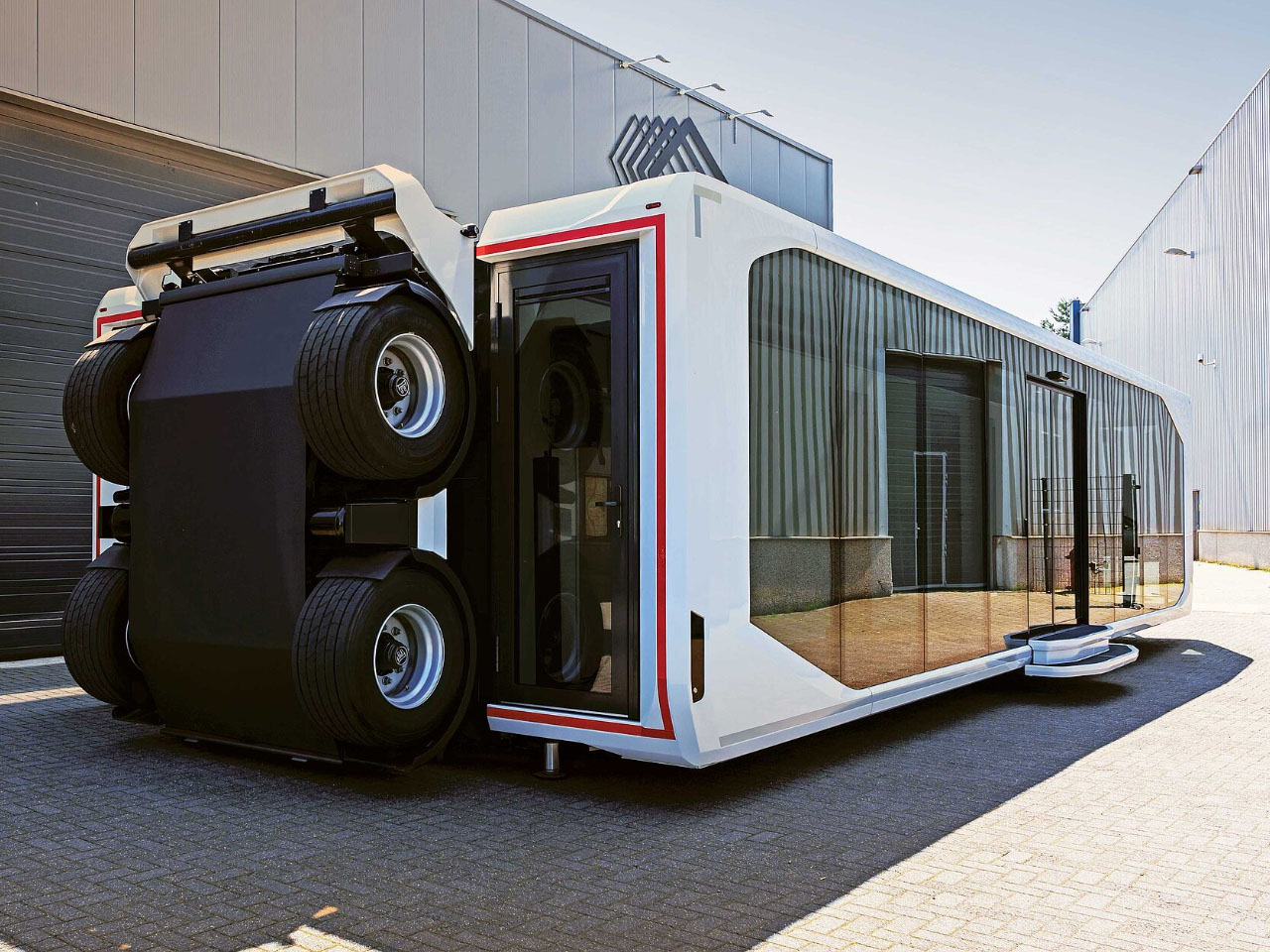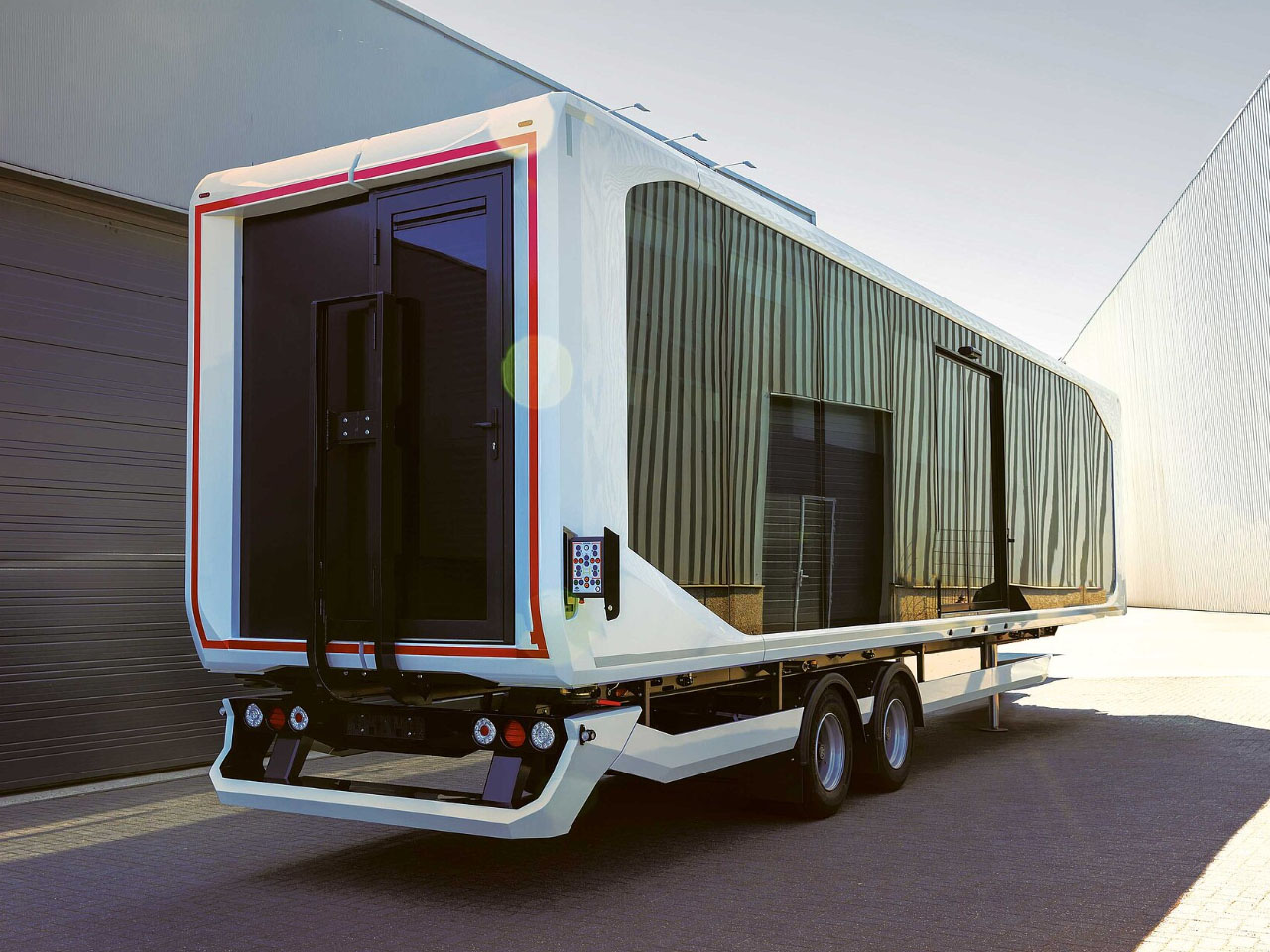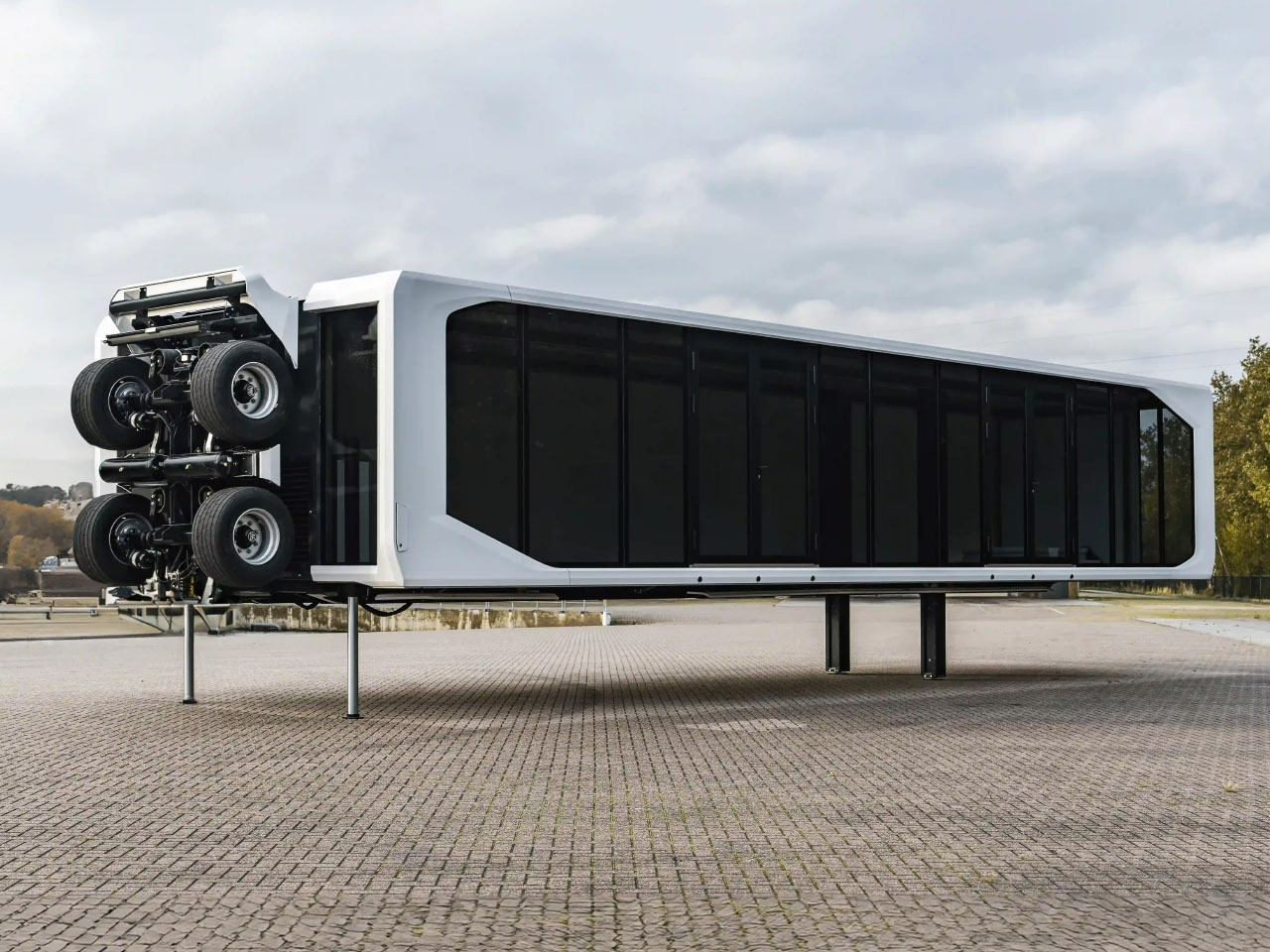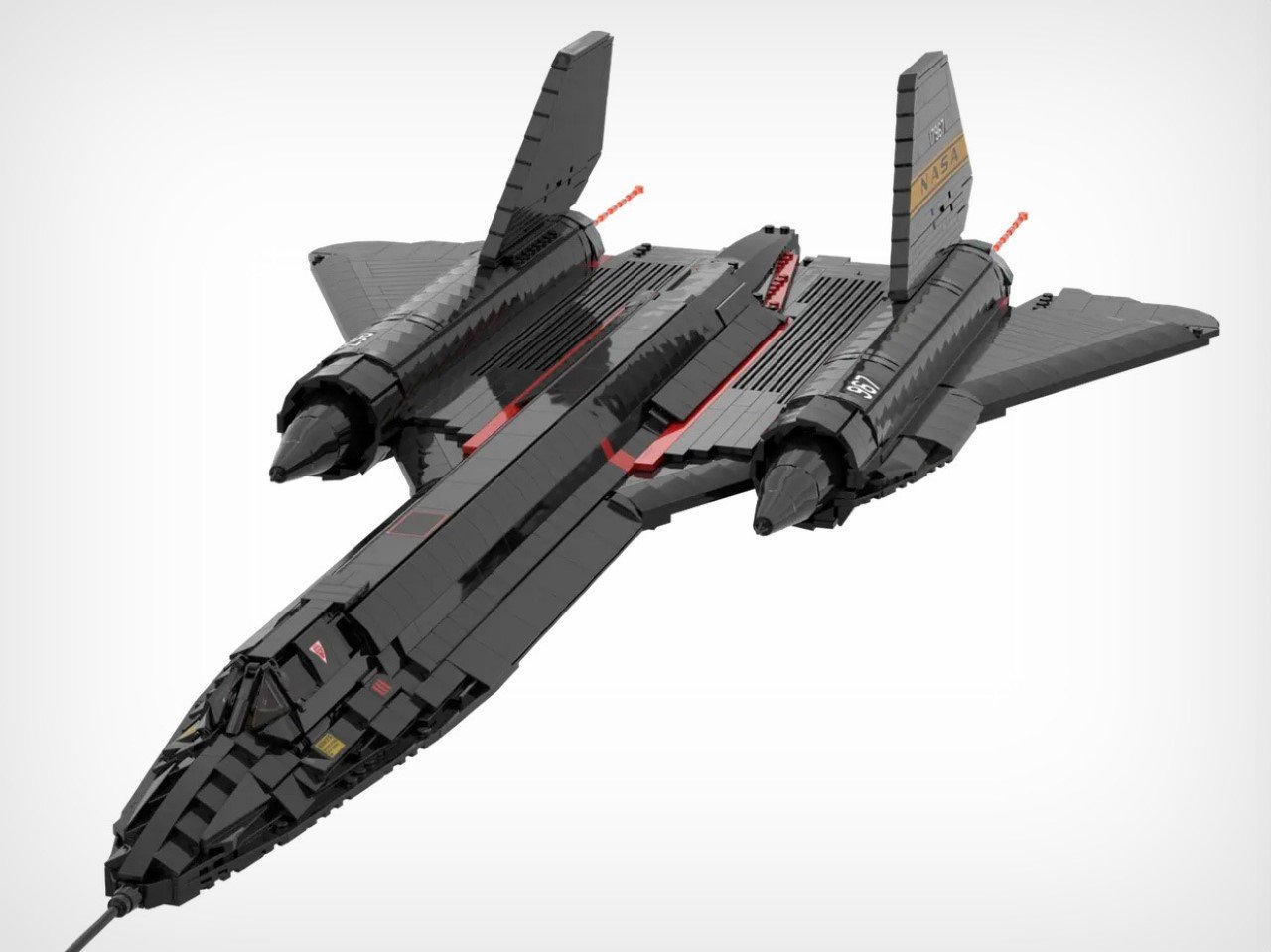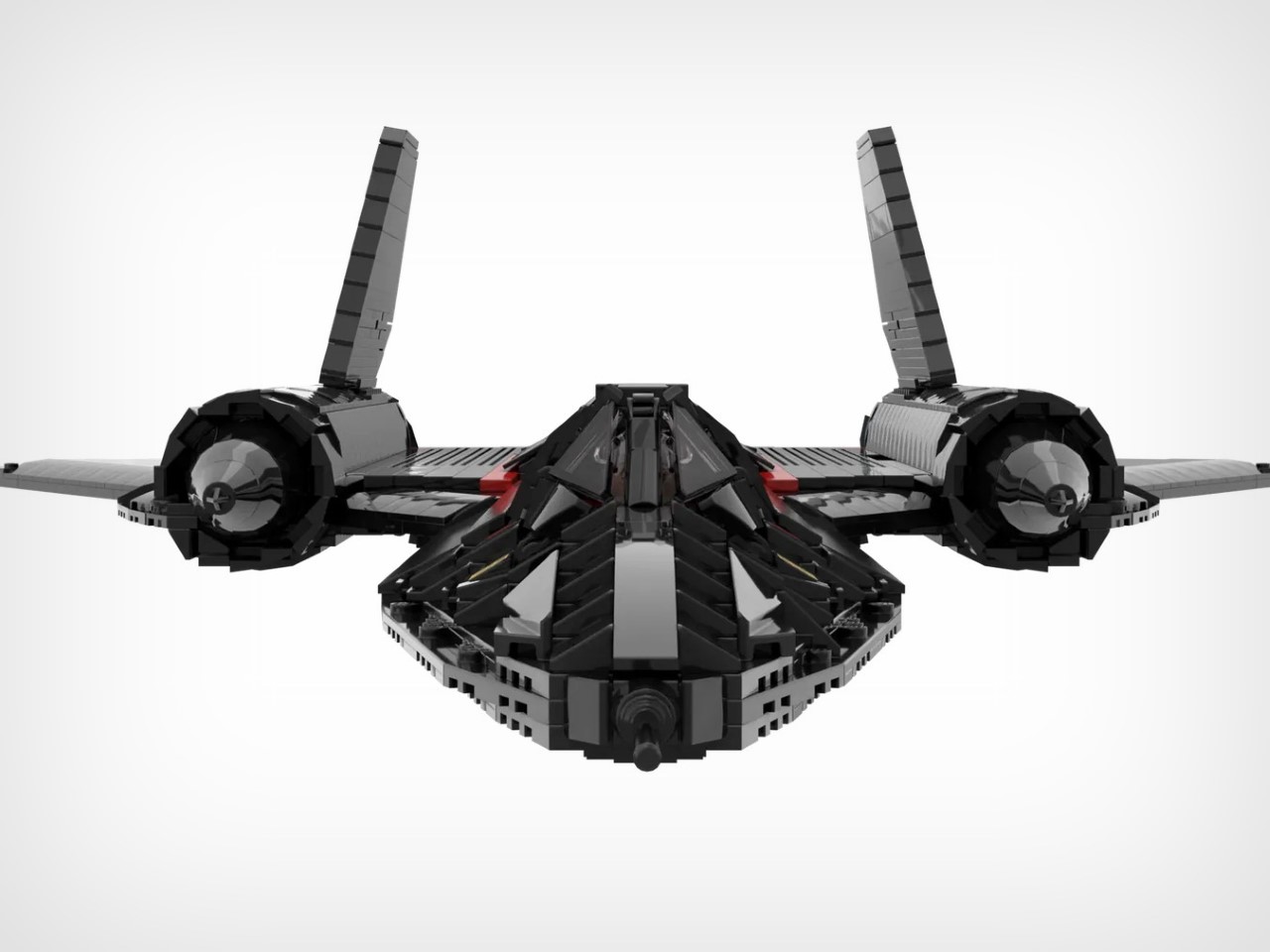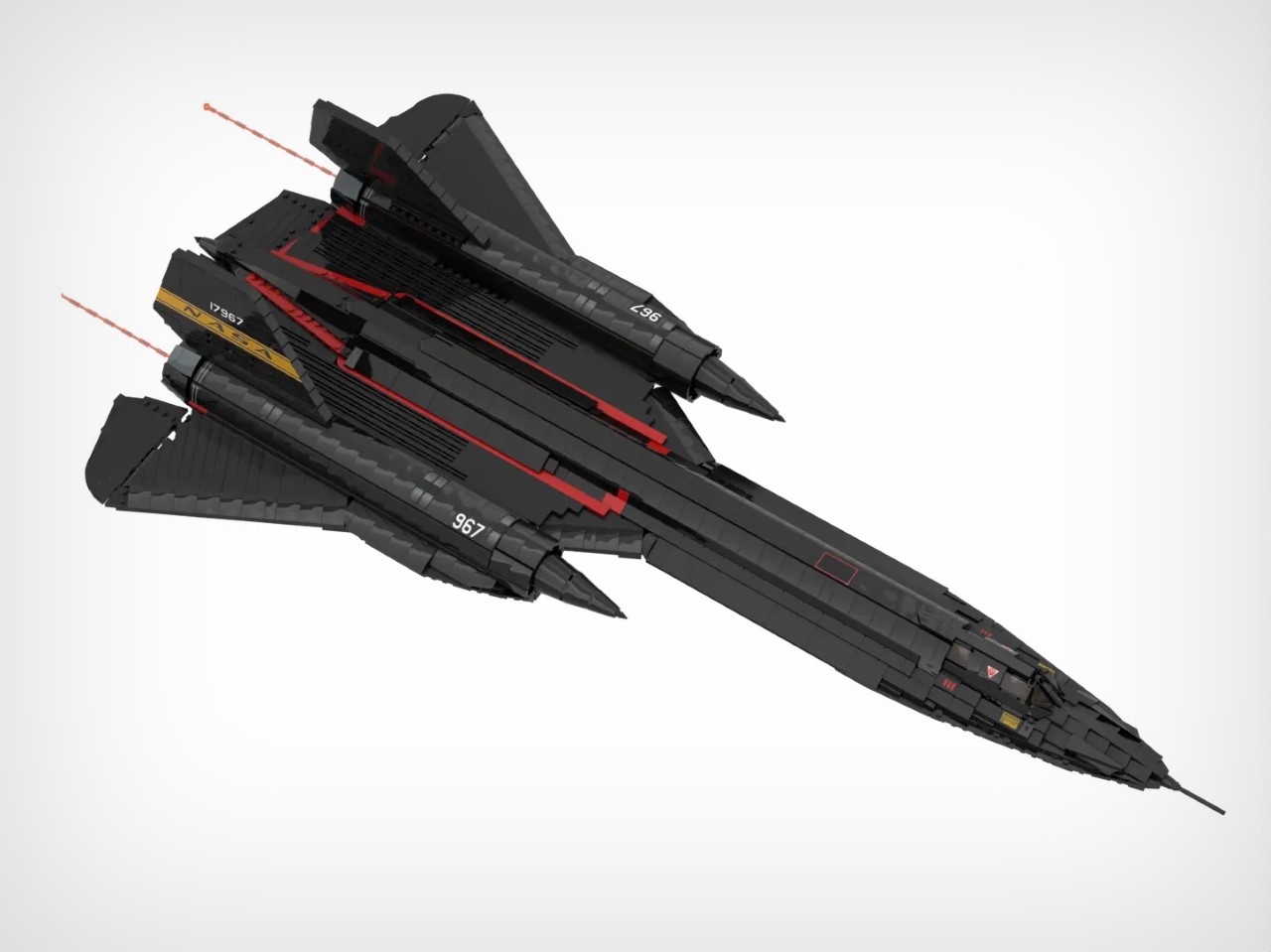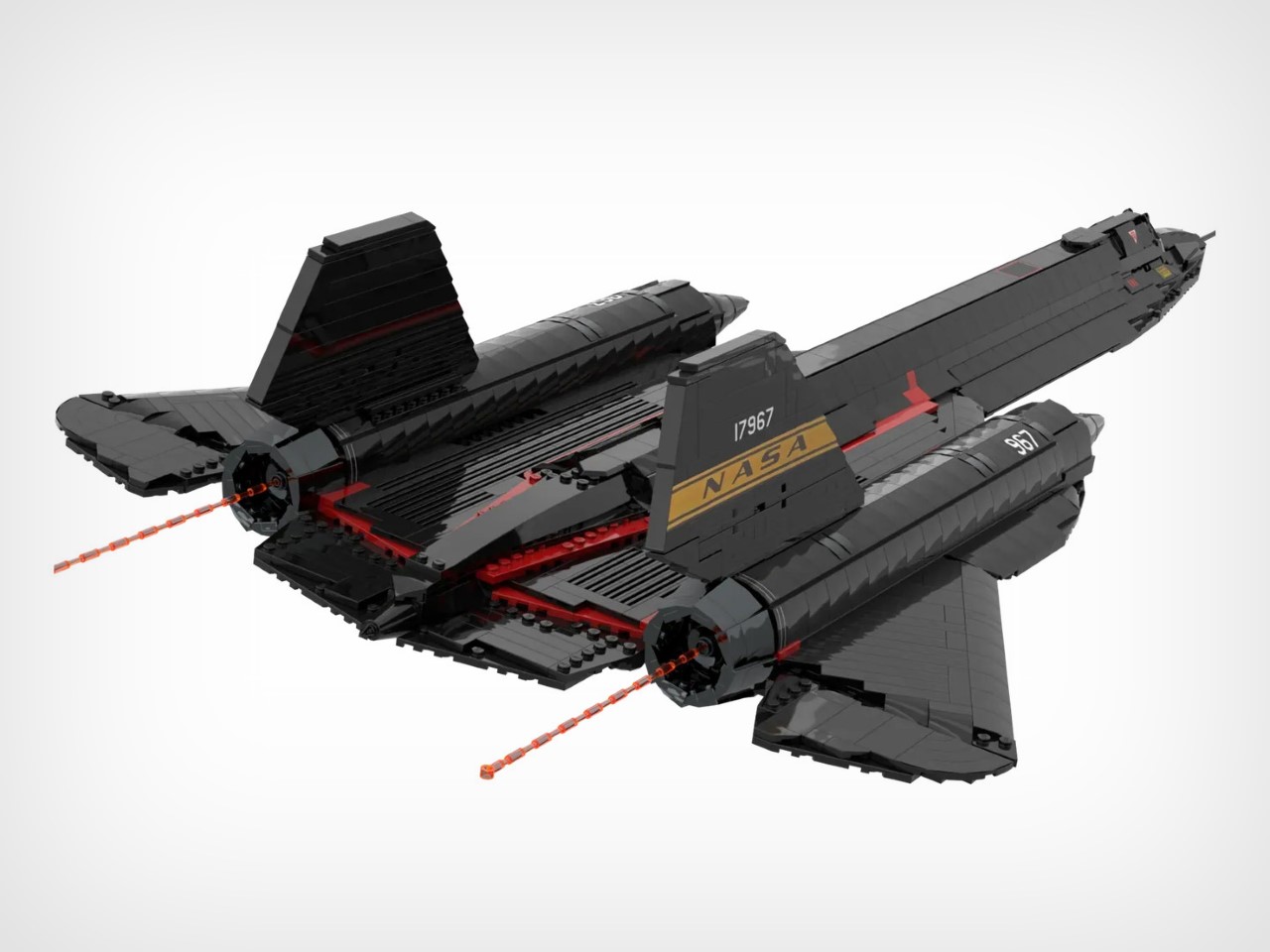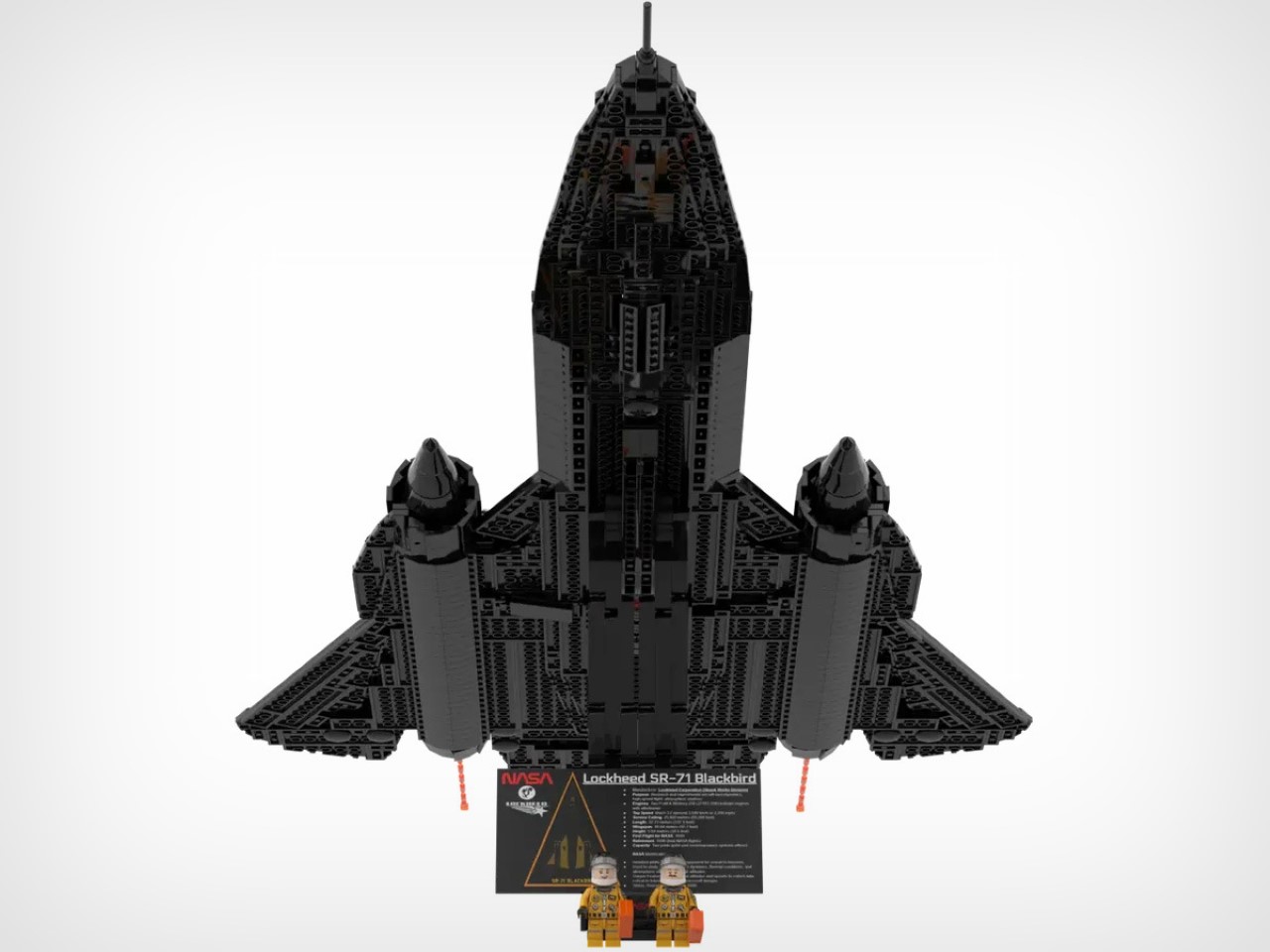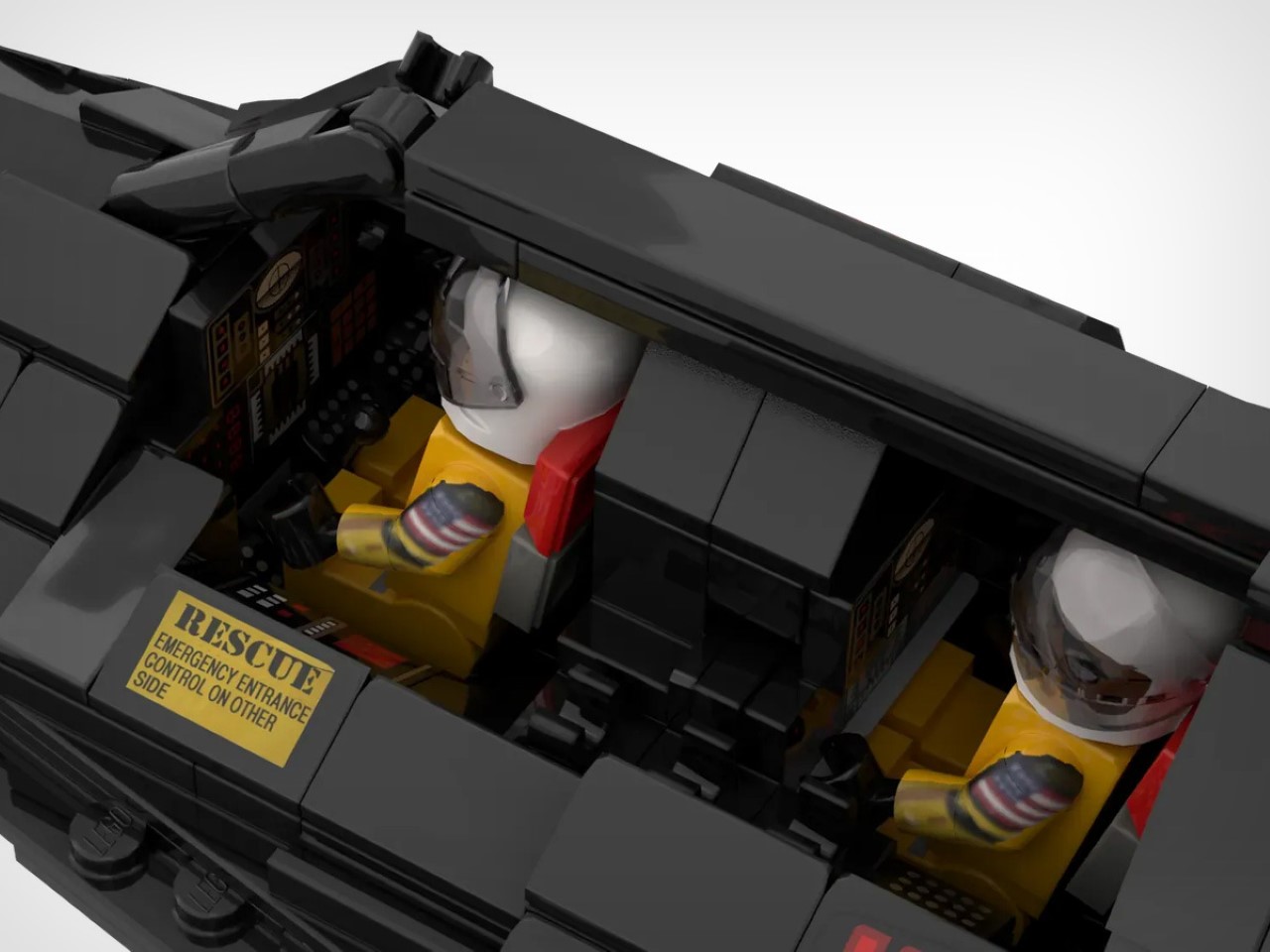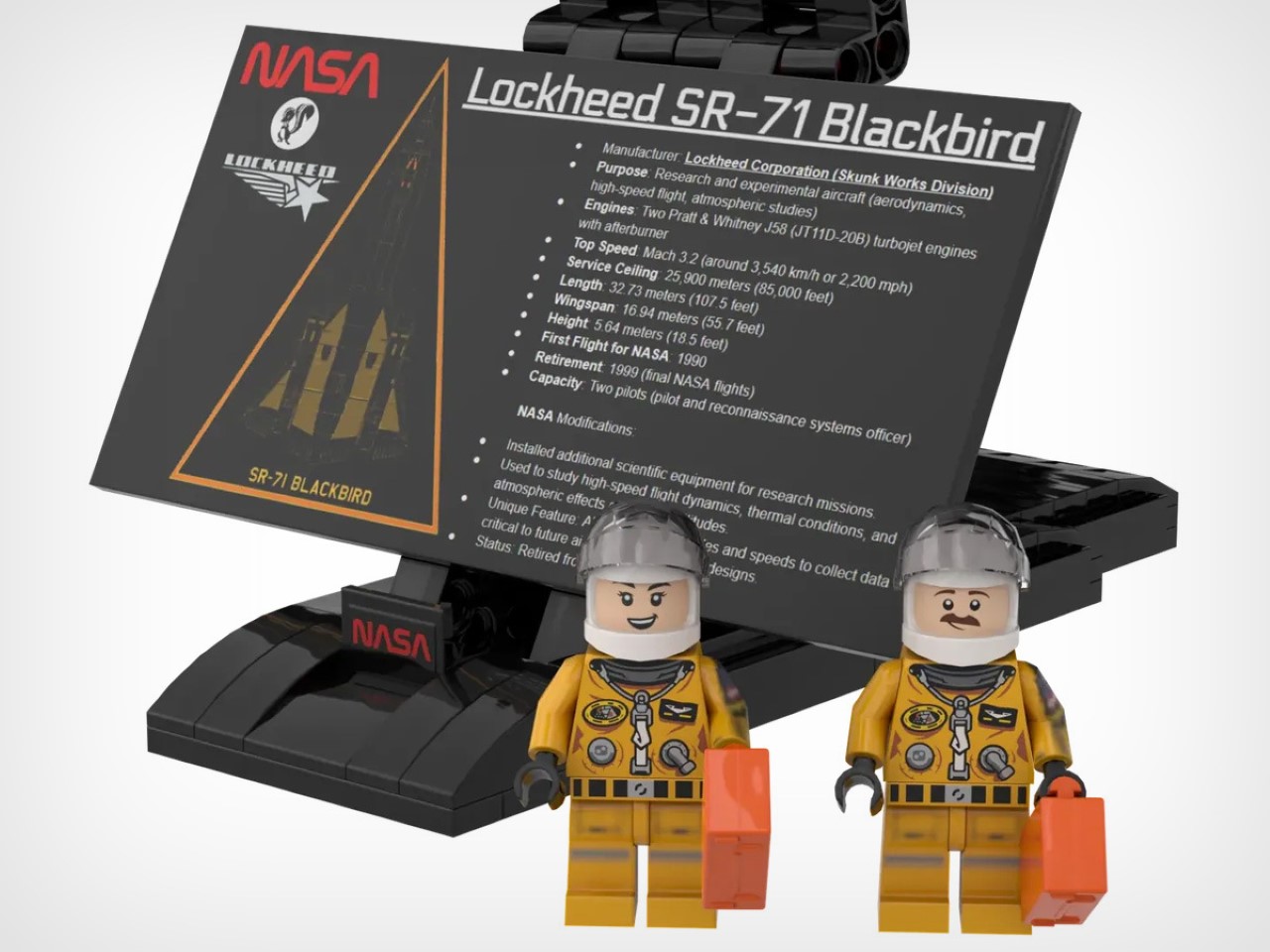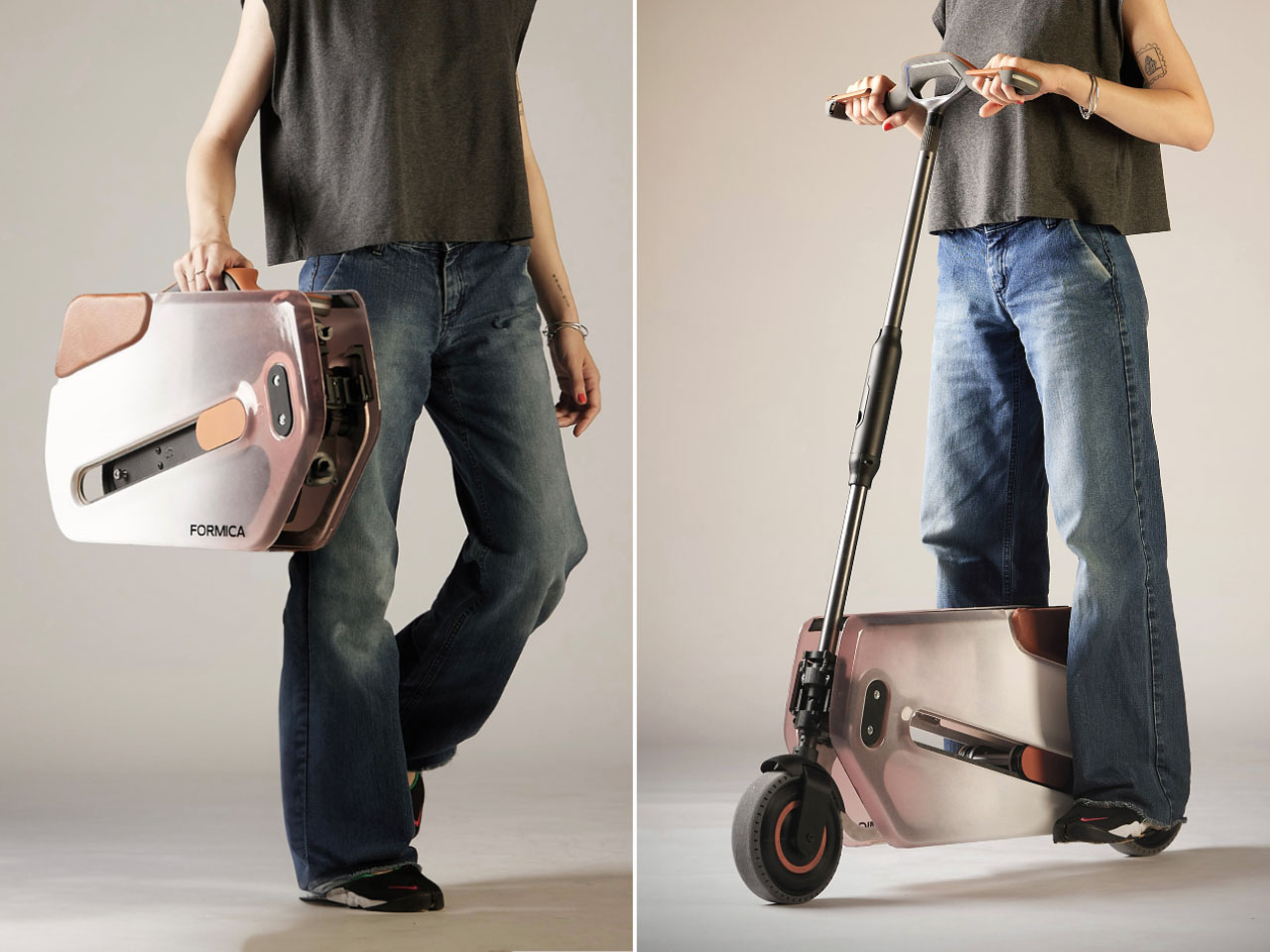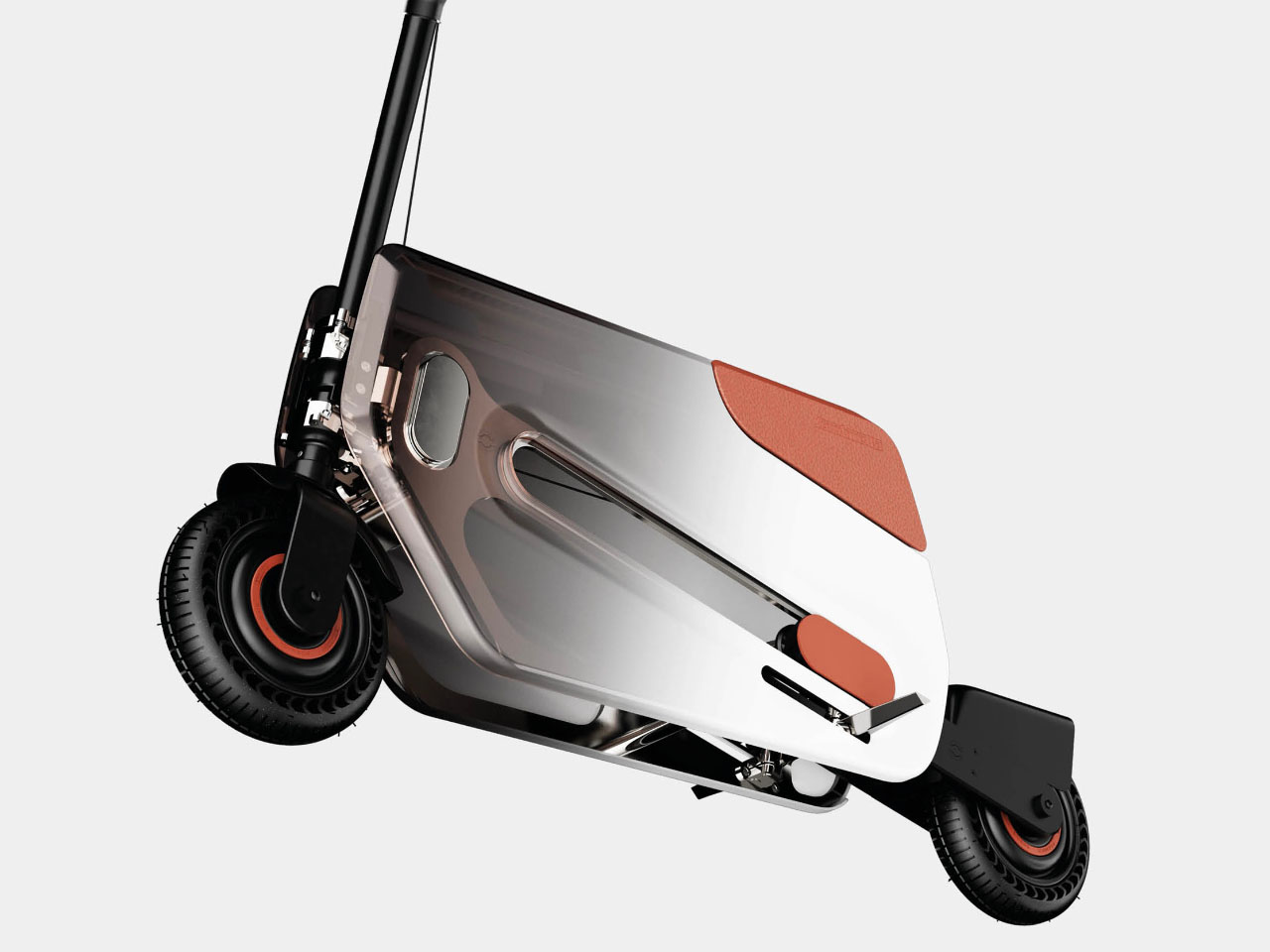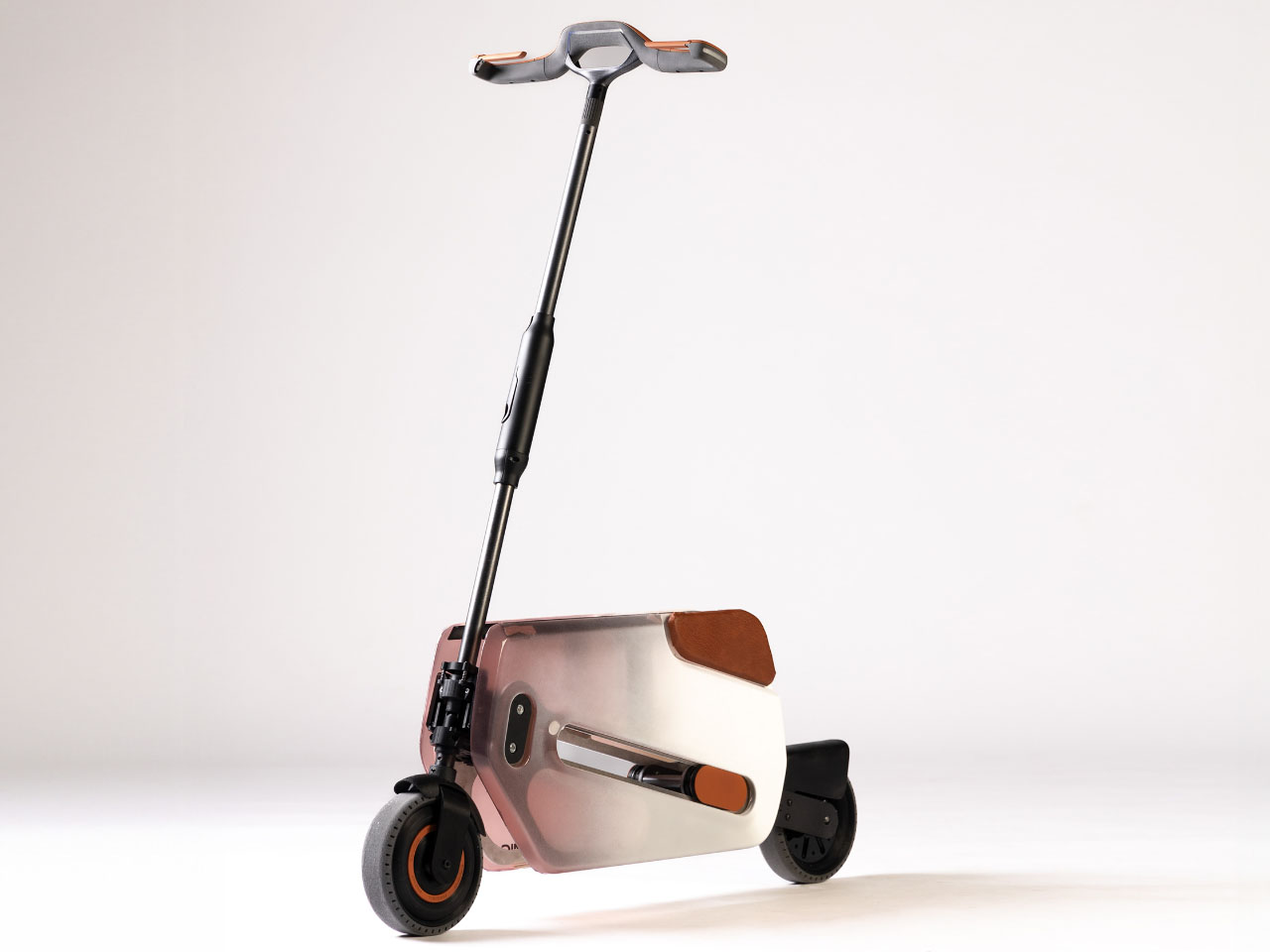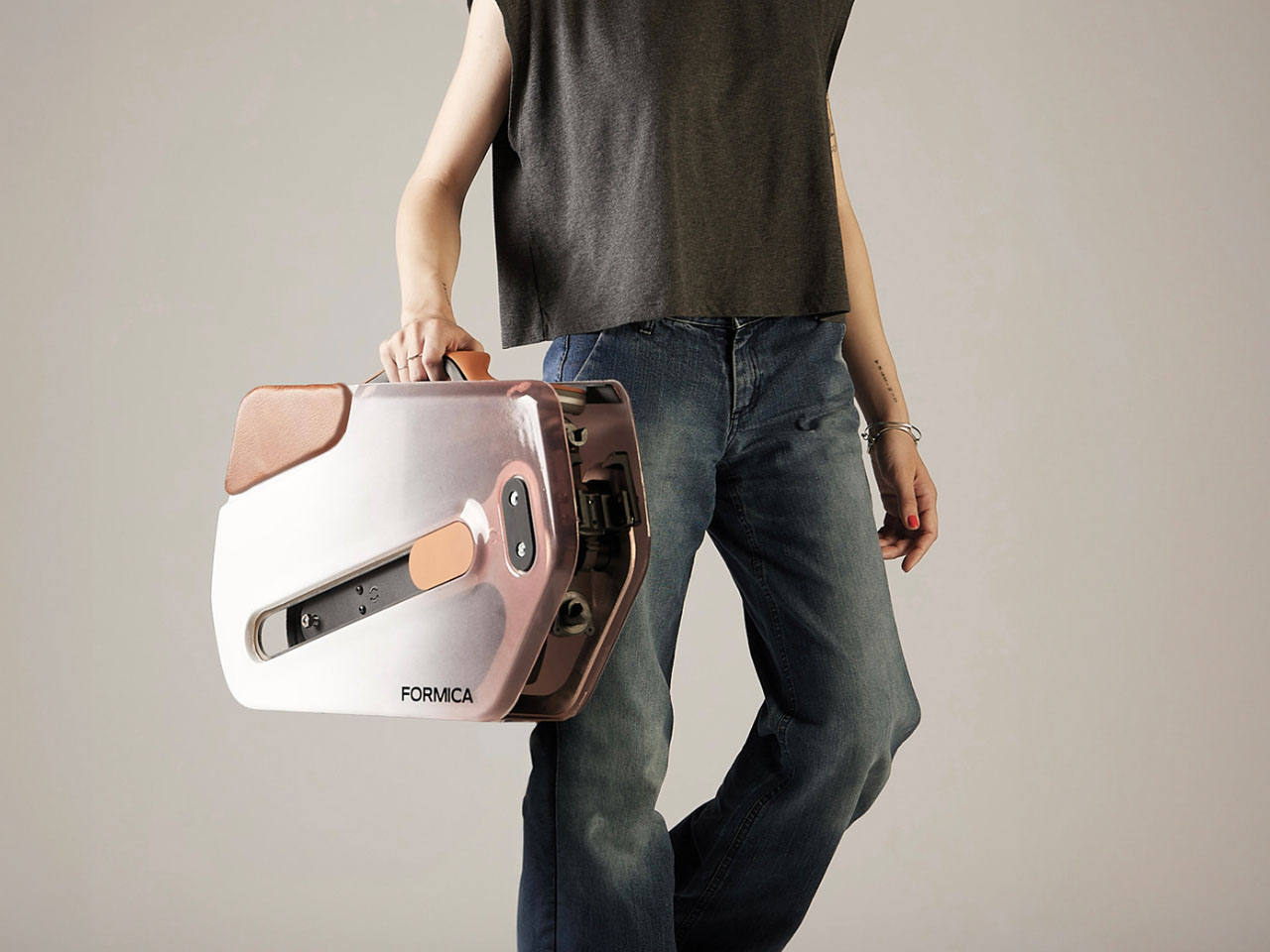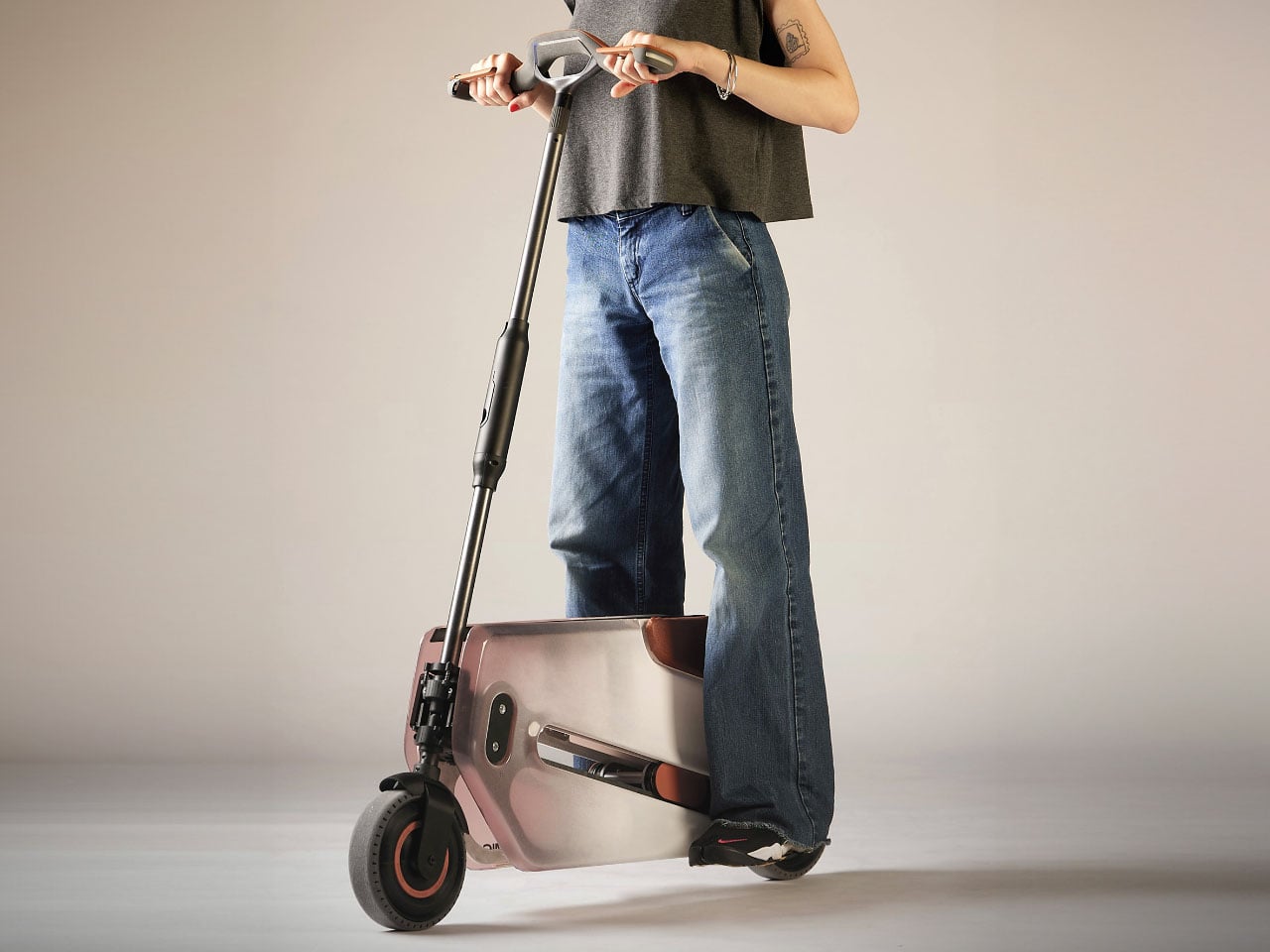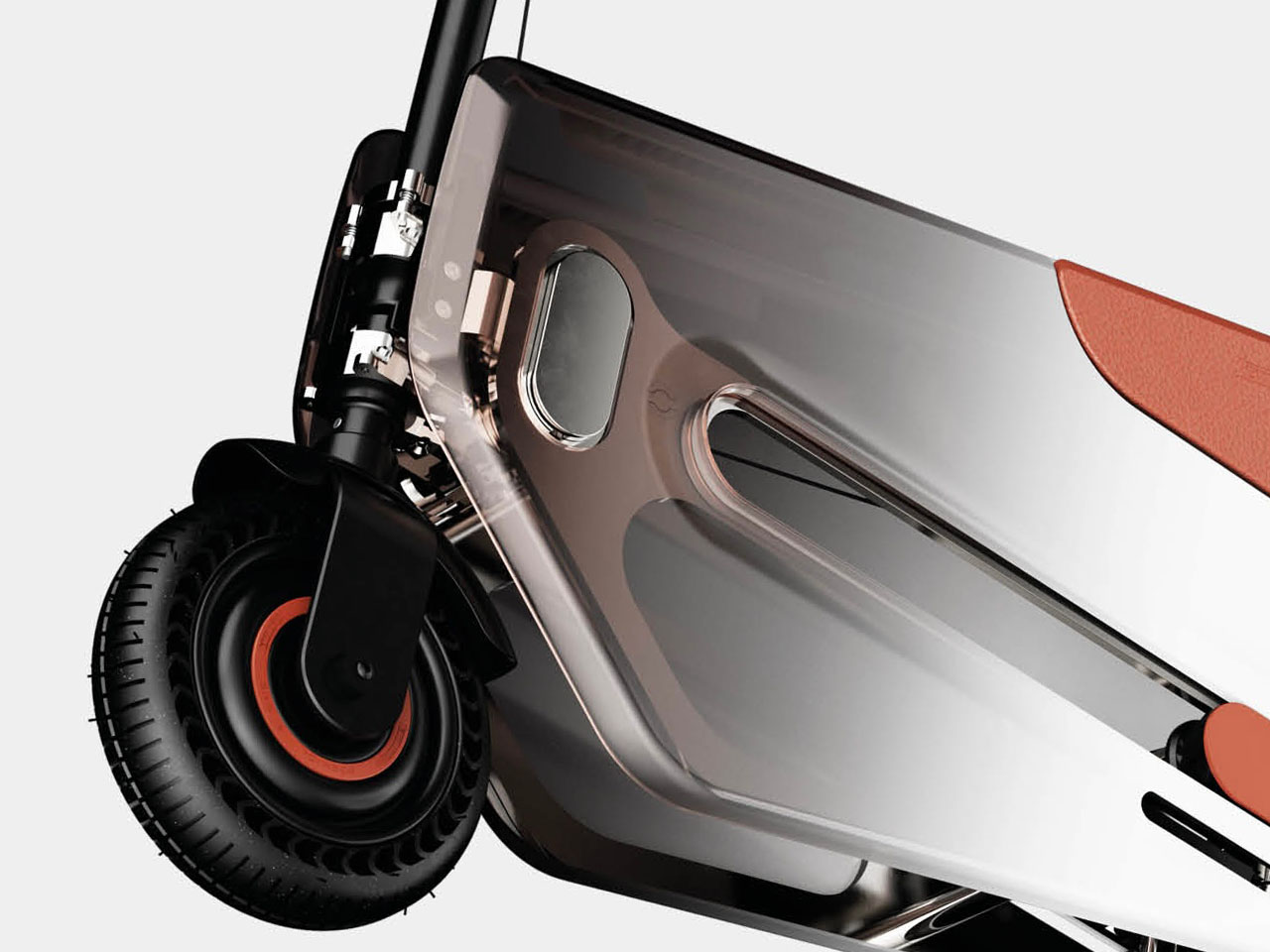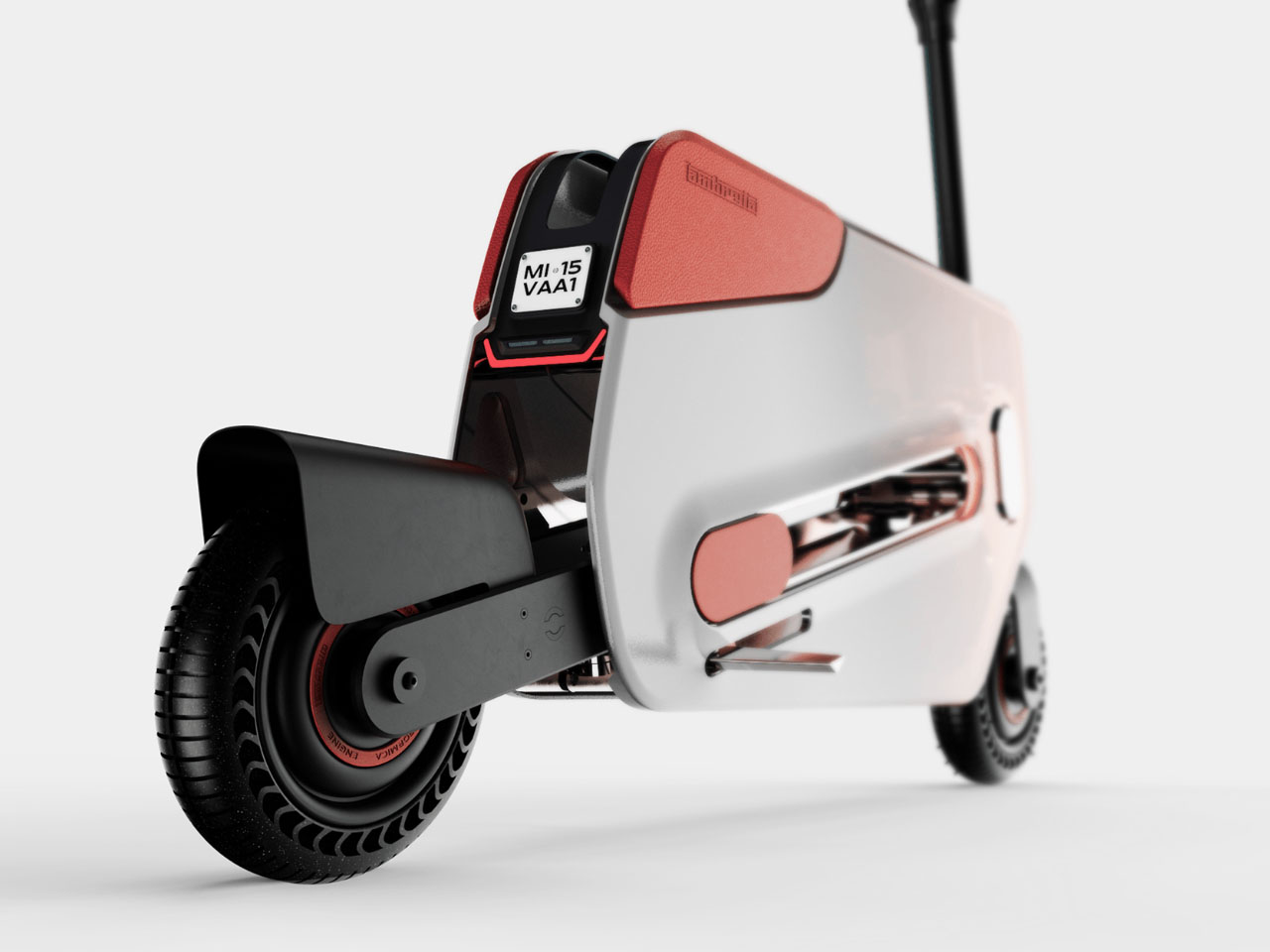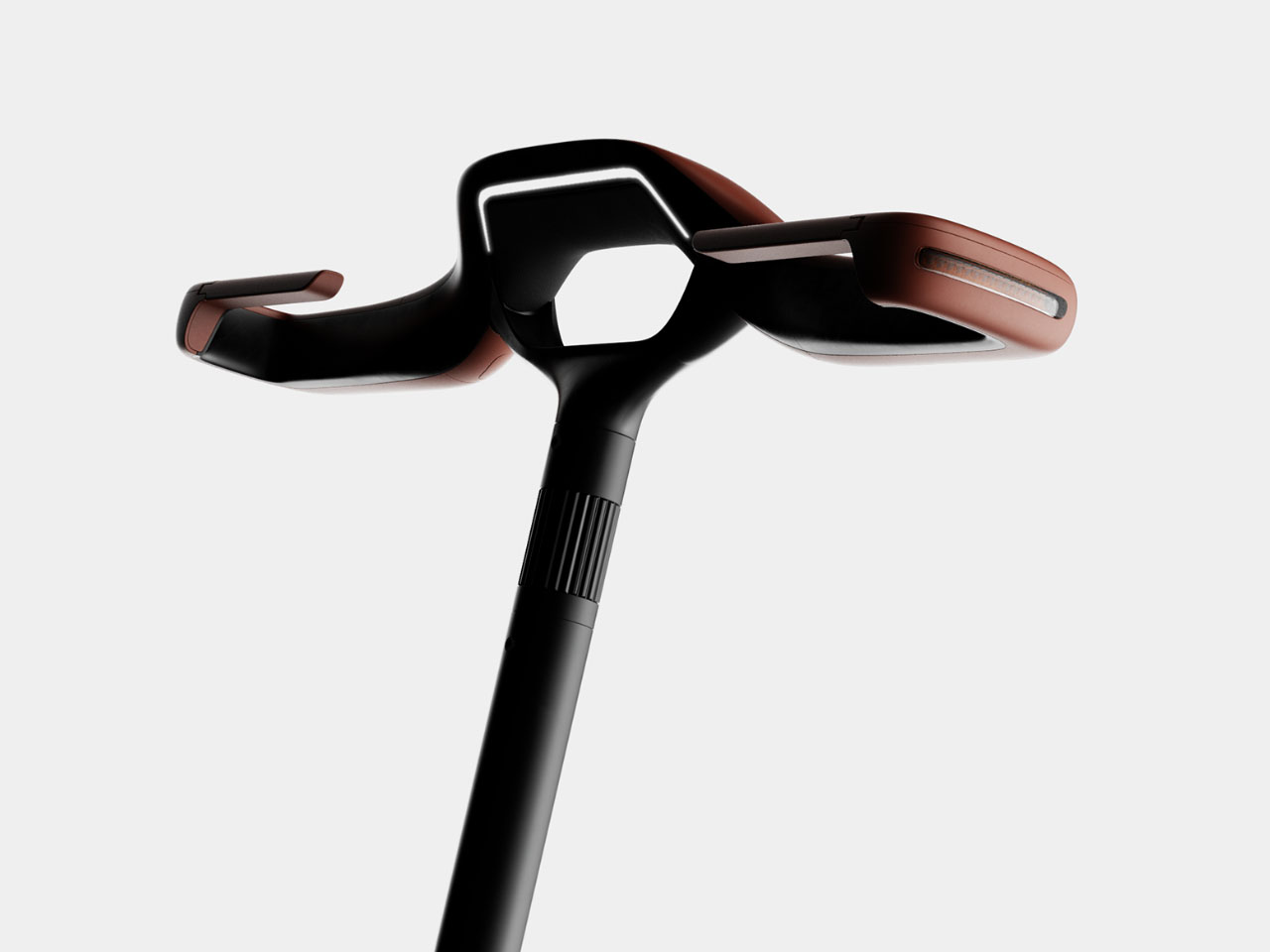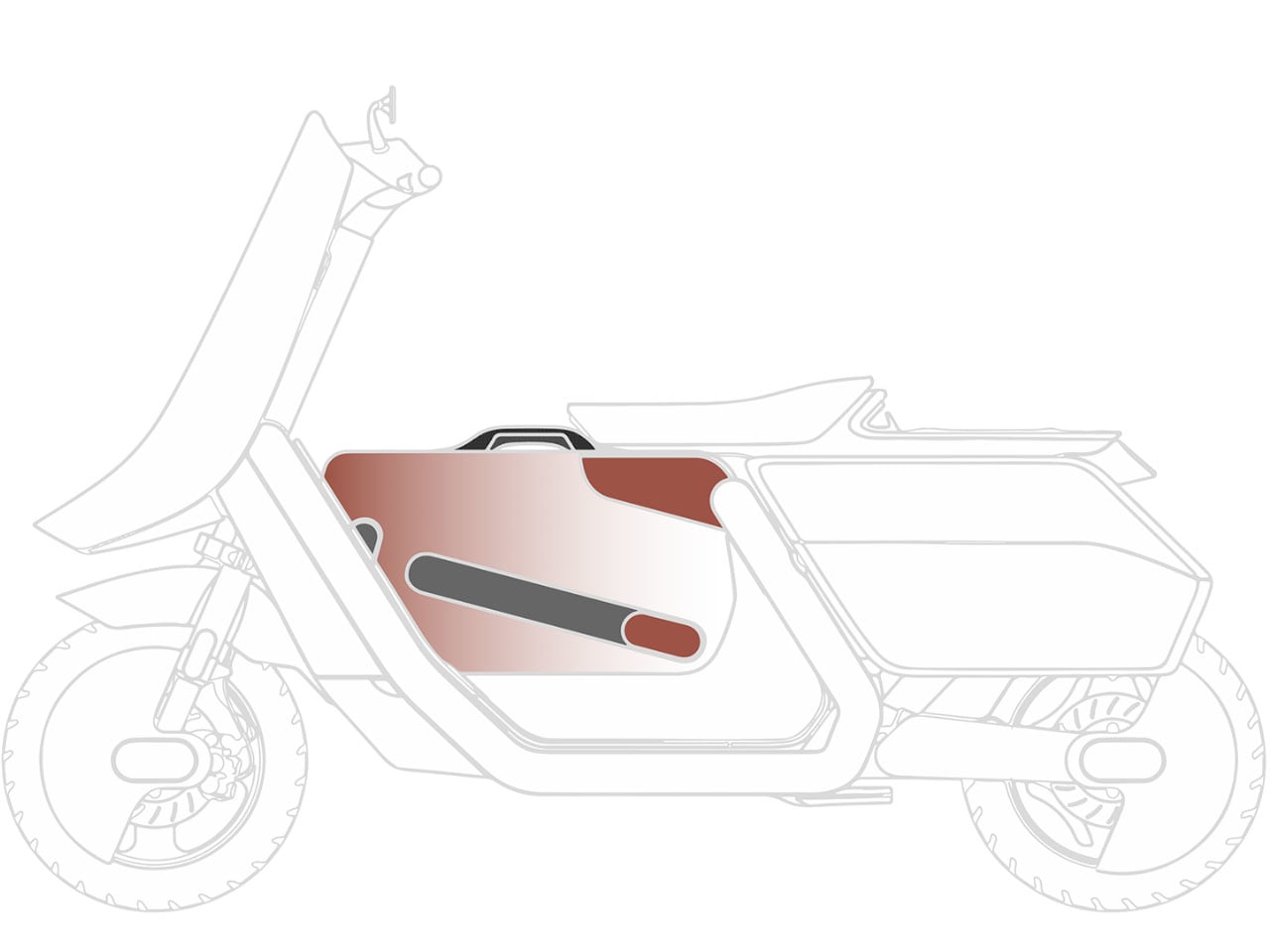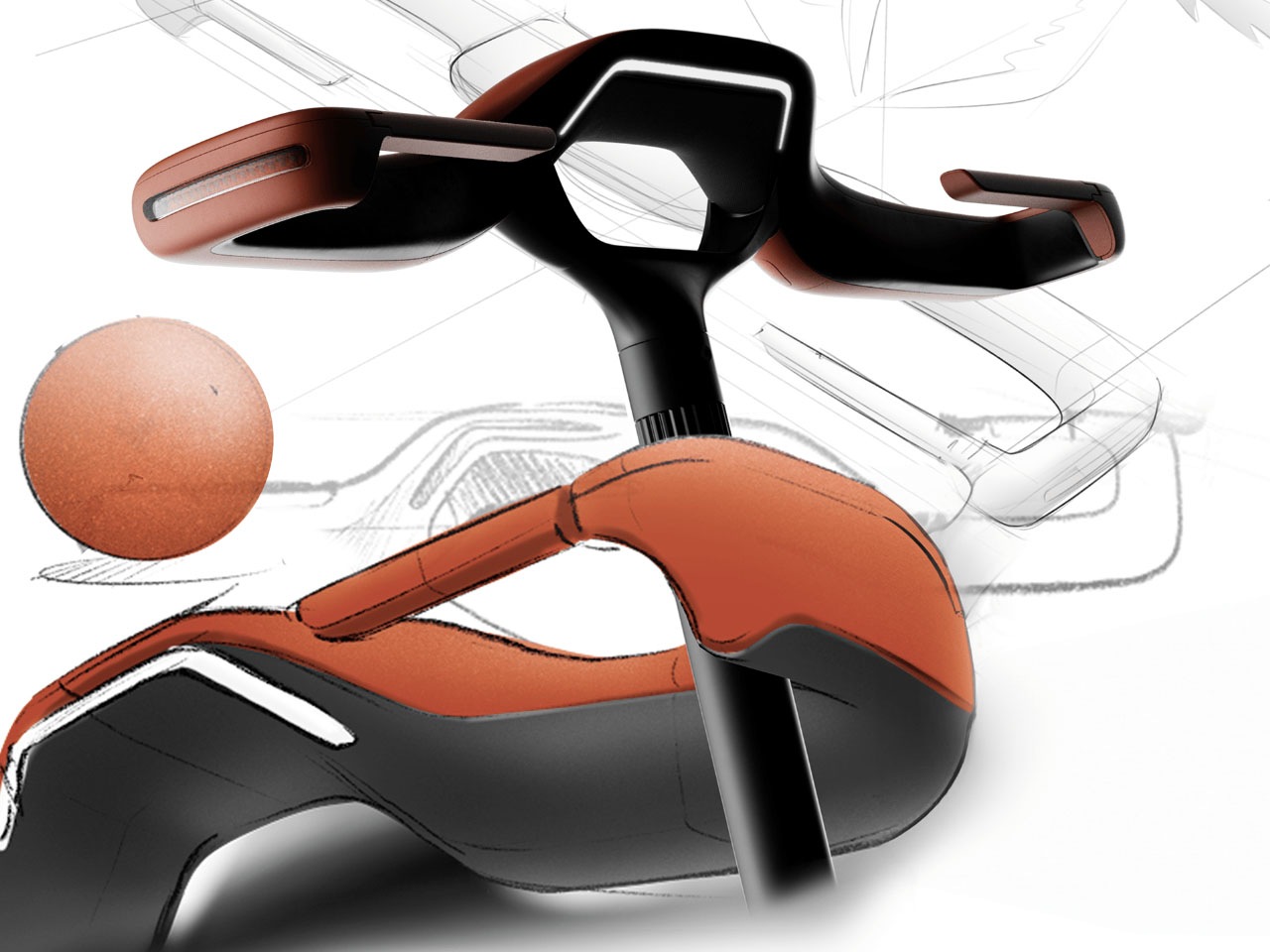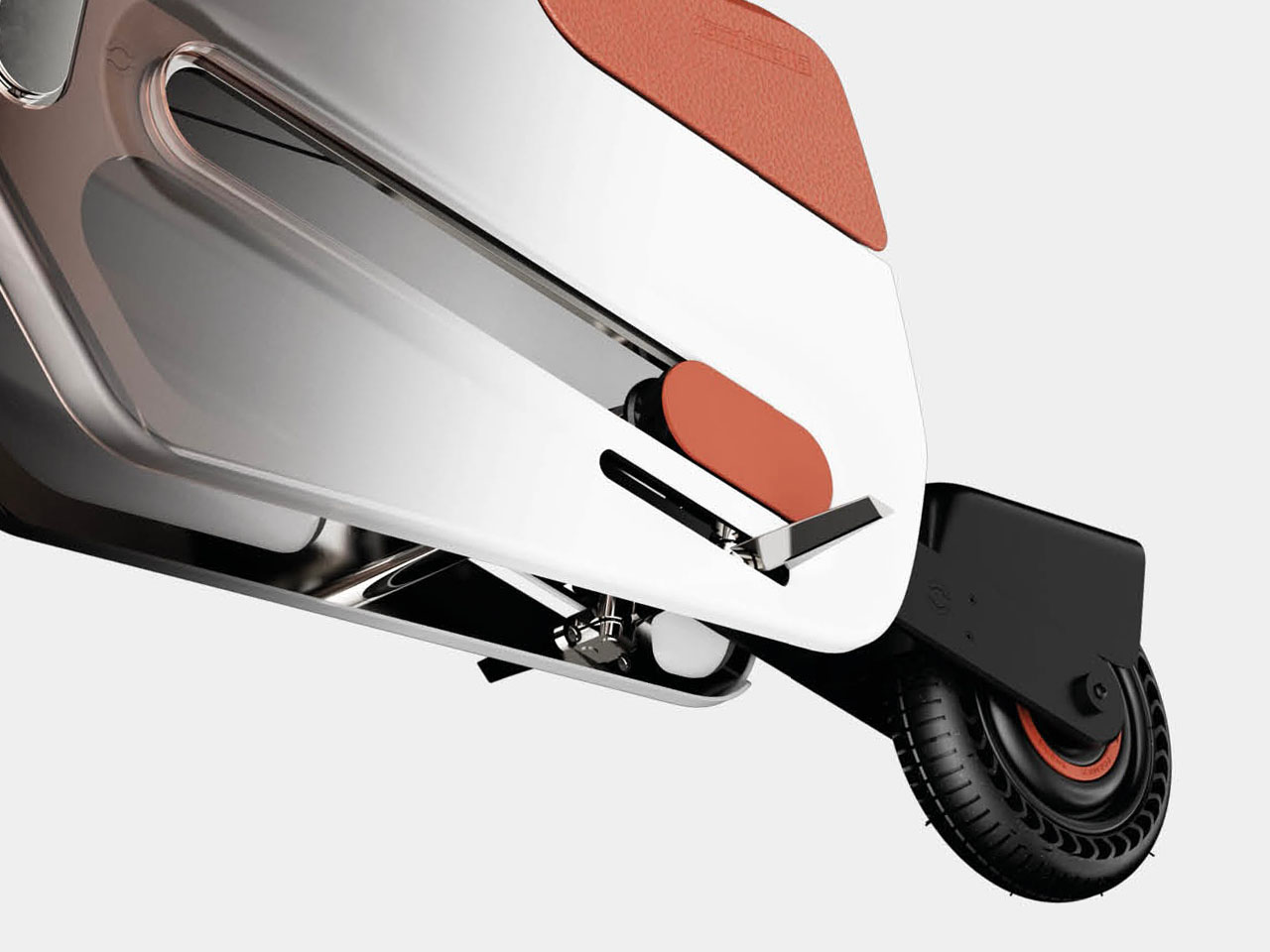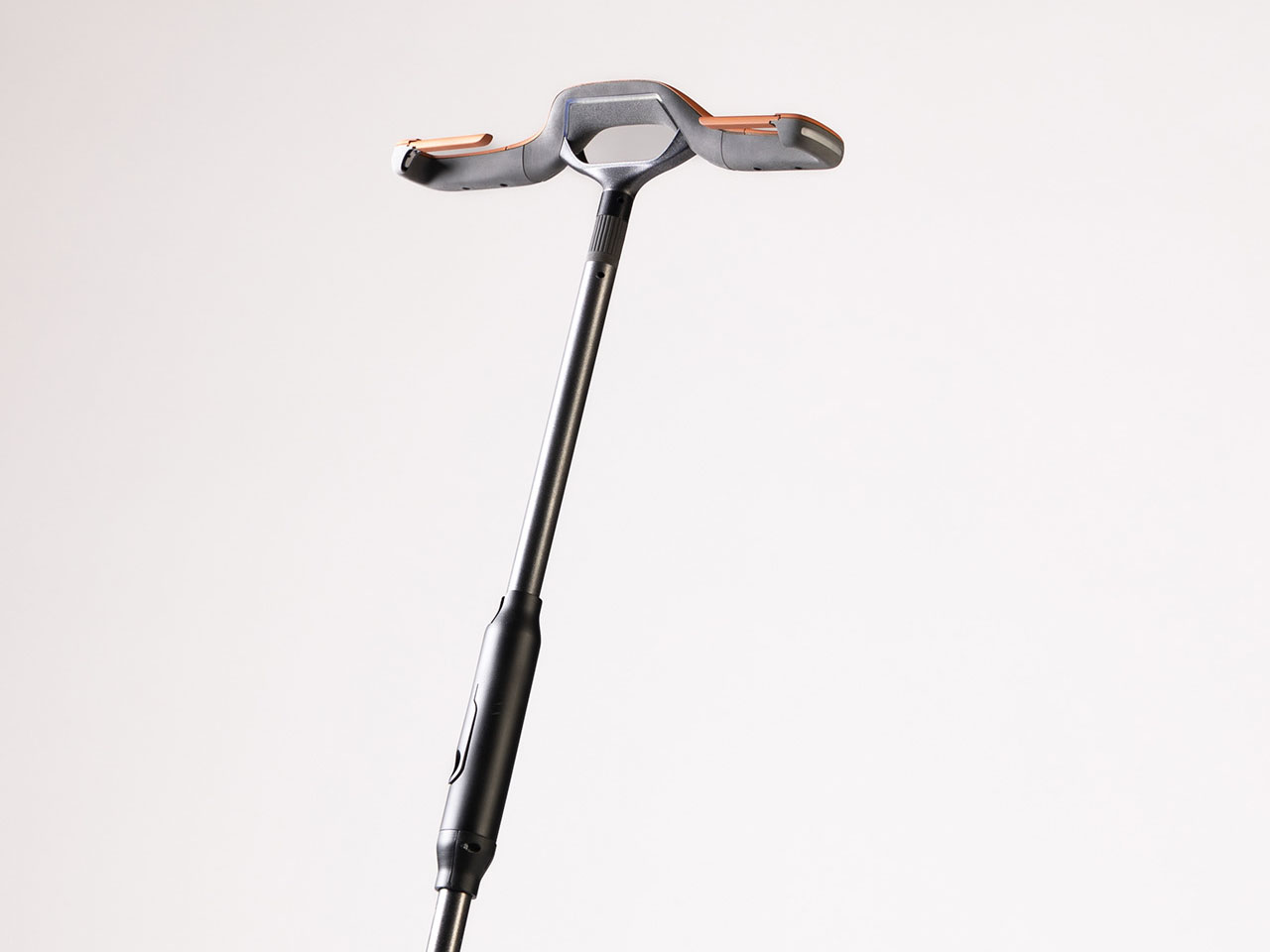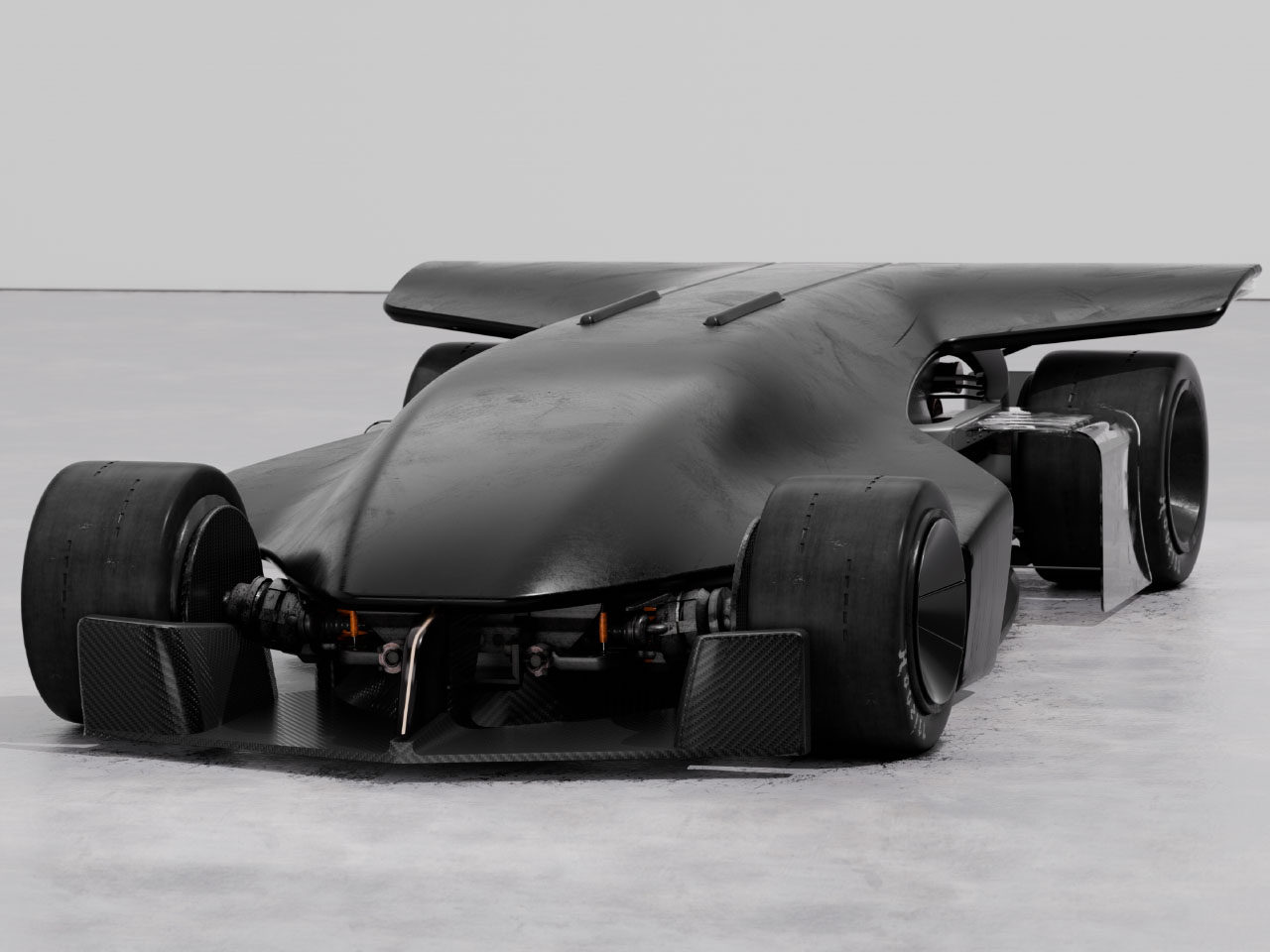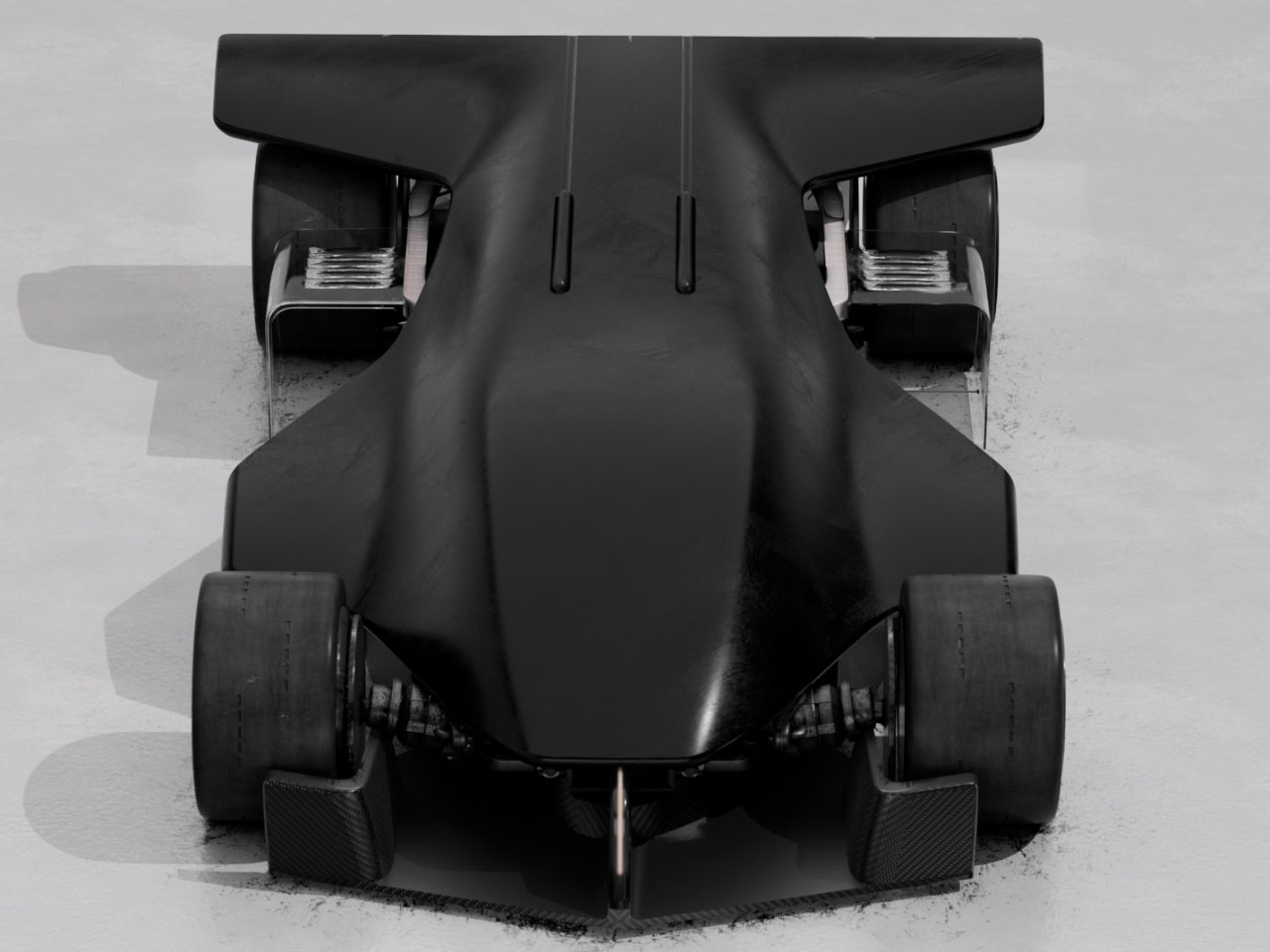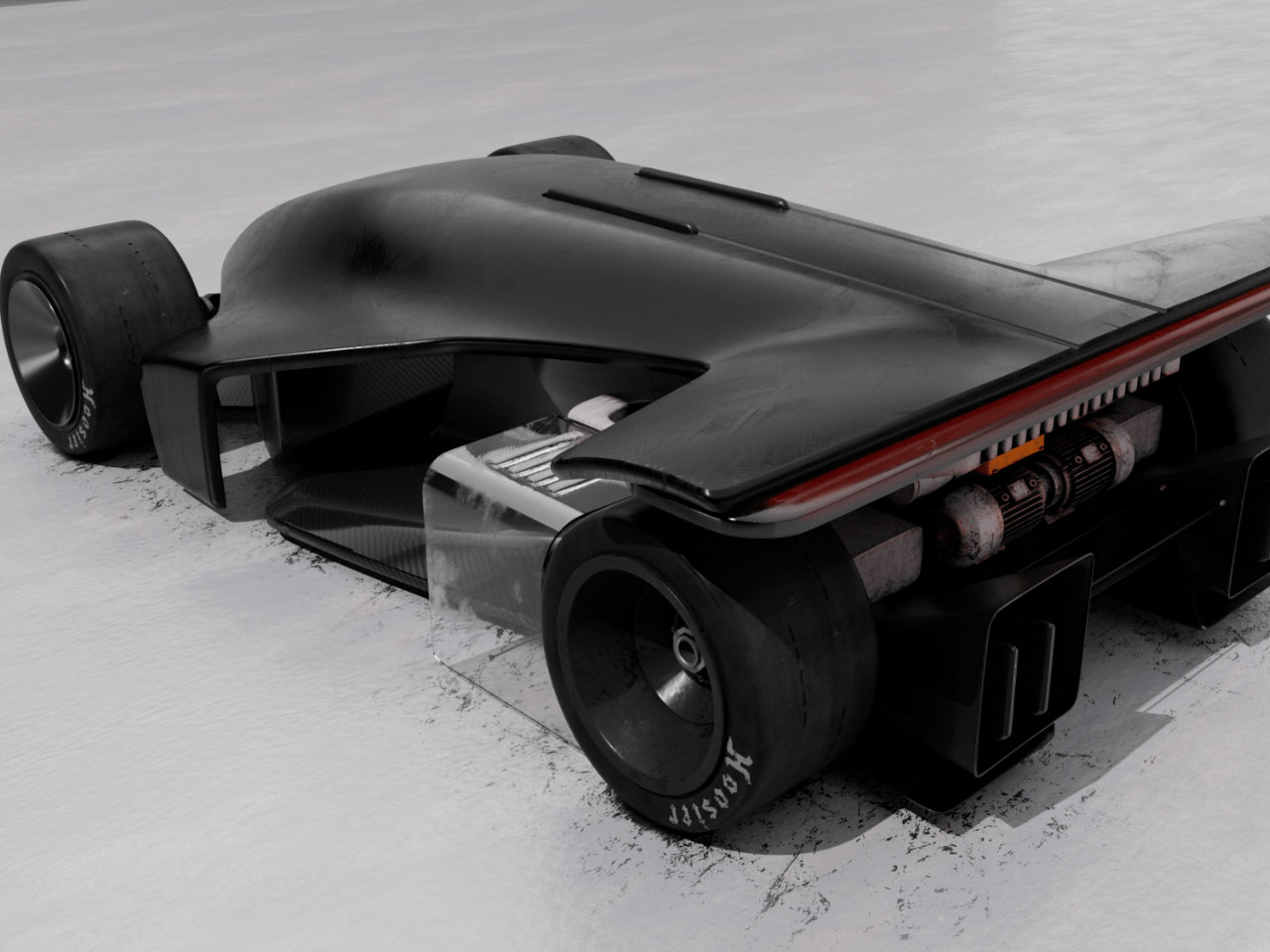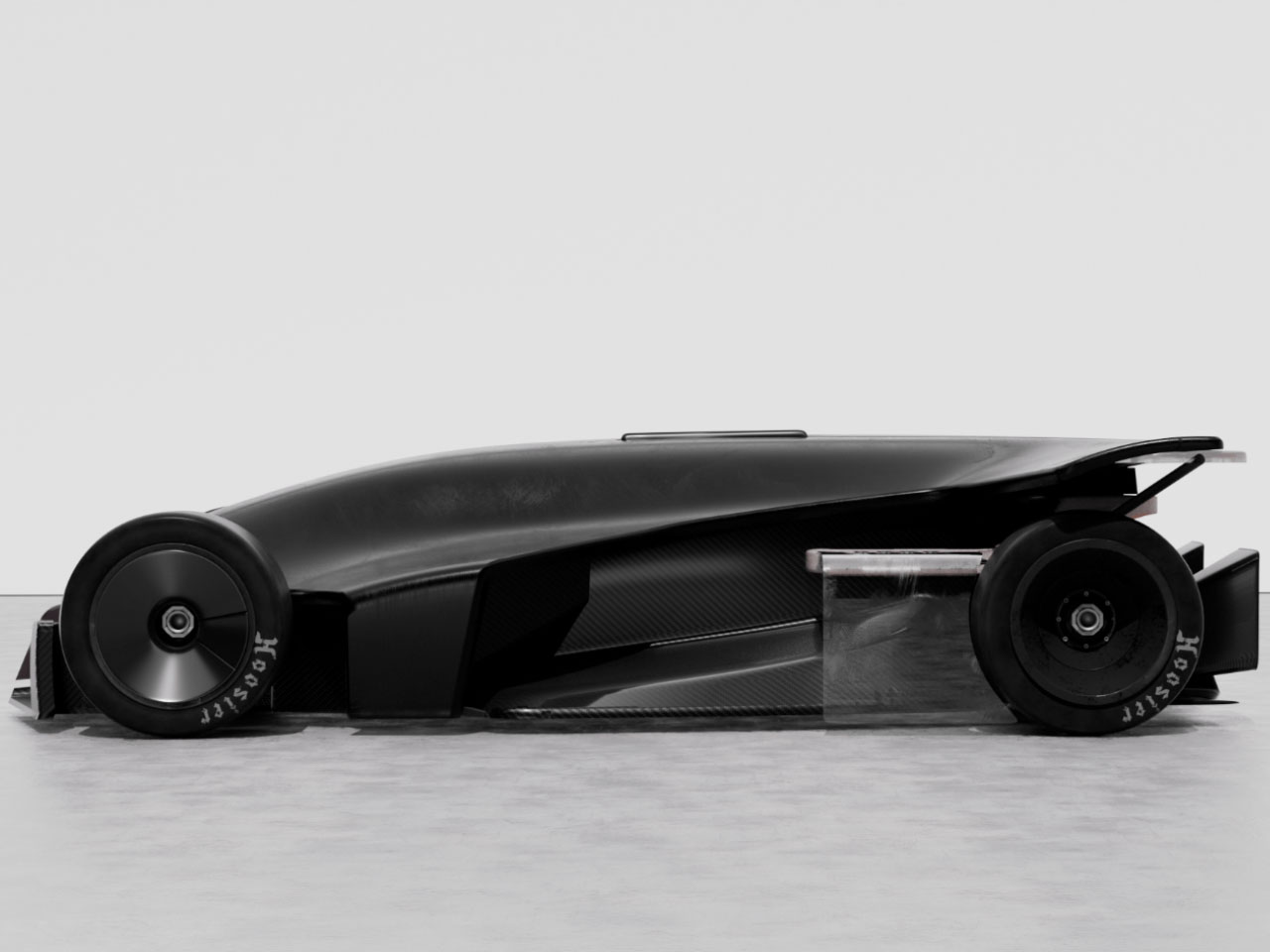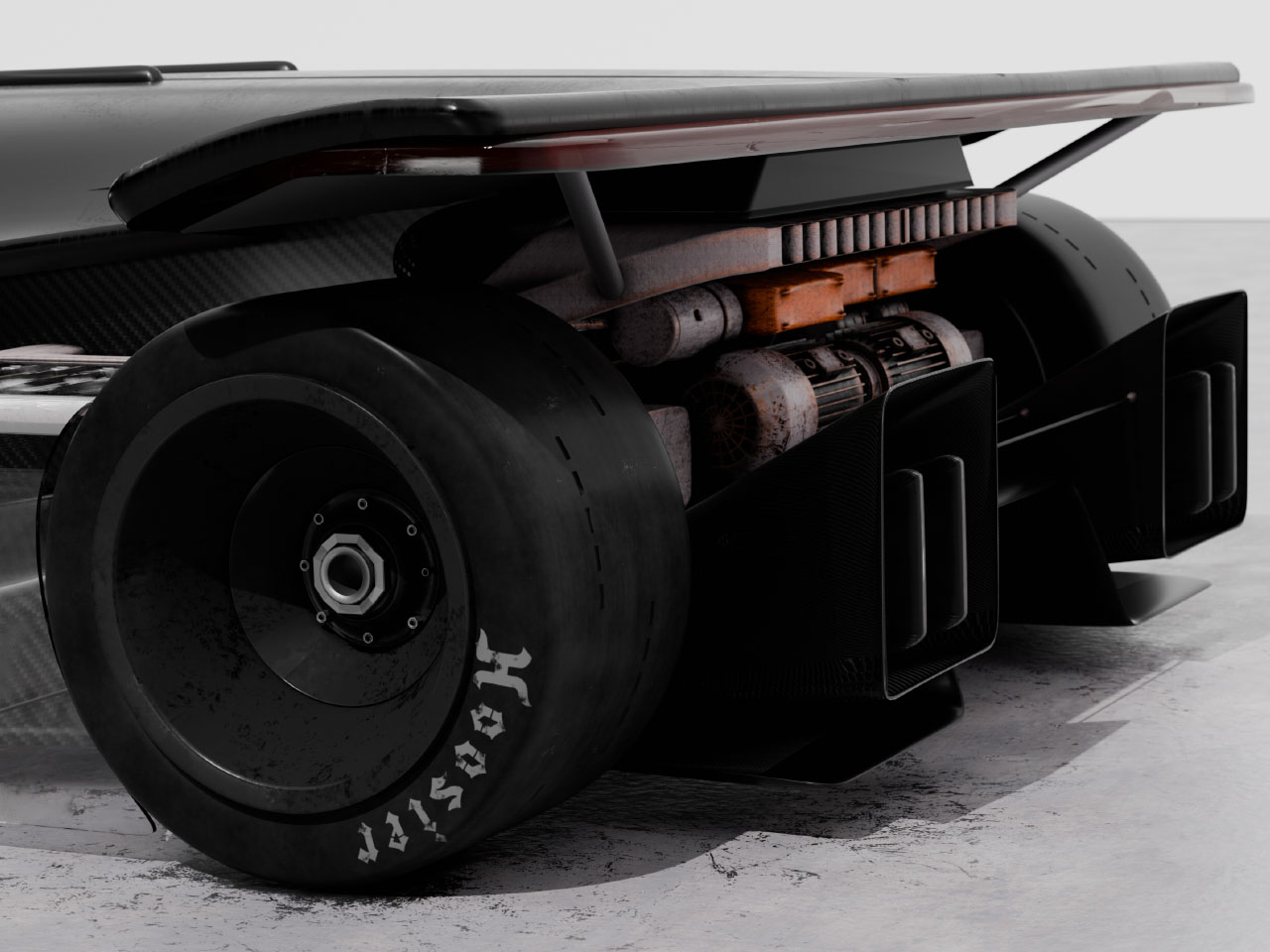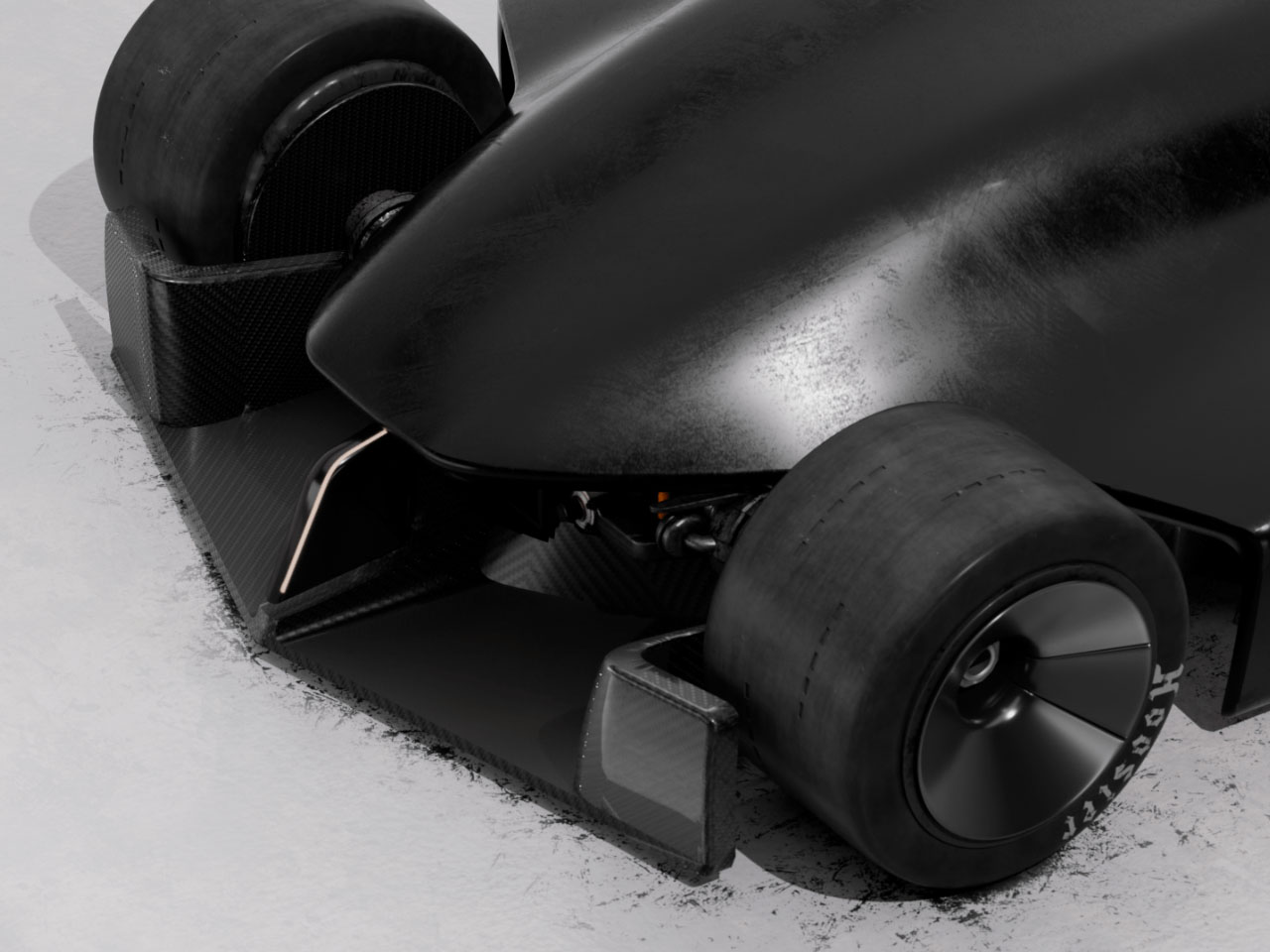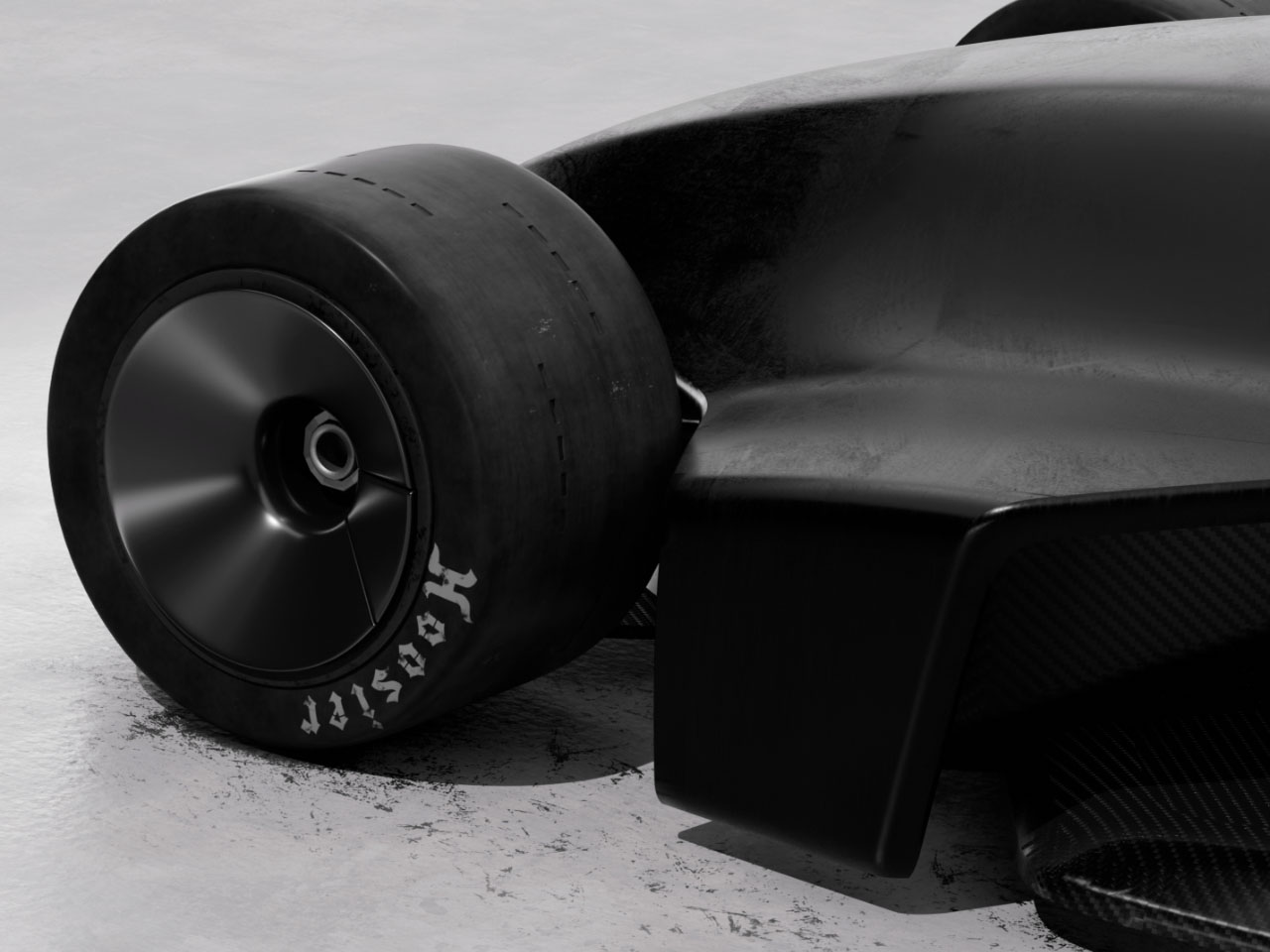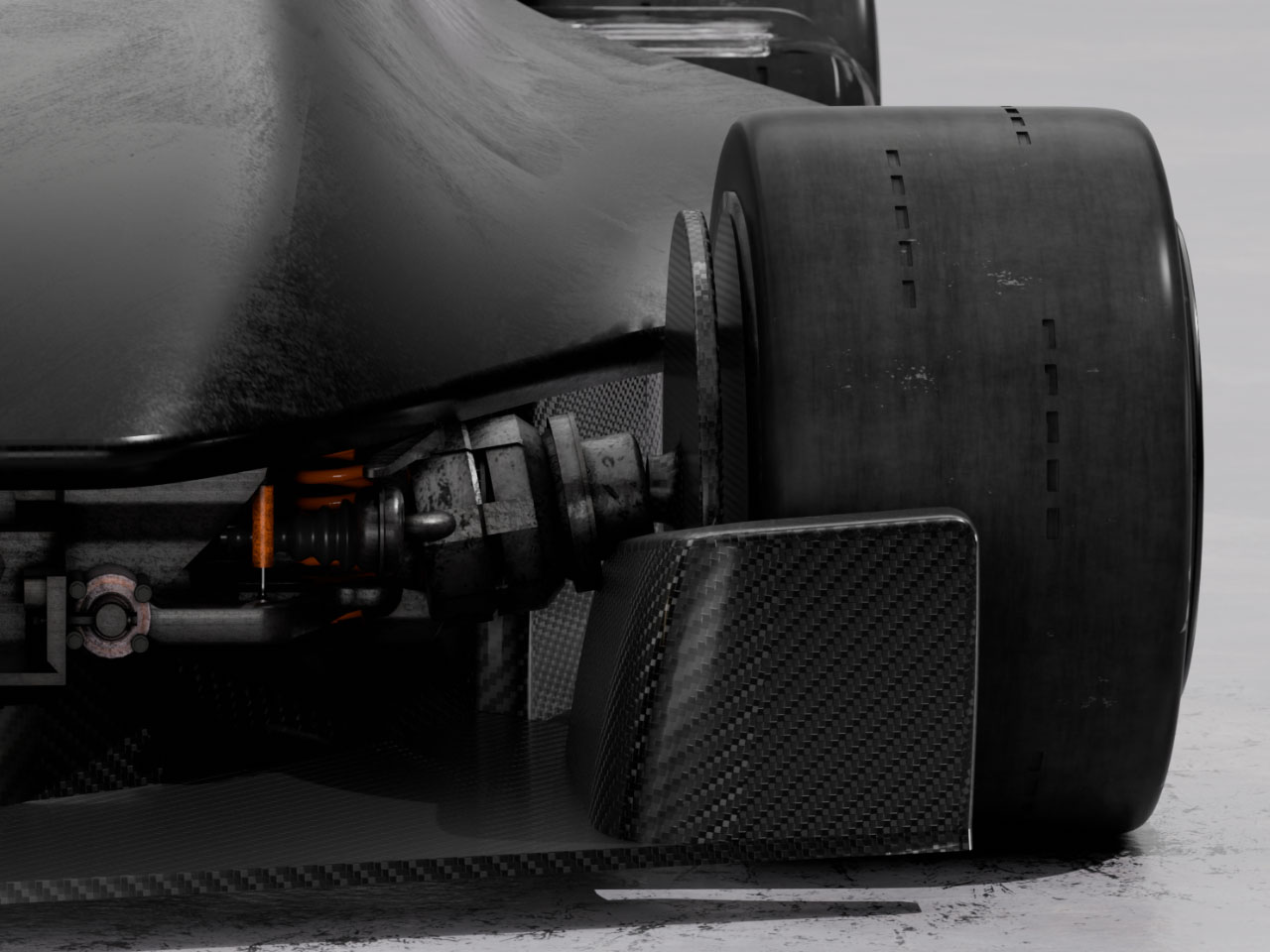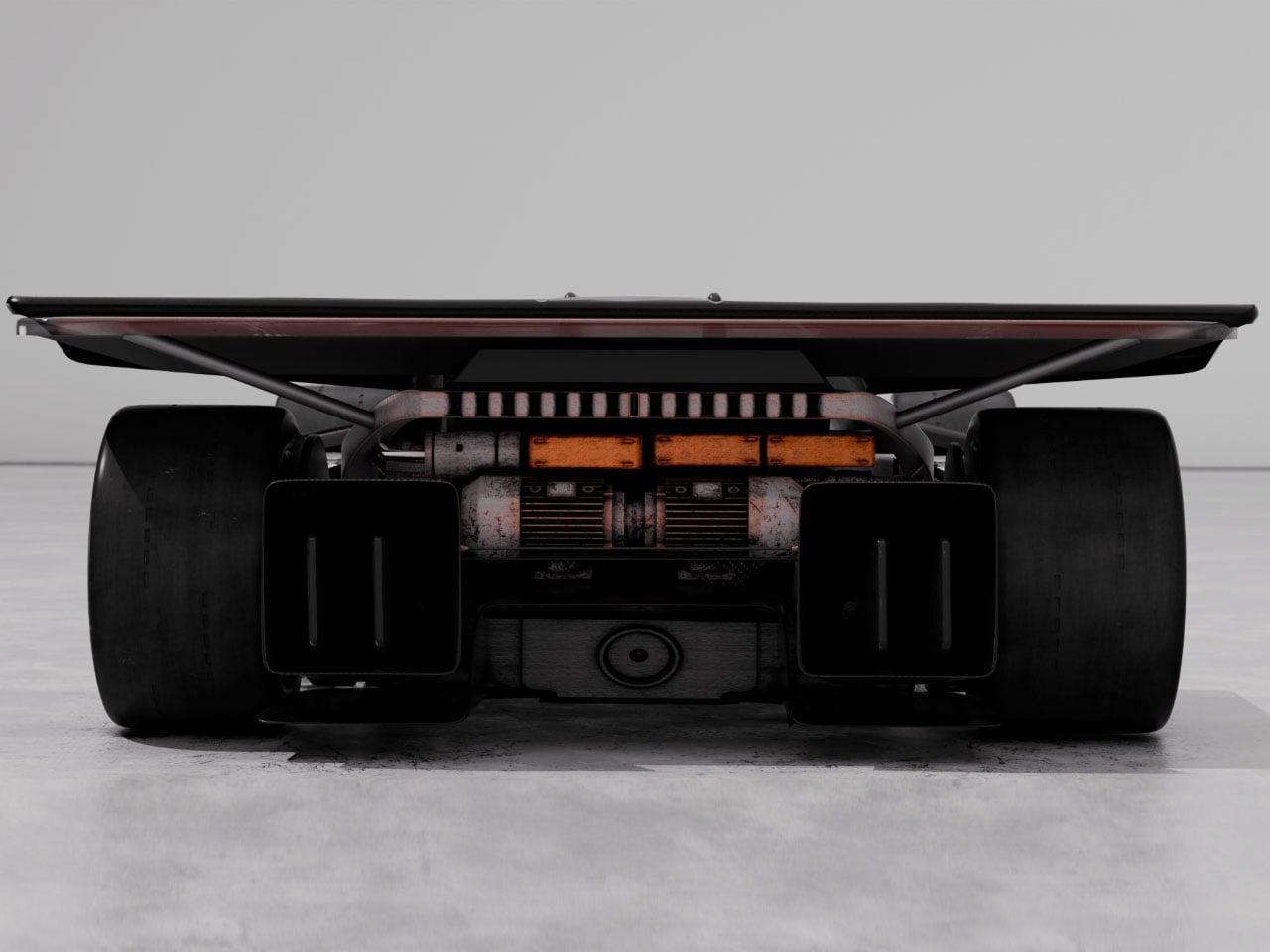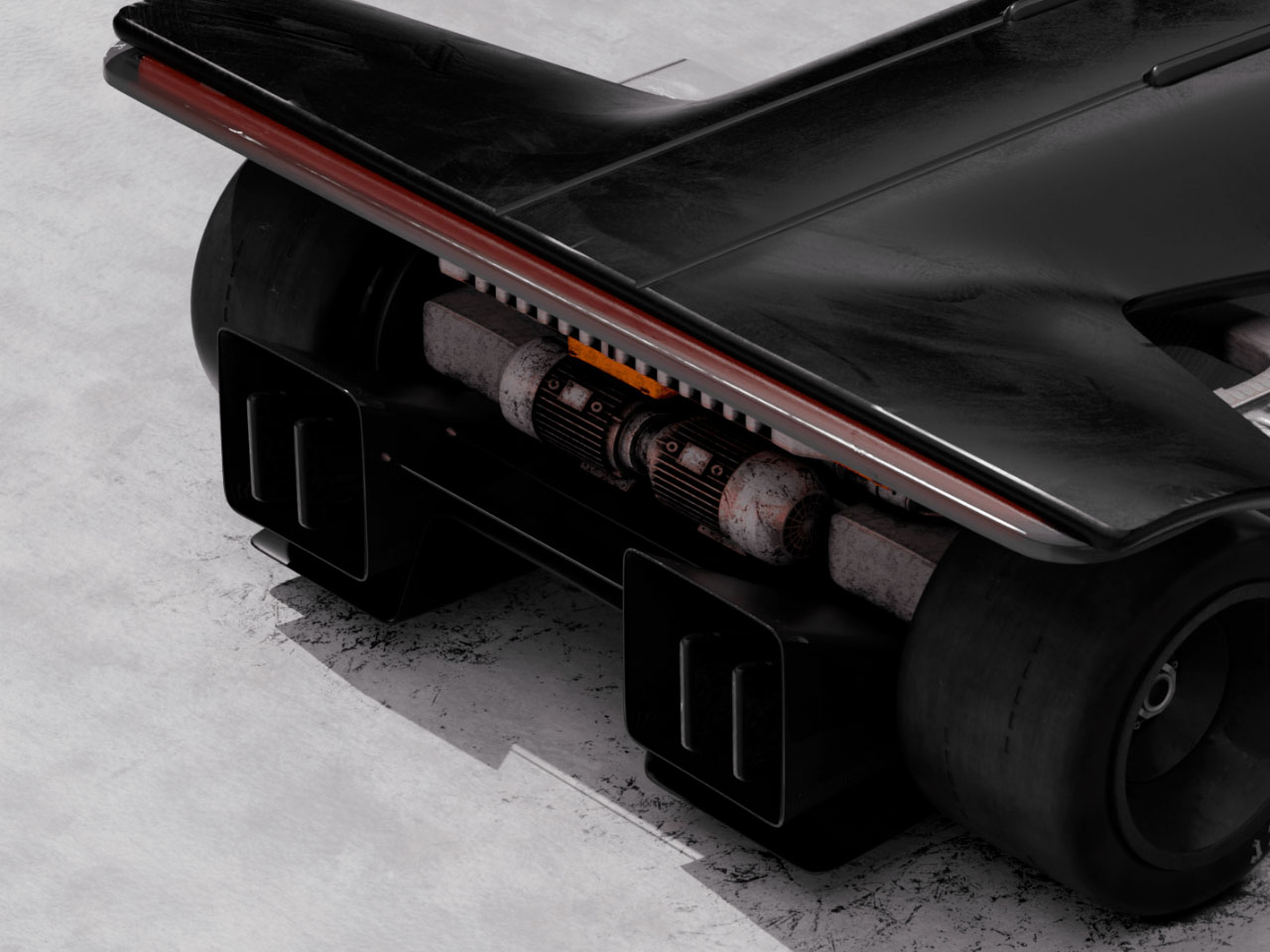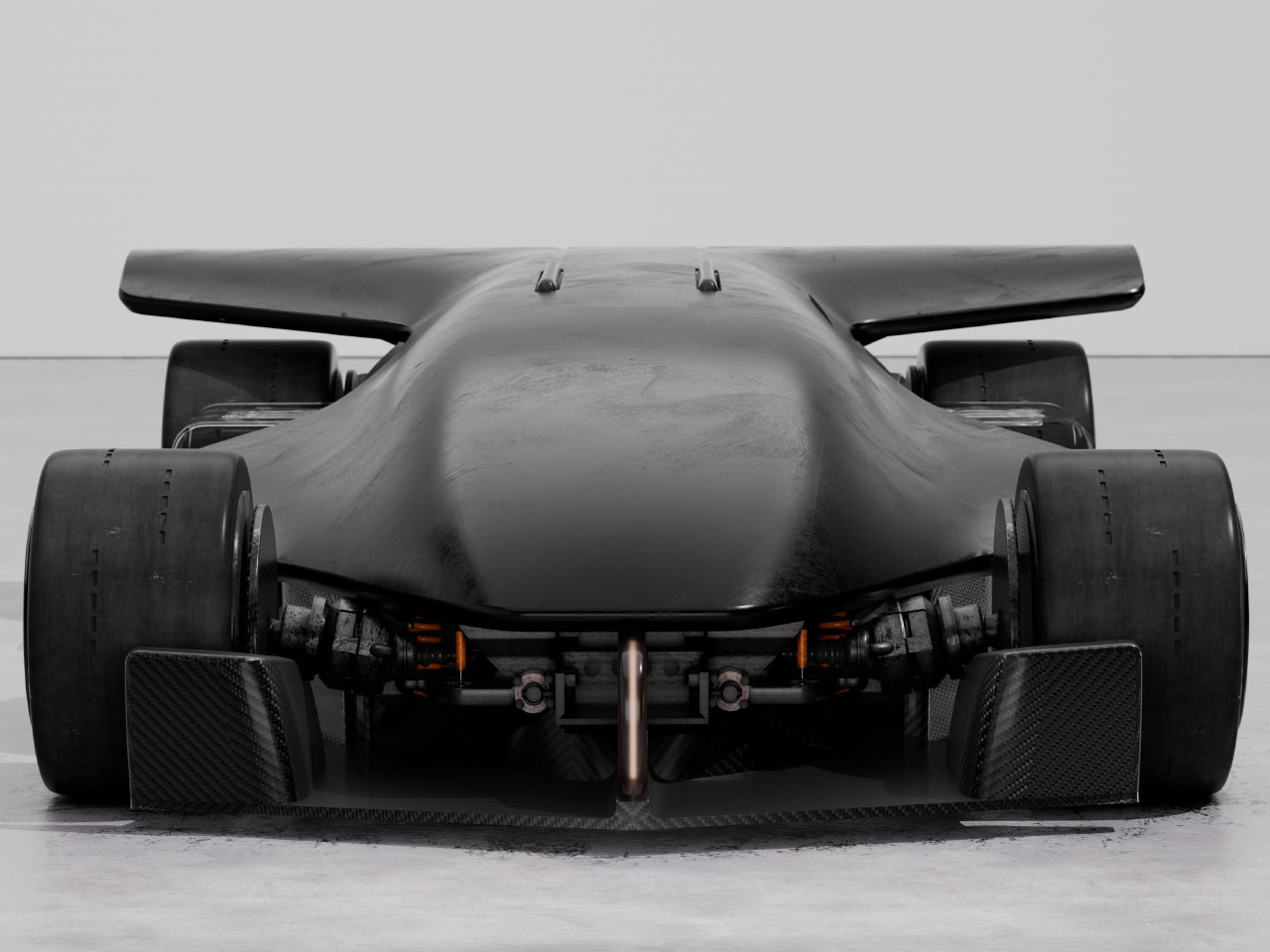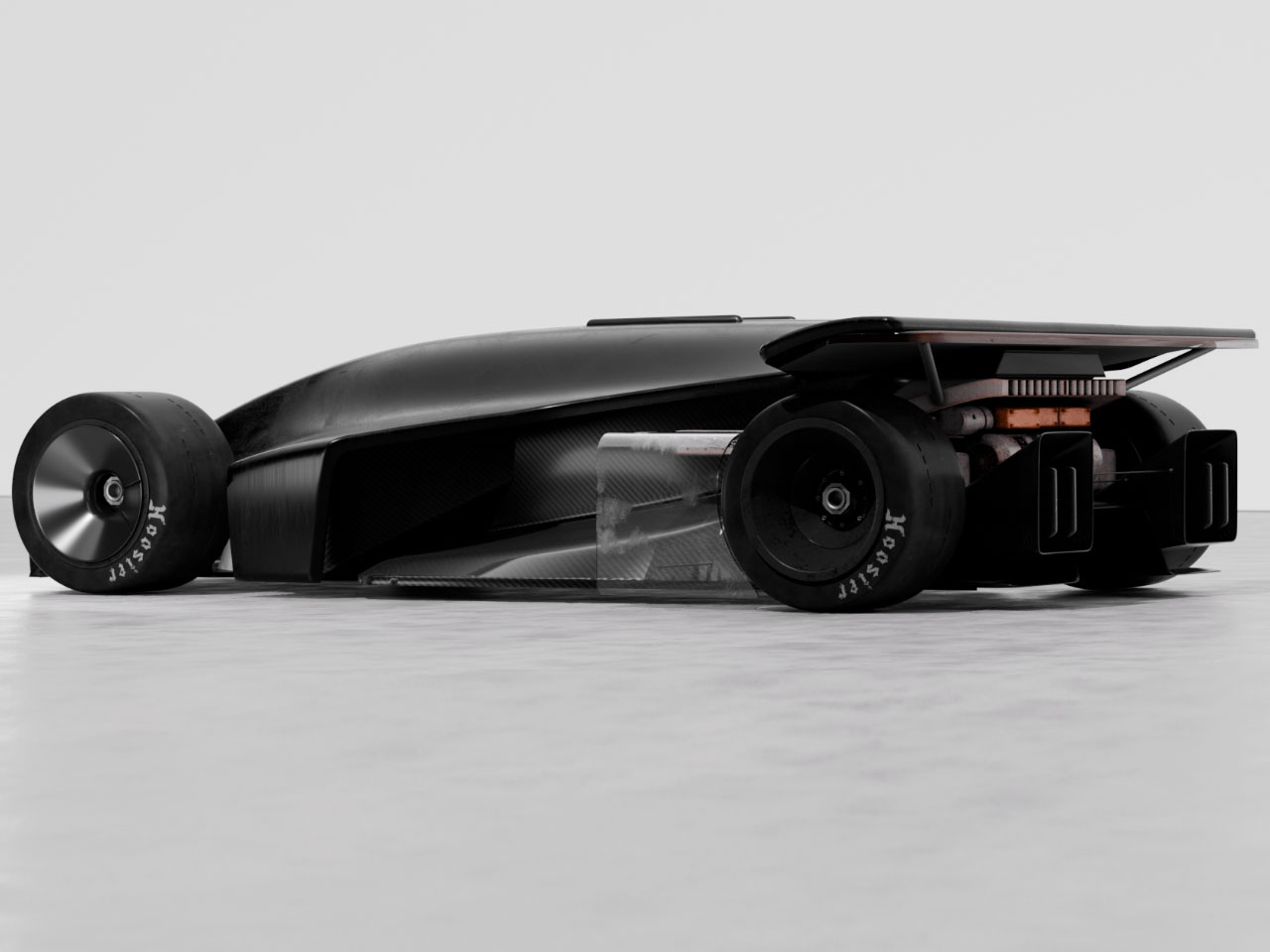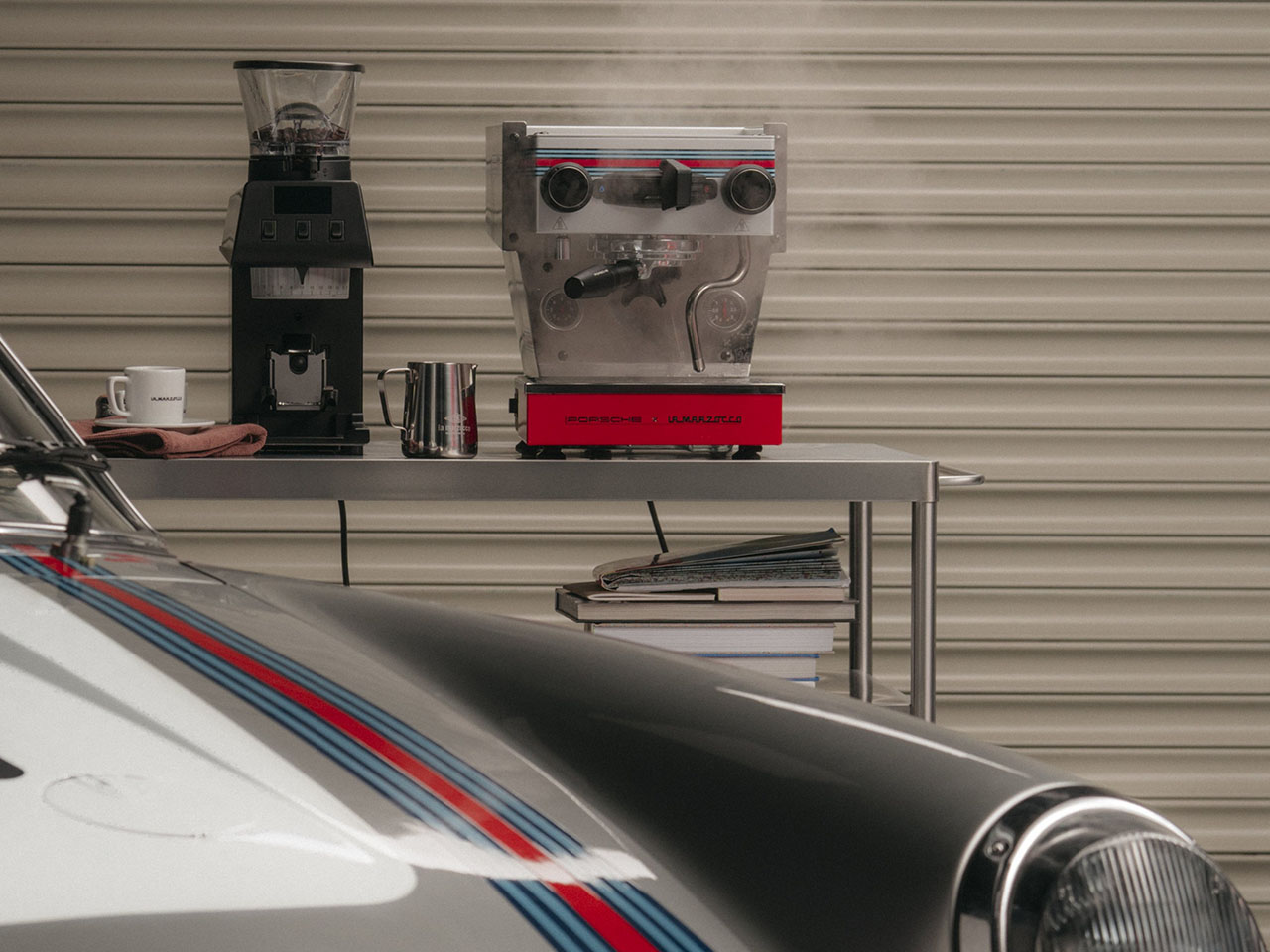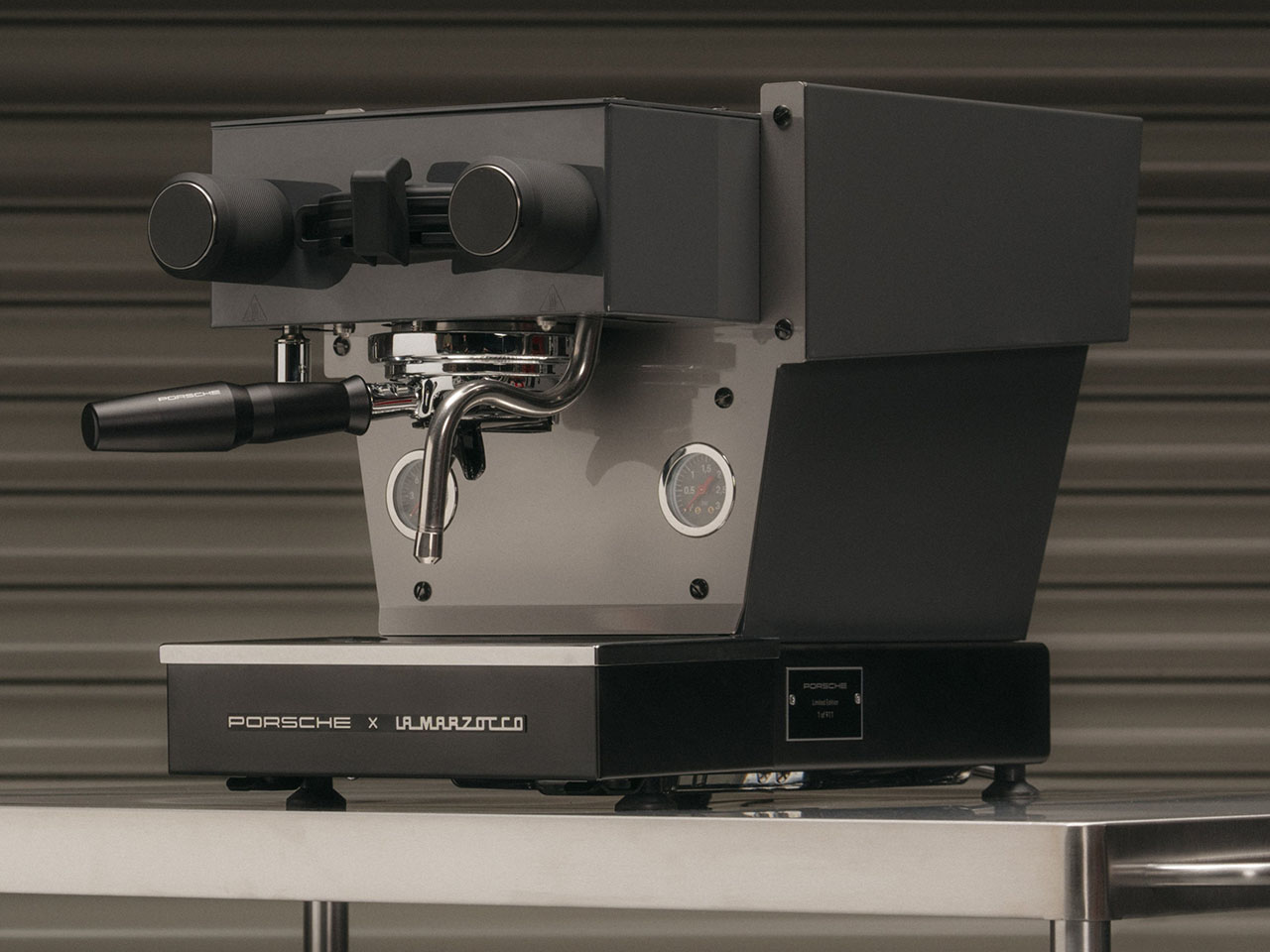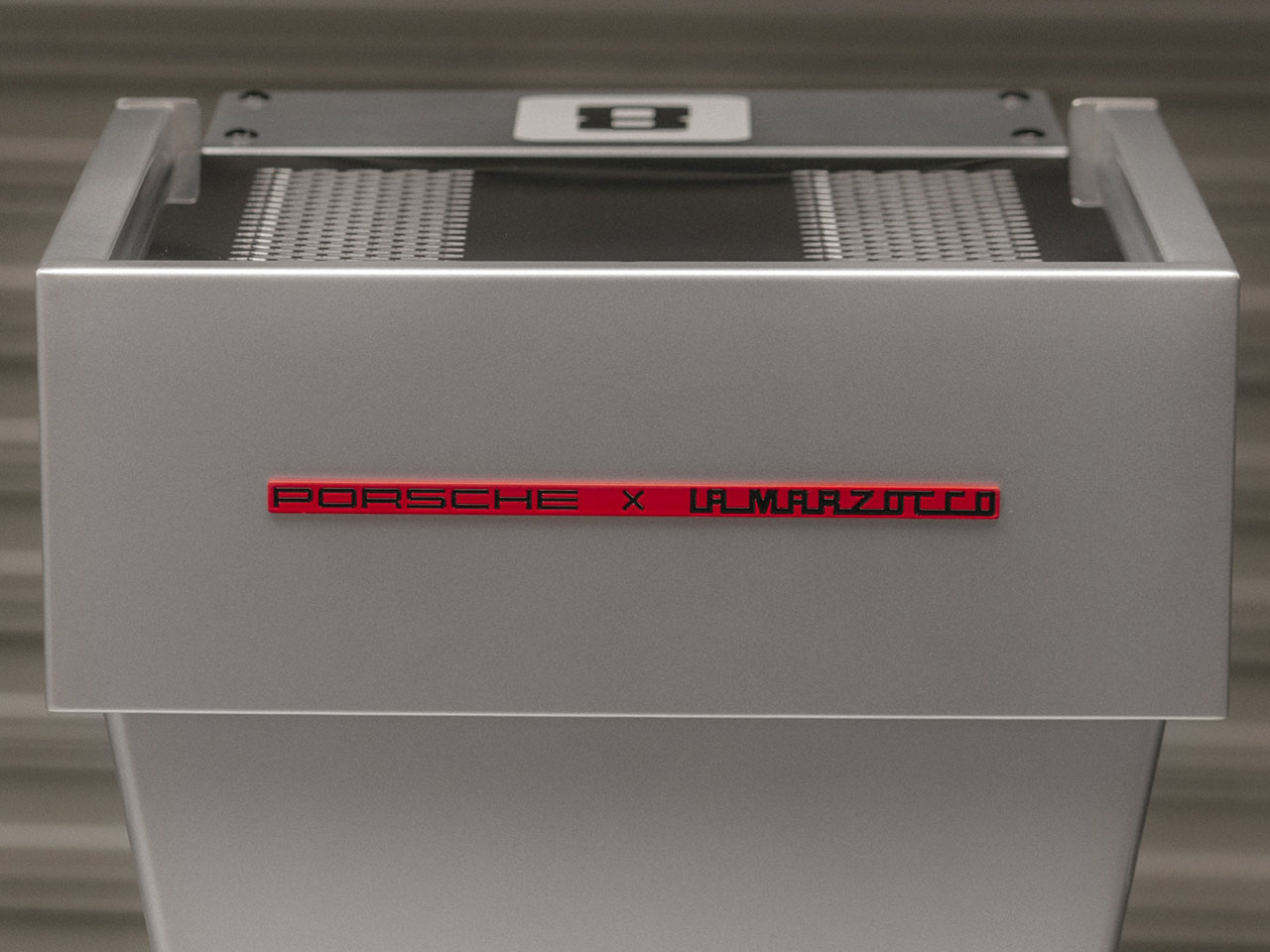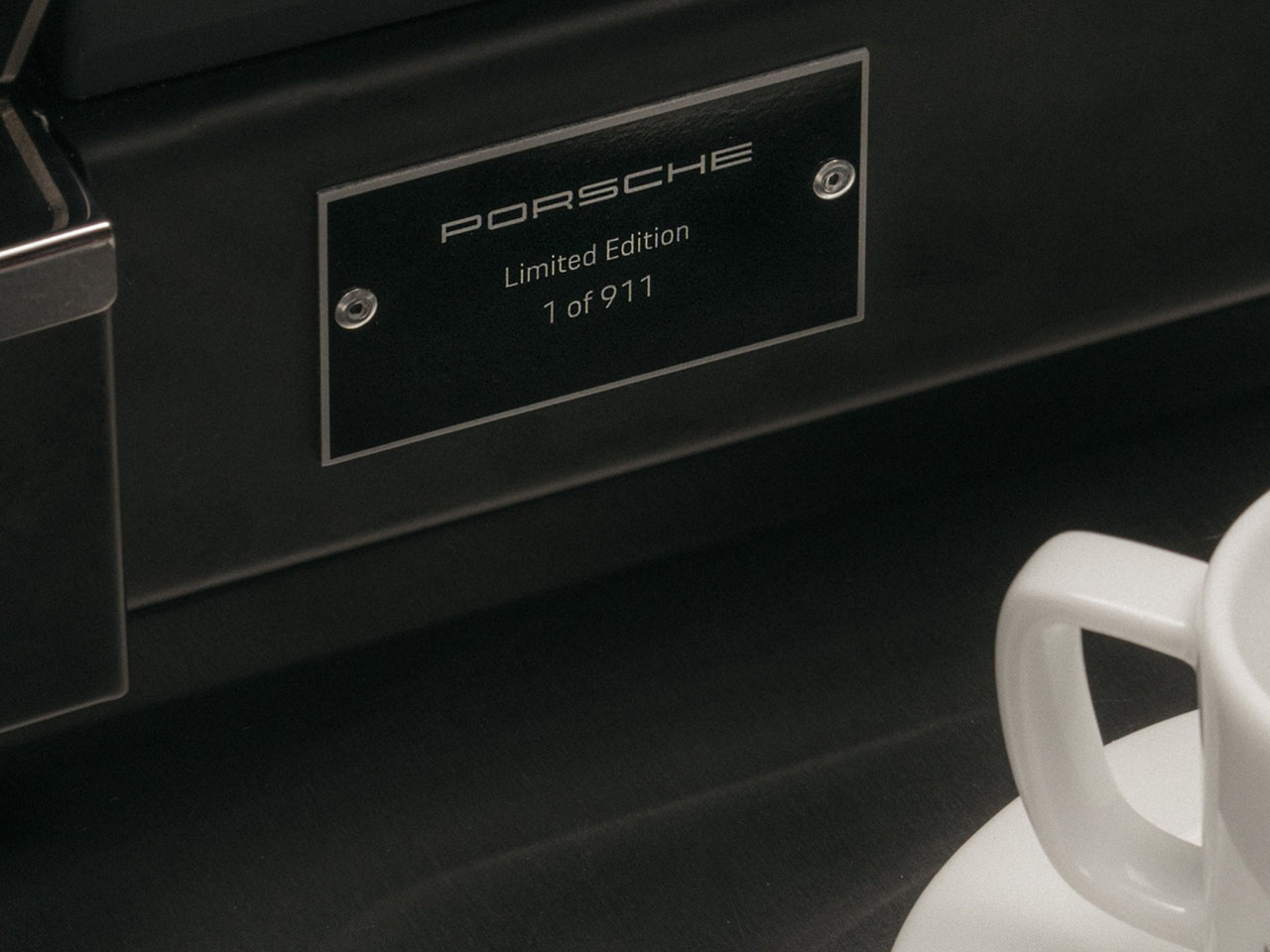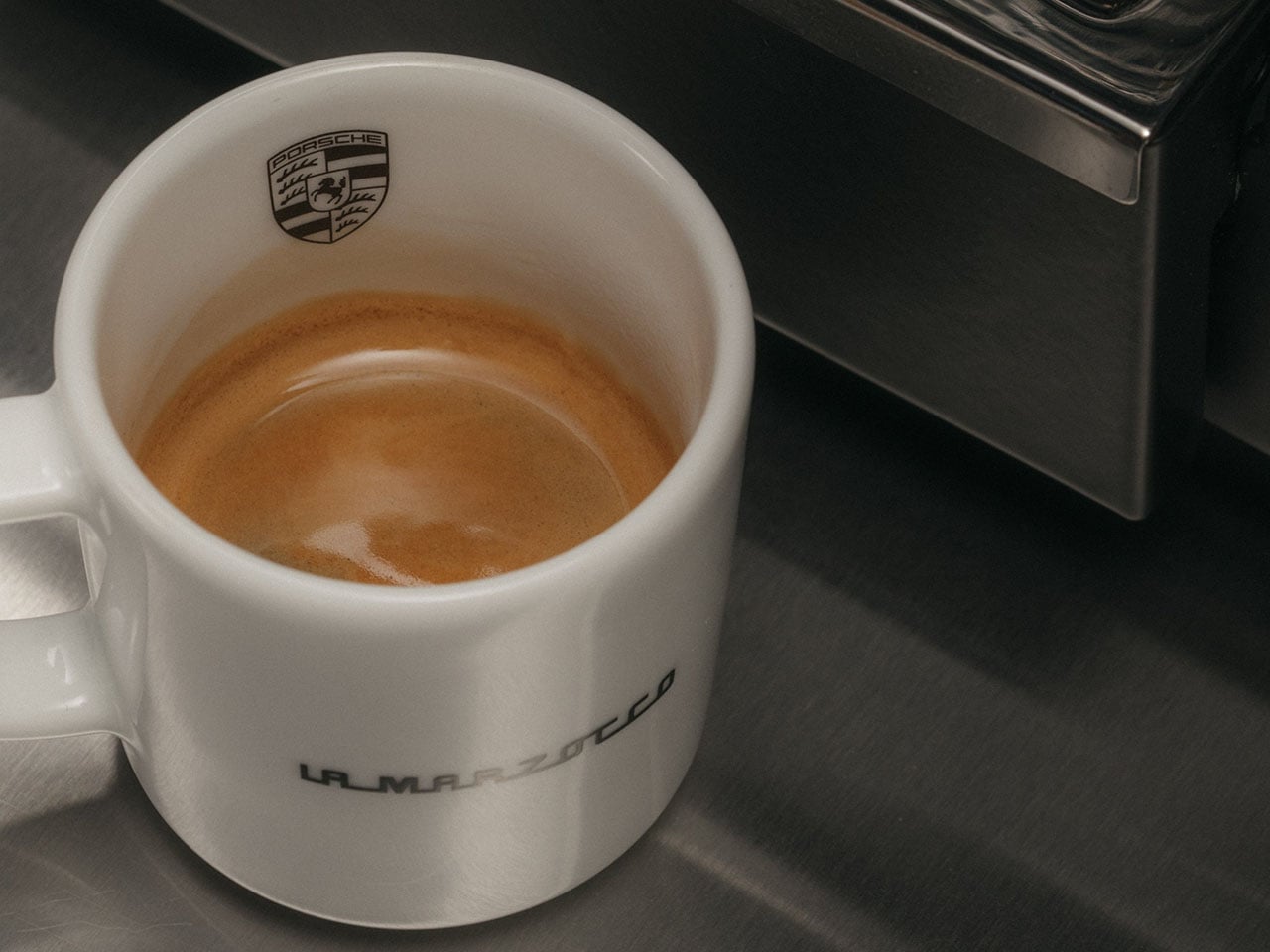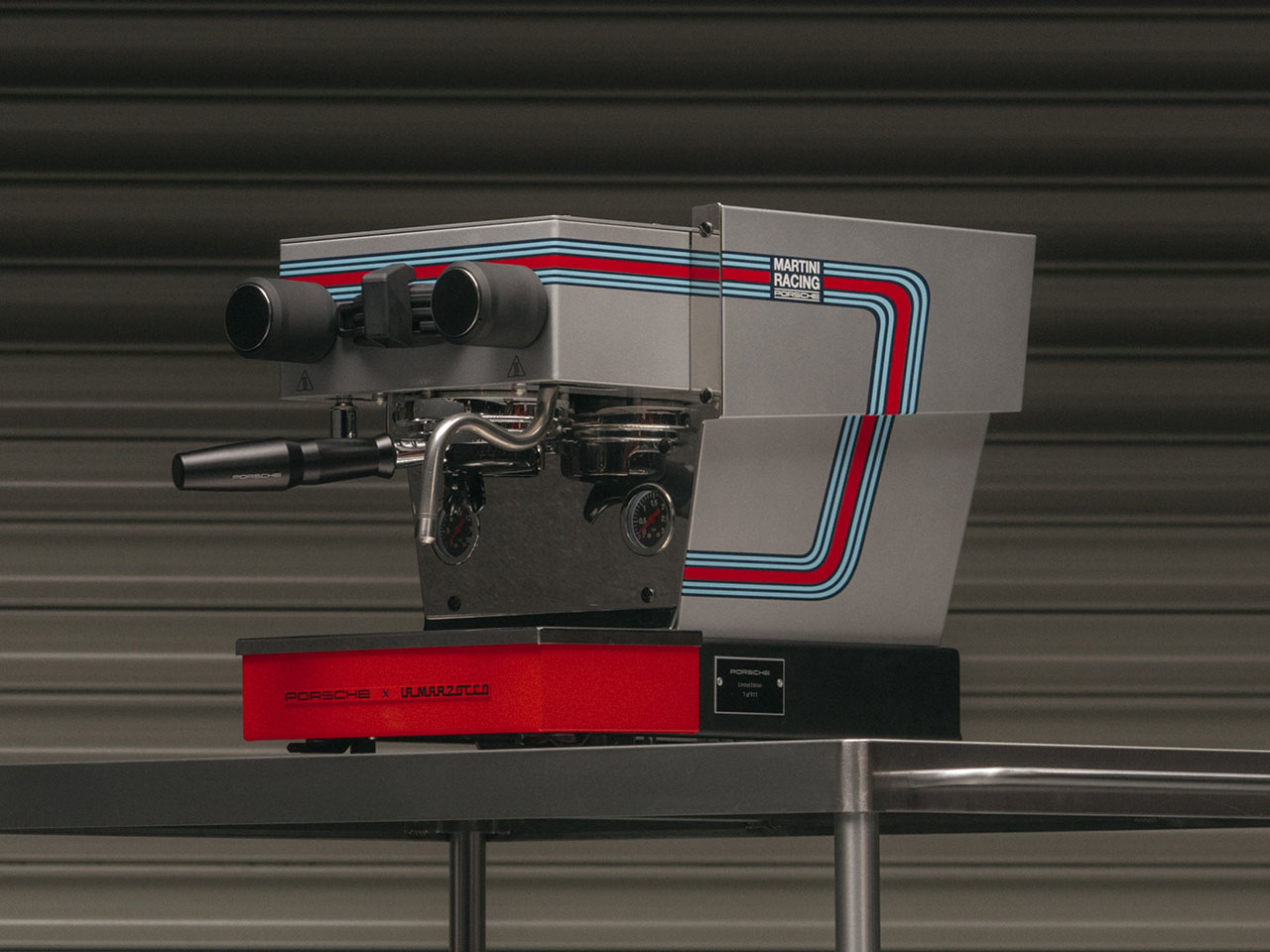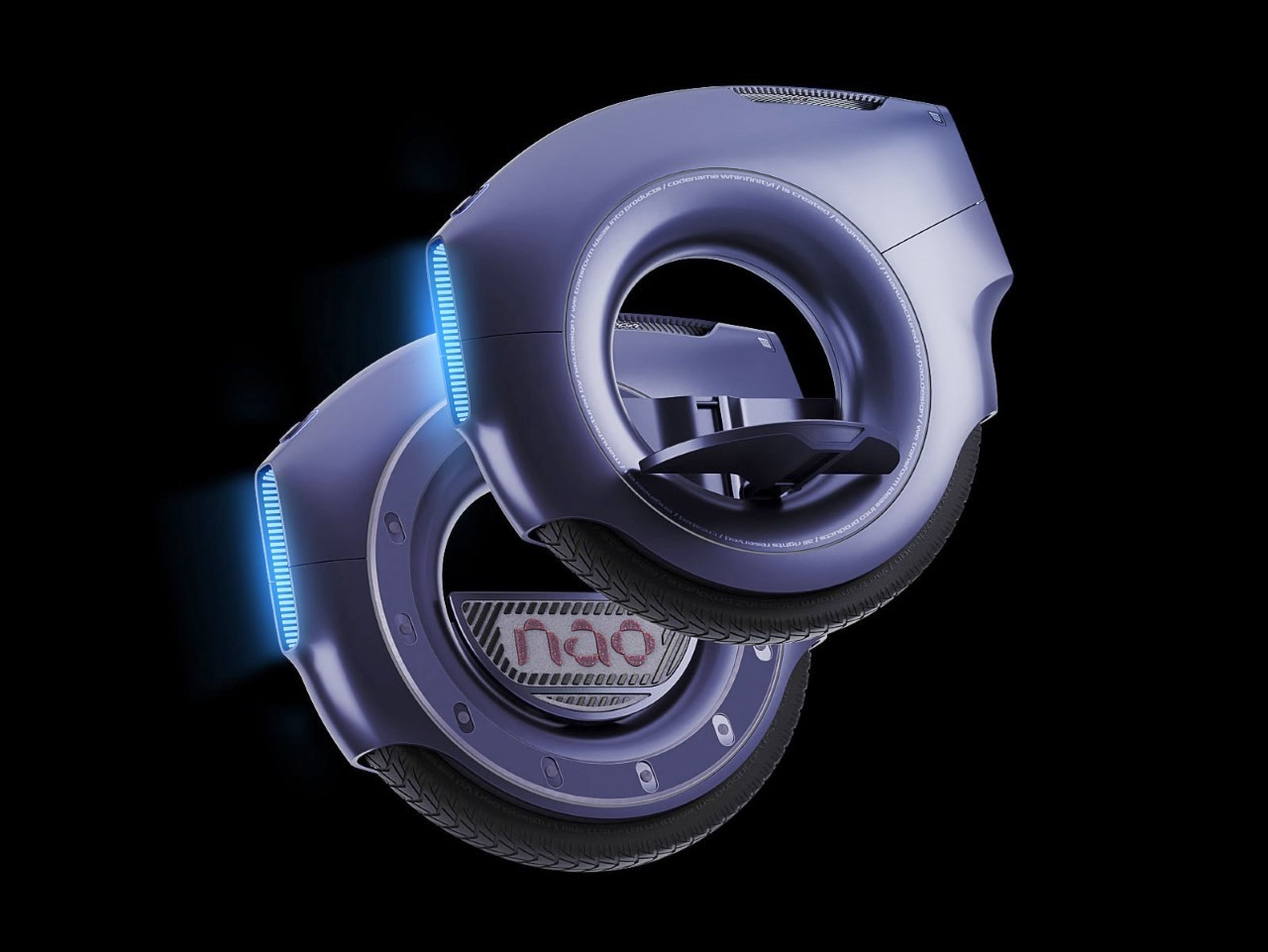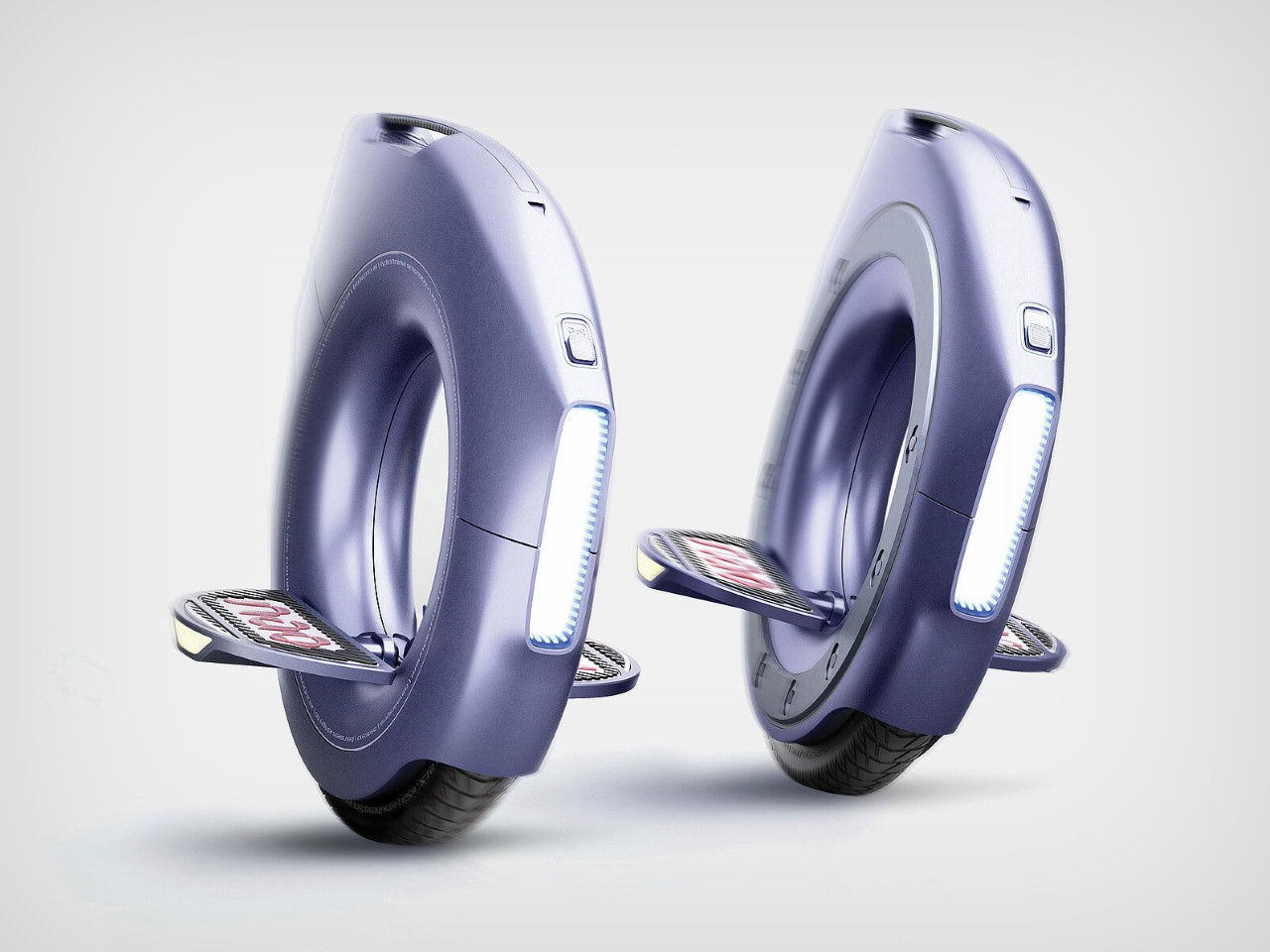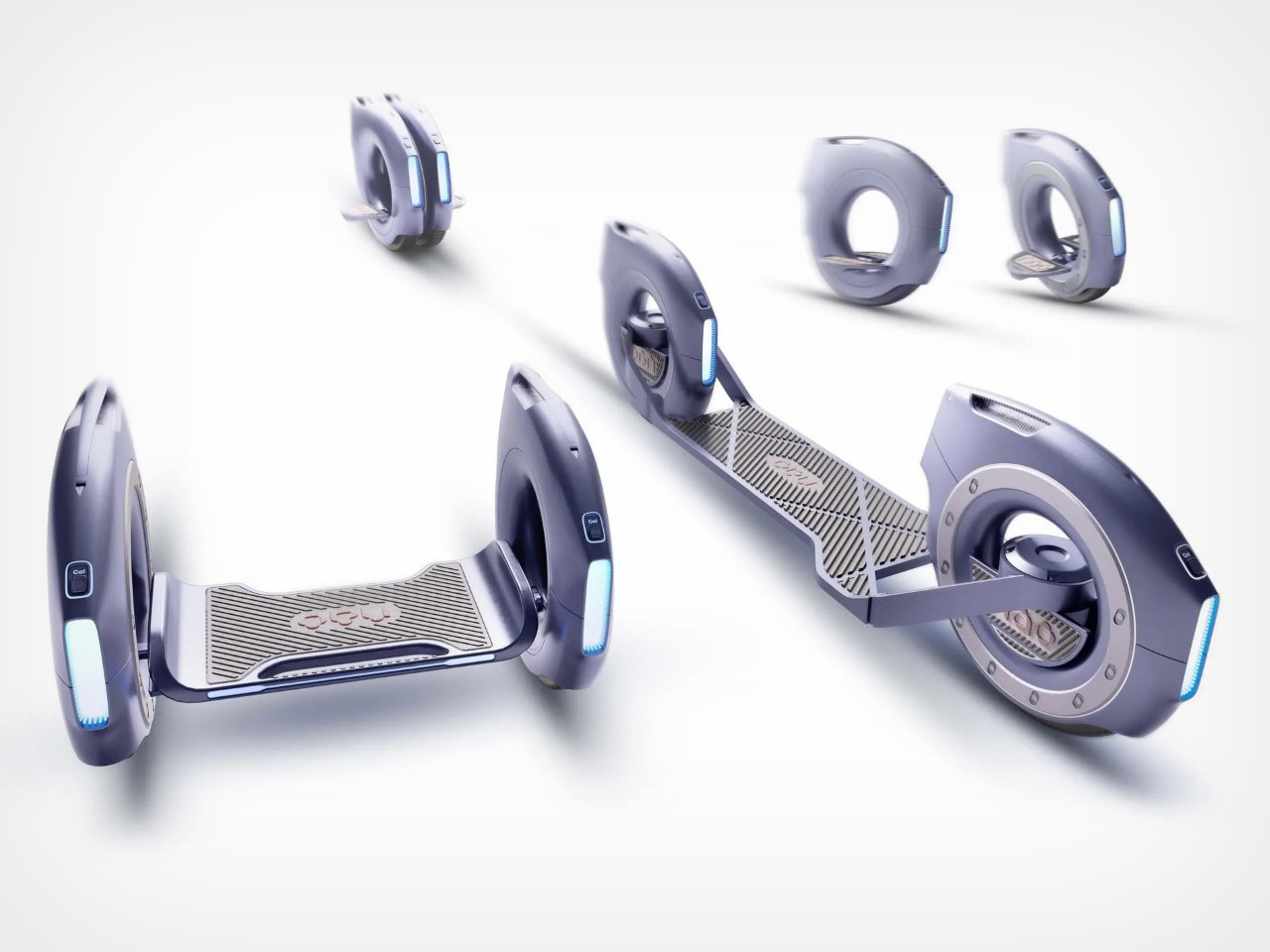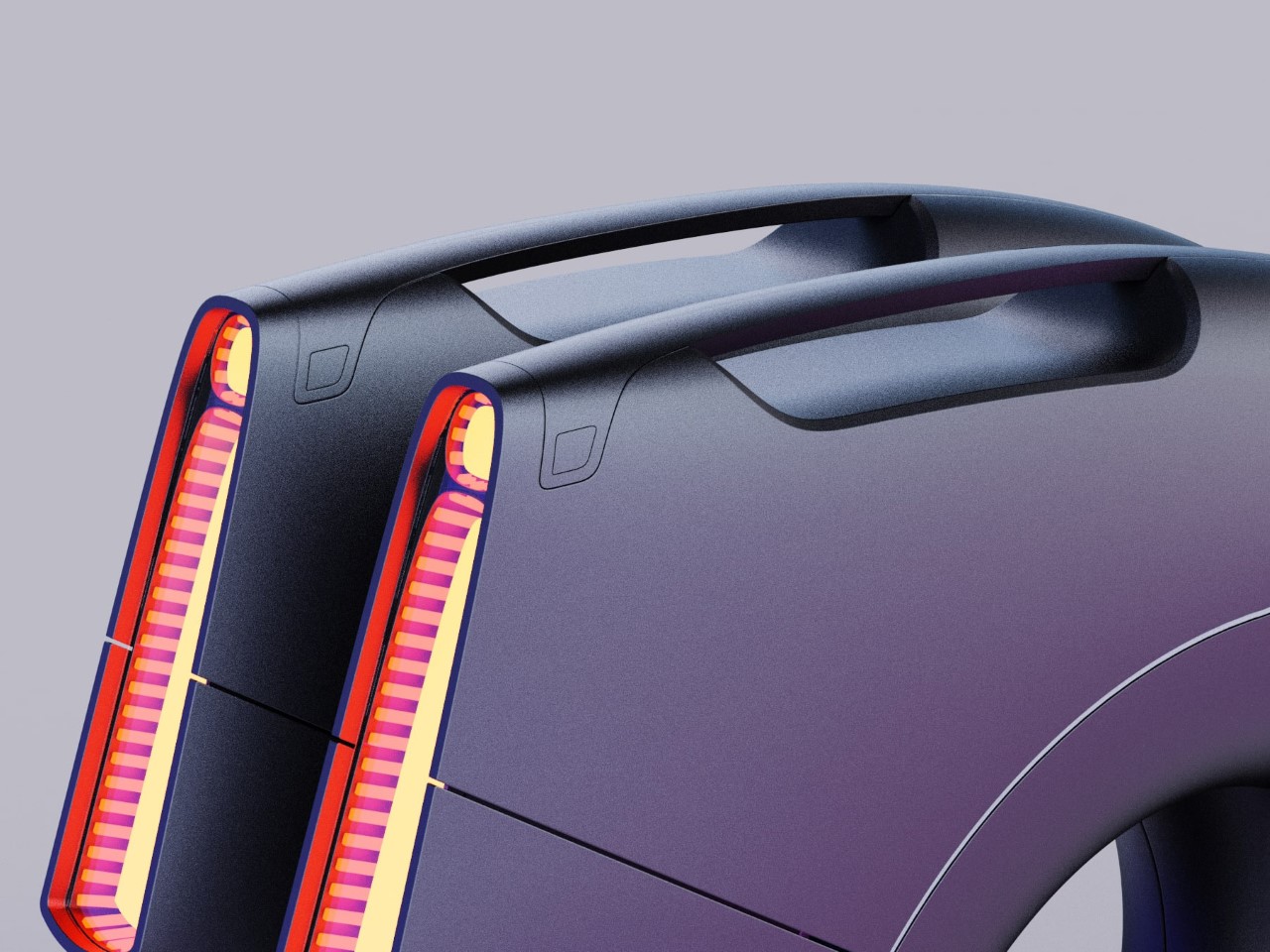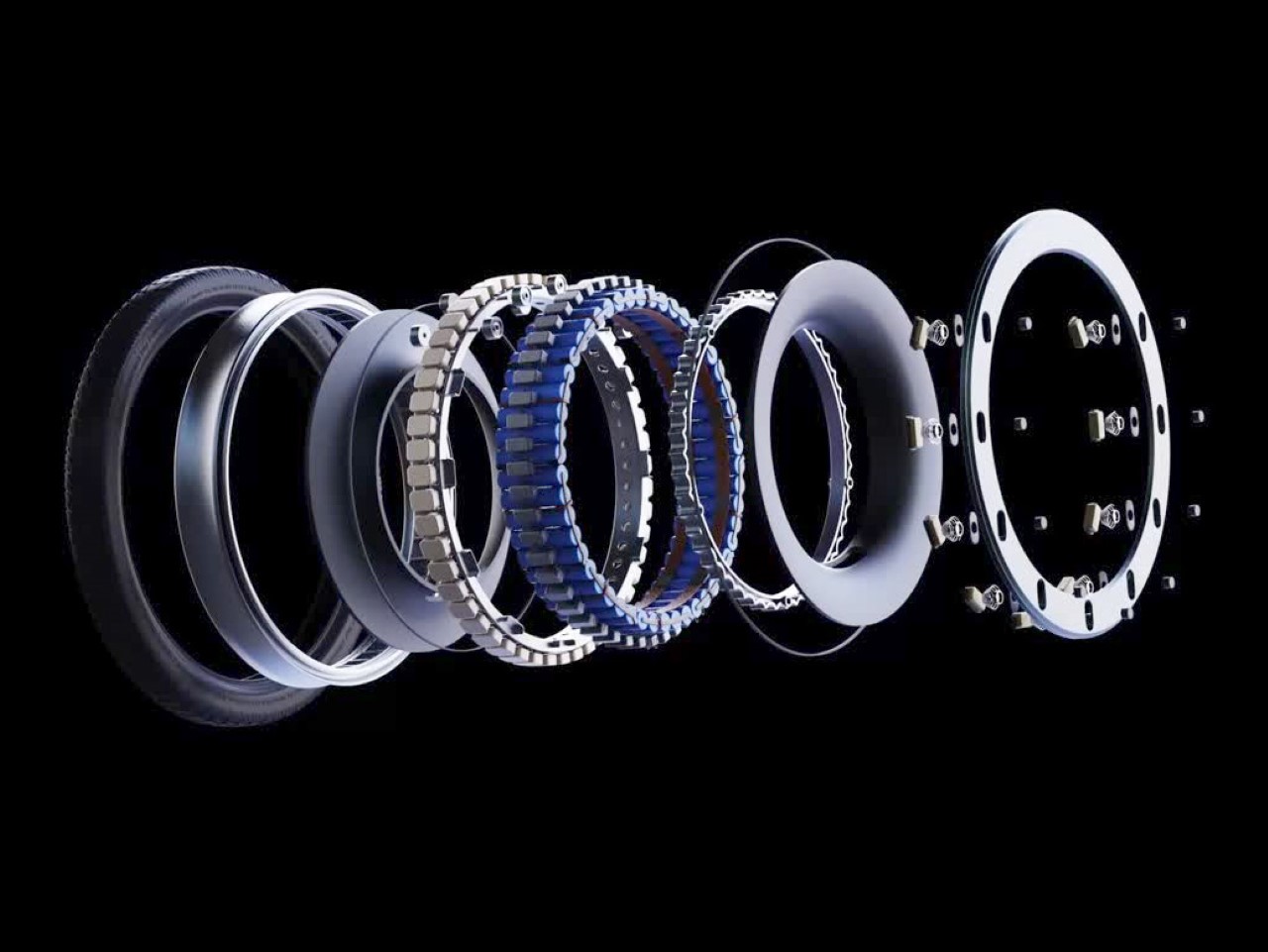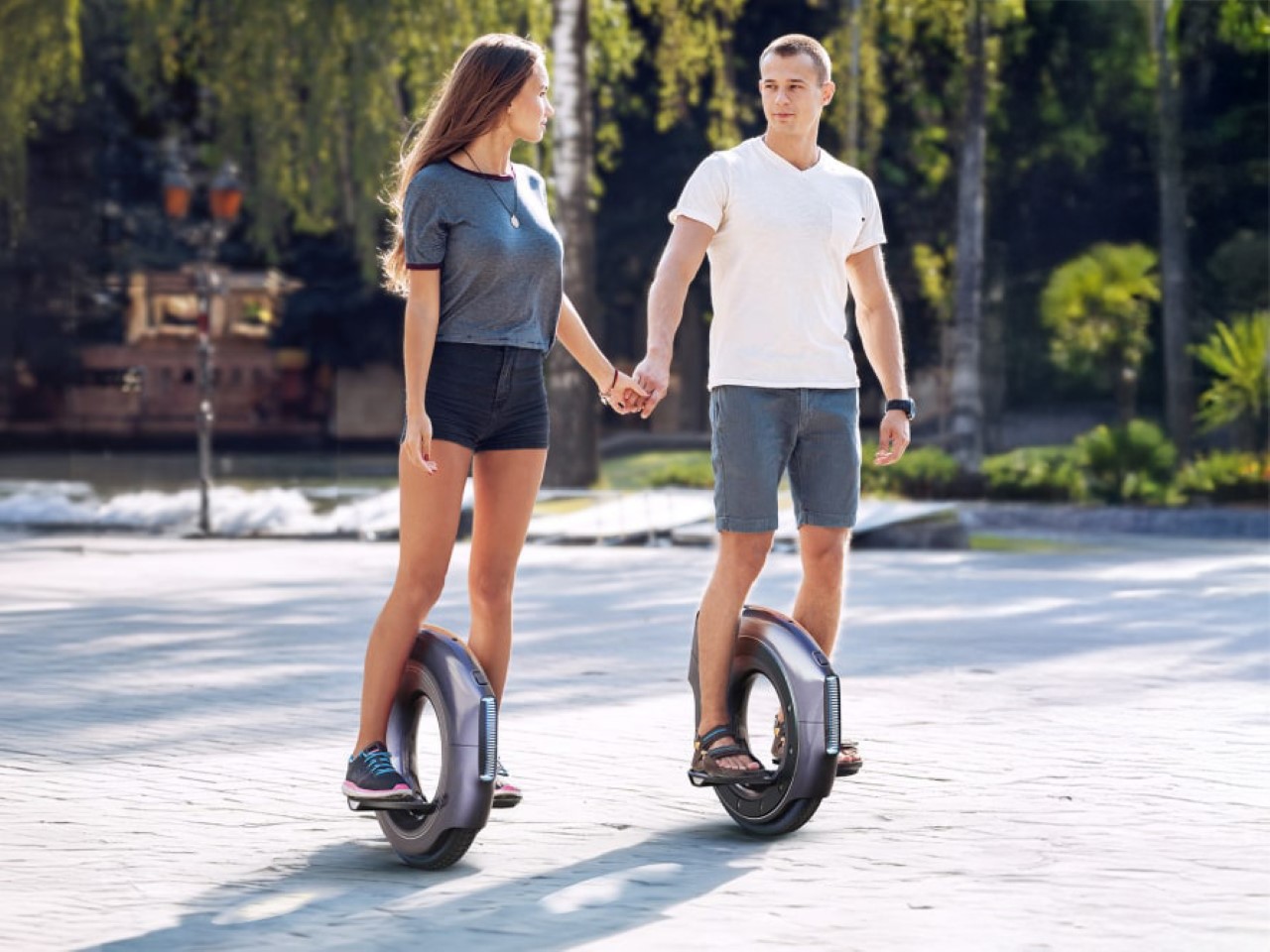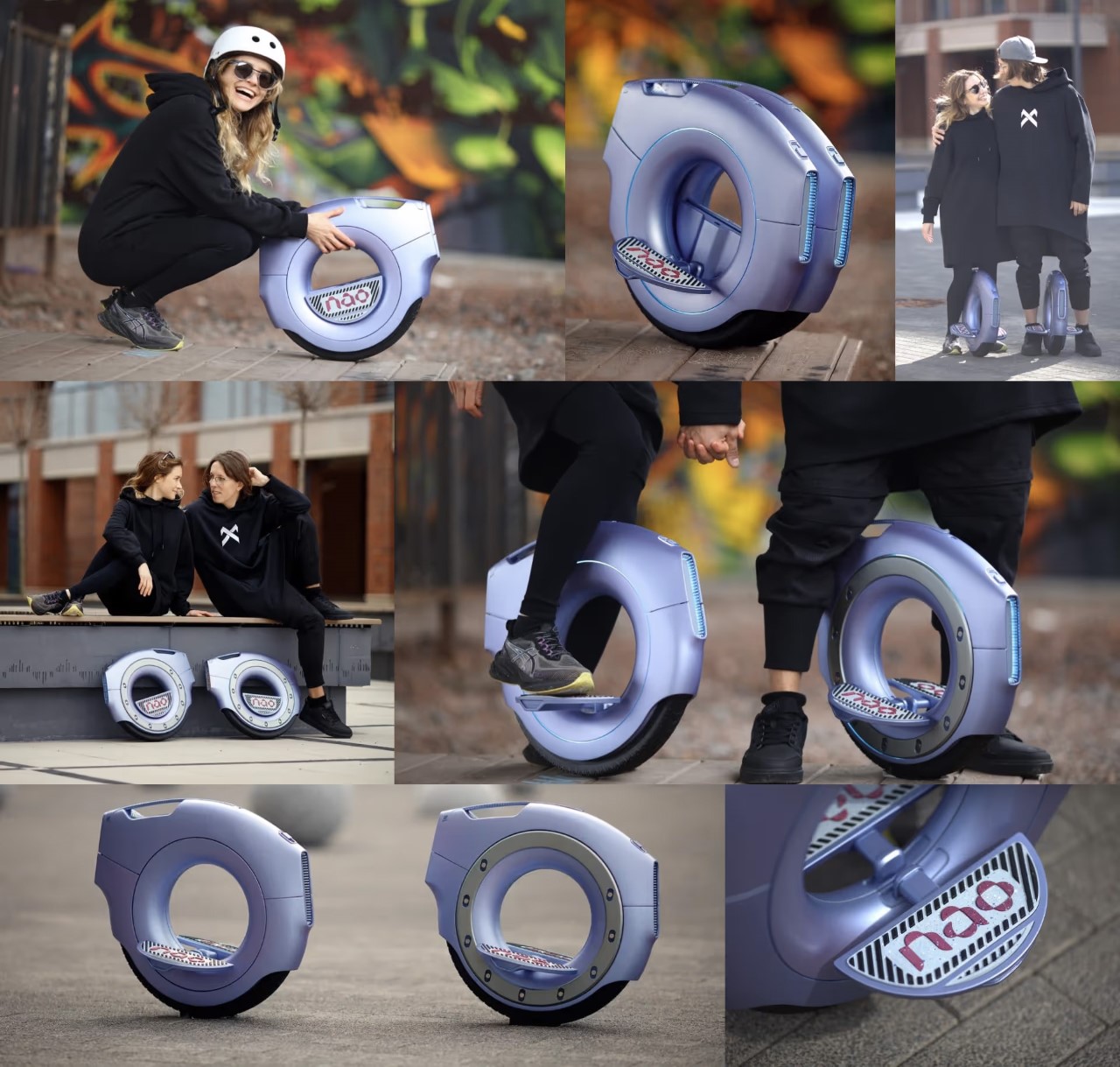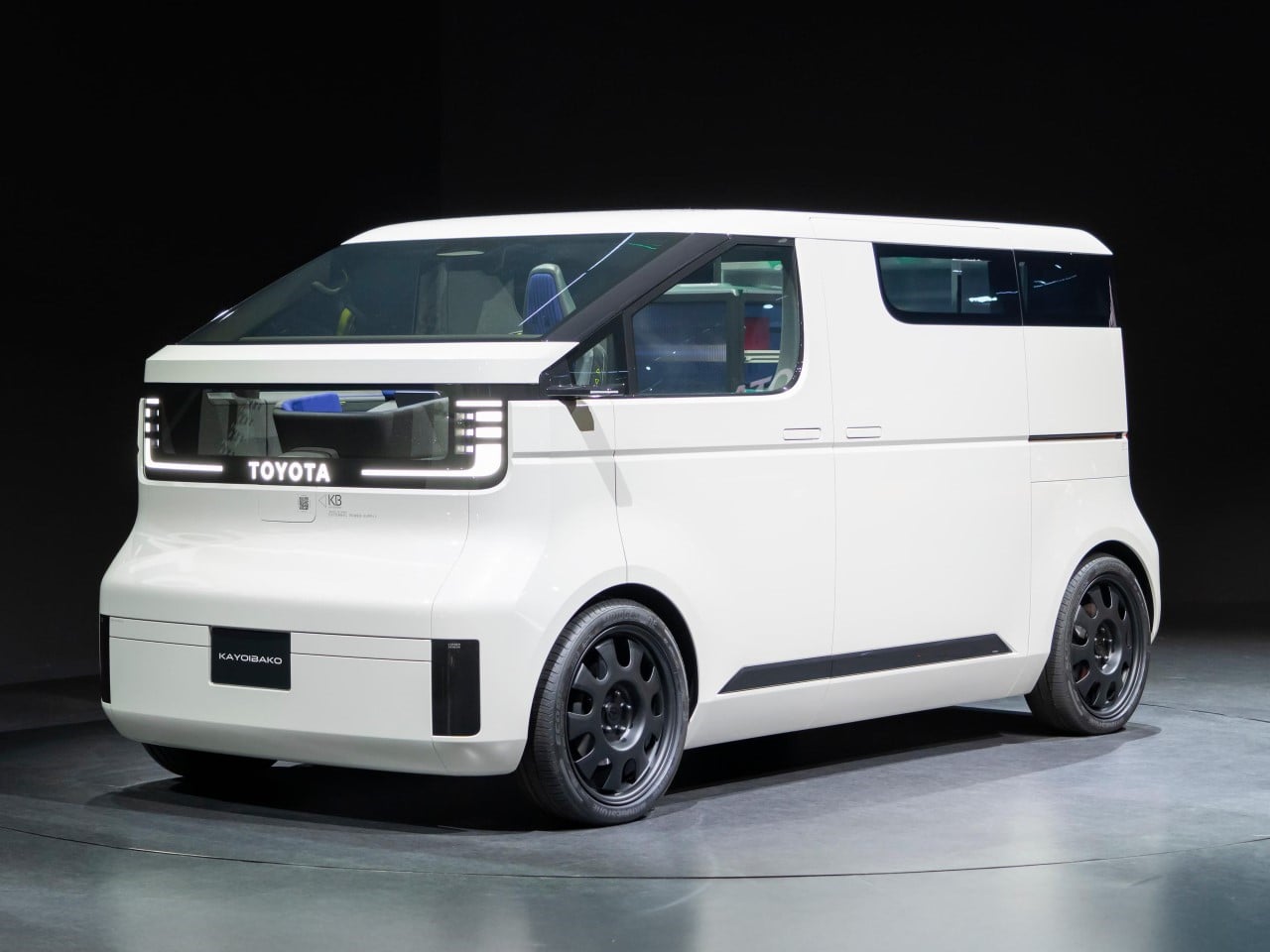
As the name suggests, most camper vans are made for camping. However, Toyoya’s Kayoibako interprets things differently. Inspired instead by shipping containers, the adorable micro-camper is compact enough for tight city streets yet versatile enough to transform from a cozy camper into a mobile pop-up shop or even a mini delivery van. Built as a multifunctional, adaptable space, the Kayoibako explores the future of compact vehicles designed for urban explorers, small business owners, and anyone craving flexibility in a city-ready package.
Designer: Toyota

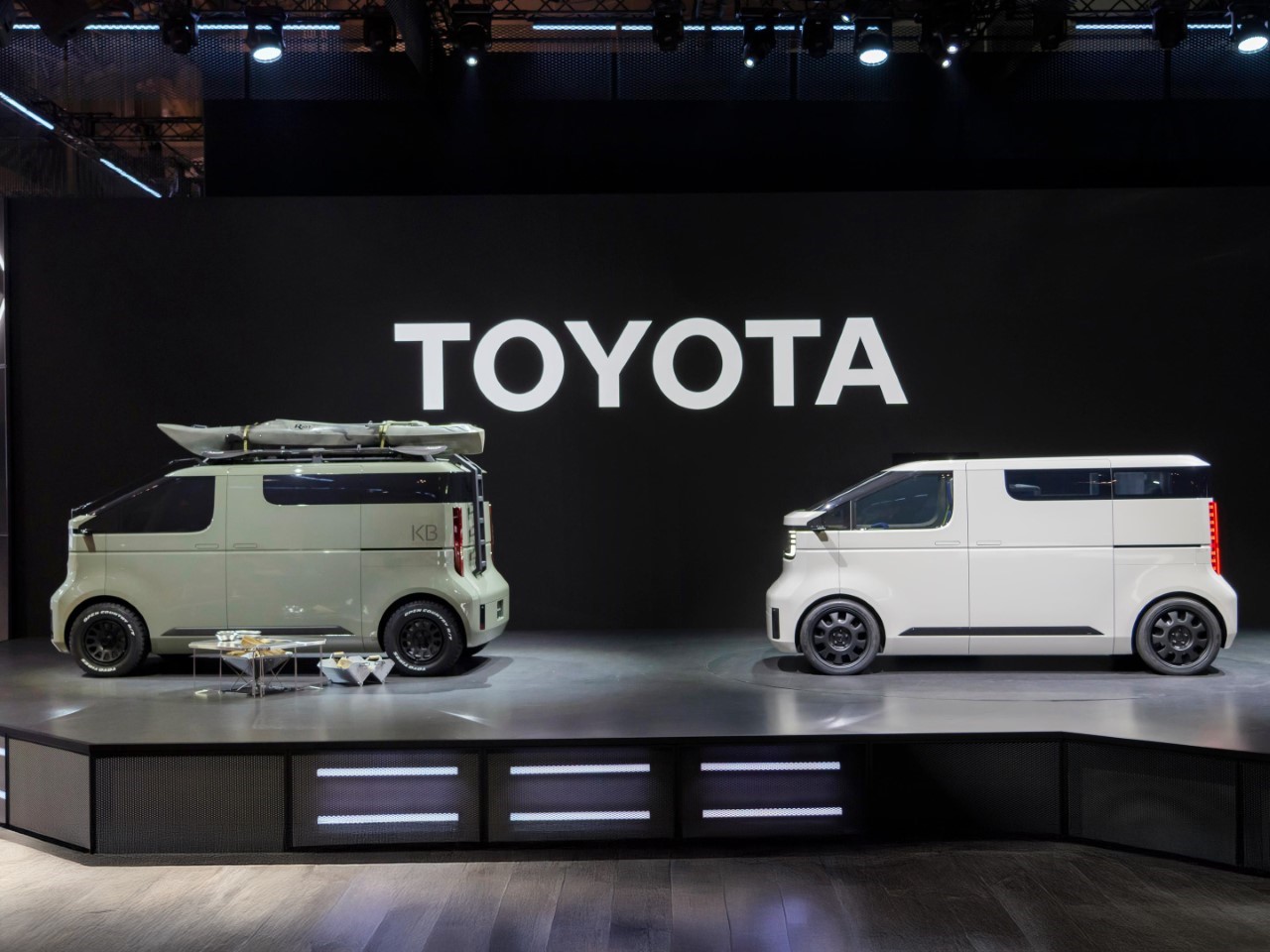
With a length of 3.99 meters (around 13 feet), the Kayoibako maximizes every inch of space. The tiny EV uses a nearly nonexistent hood and a minimalist driver-only seat setup, which frees up over 2.1 meters of usable floor length behind the driver and 3.1 meters in the seatless passenger area. Collaborating with lifestyle brand D&Department, Toyota created a cozy camper layout with a foldable double bed, ambient lighting, and simple furnishings, proving that functional design can be stylish too. The roof—standing at 186 cm (73 inches)—is accessible via a ladder and can double as a gear rack, providing easy storage solutions for adventurers looking to take advantage of every inch of this micro-camper.
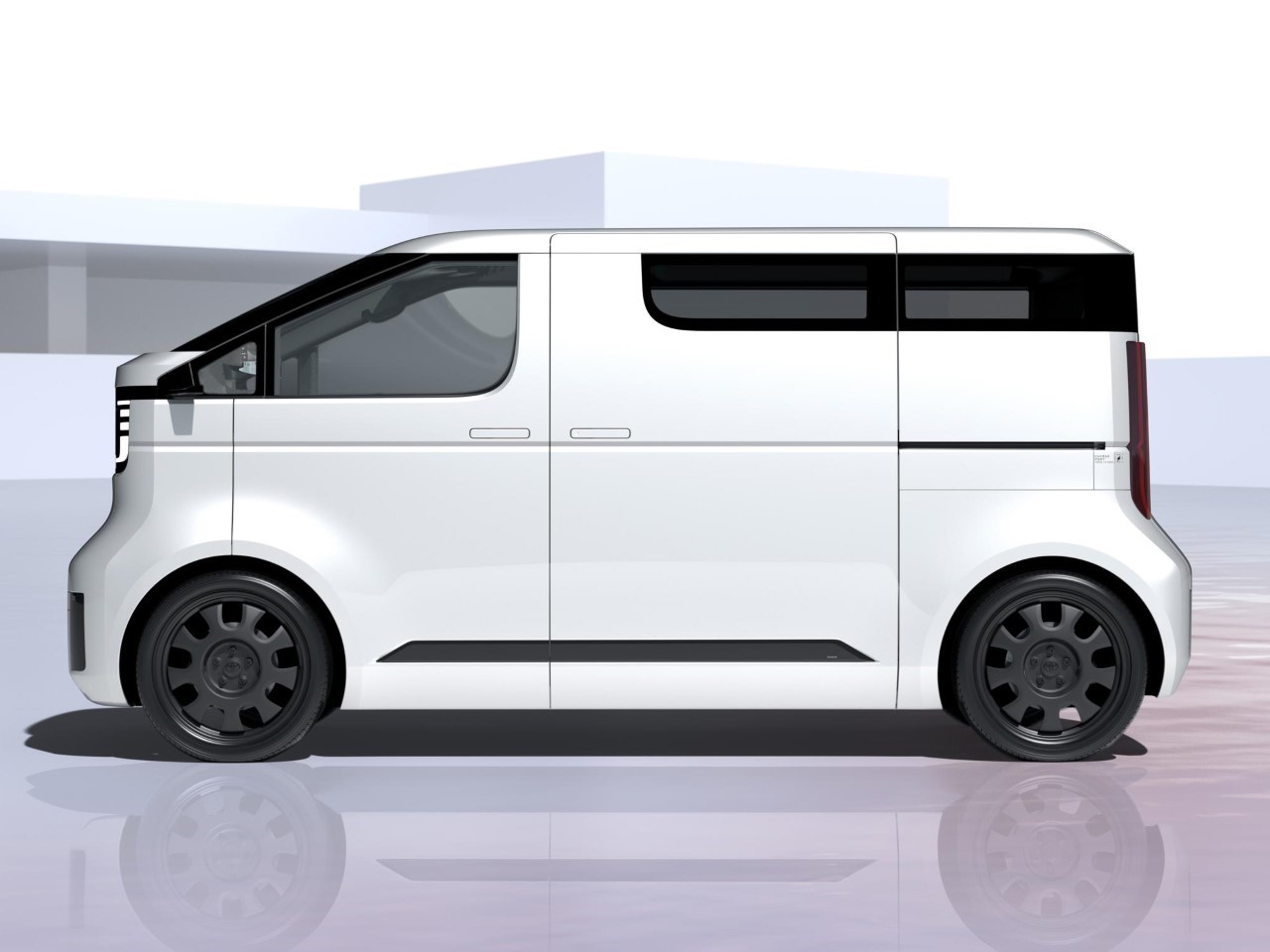

What really makes the Kayoibako concept exciting is how easily it shapeshifts to meet diverse needs. Toyota envisioned it for multiple configurations, including an adaptive wheelchair-accessible design, a fully mobile retail shop with racks, and a straightforward cargo hauler. This flexibility comes from the vehicle’s customizable software. For instance, if you’re using it as a mobile shop, the Kayoibako could integrate inventory tracking, or, if it’s out on the trails, off-road navigation could be added to the suite. With all these options, Toyota has crafted a concept that feels a step ahead, blending physical versatility with digital intelligence.
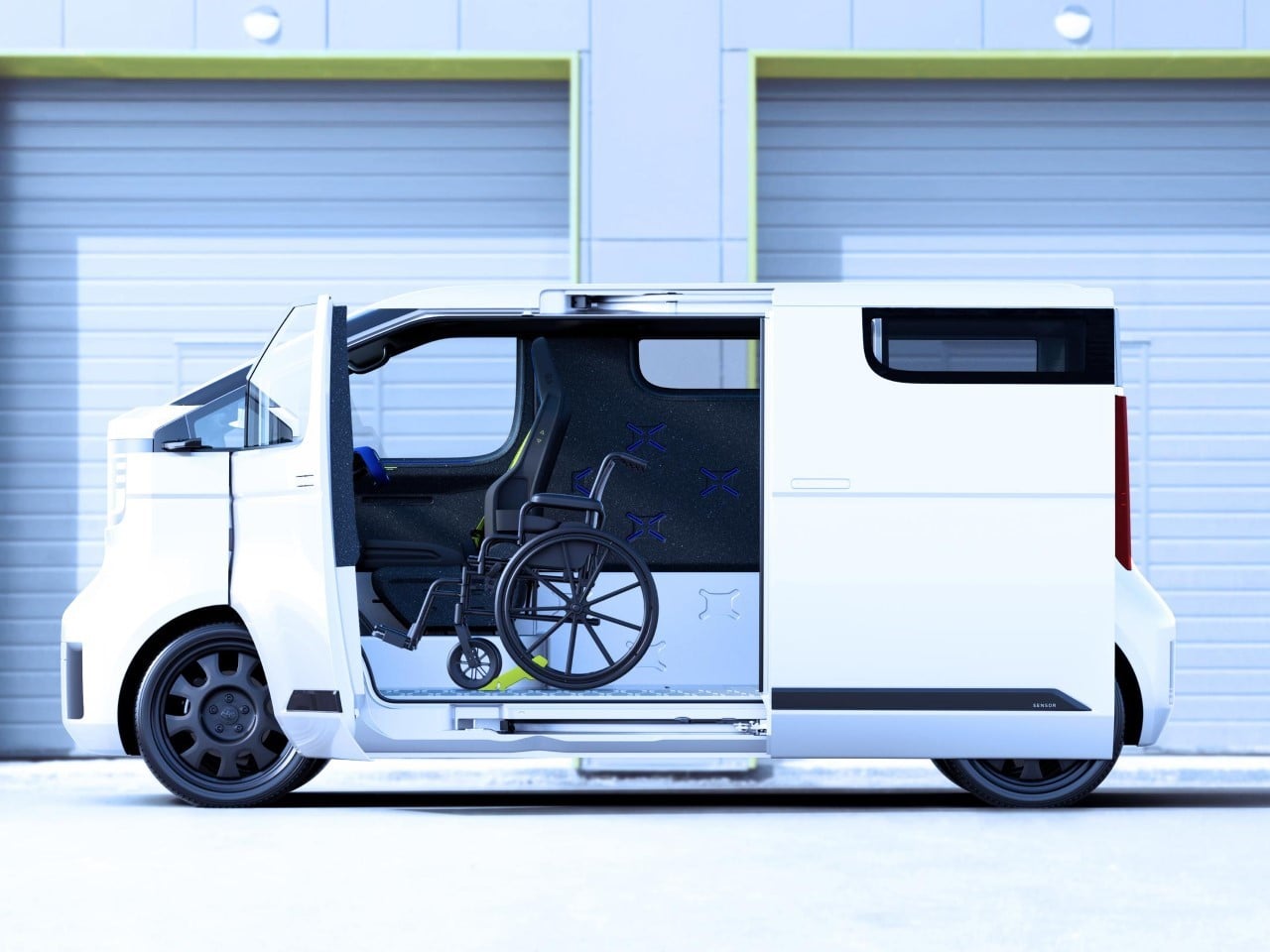

Inside, the Kayoibako is as simple as it is modern. The minimalist dashboard is defined by an ultra-slim, curved infotainment screen that stretches across the windshield area, designed to give the driver a seamless interface with all key information in one place. The Kayoibako’s cockpit keeps things light, thanks to a skeletal steering wheel and minimal controls, perfect for a vehicle that aims to be as flexible as its users’ needs. This simplicity lets Toyota make the most of the interior, creating a spacious, uncluttered atmosphere that’s highly adaptable for different uses, from outdoor exploration to city delivery.
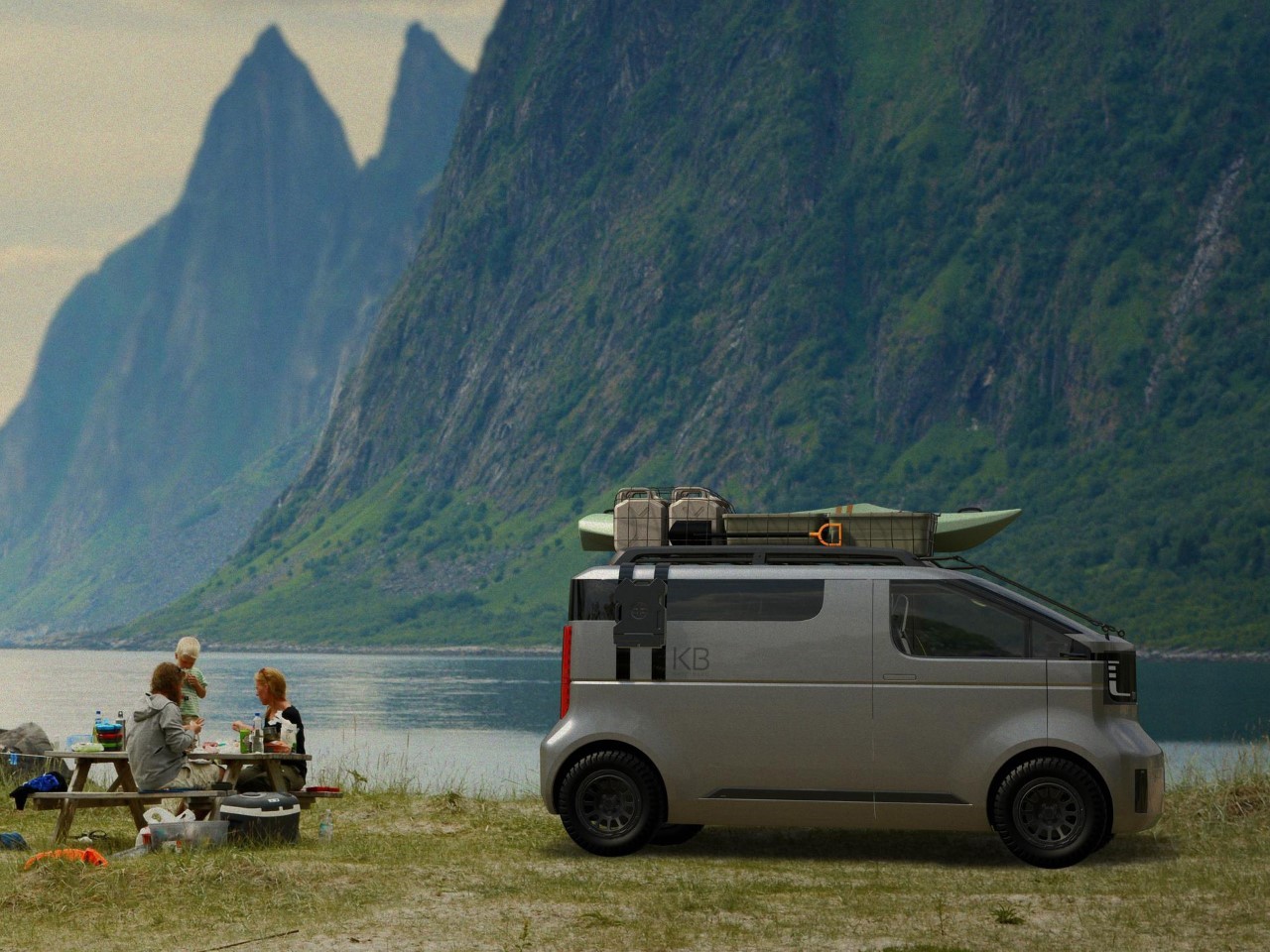

So, will the Kayoibako make it to production? Toyota’s been quiet about that, though its experimentation with flexible mini-vehicles, like the Hilux Champ mini-pickup, hints at a future where modular electric vehicles might become mainstream. If the Kayoibako—or something like it—hits the market, we’d be looking at a new category of hyper-adaptable, eco-friendly EVs. Whether for work, play, or a mix of both, it’s a concept that could be just what the tiny van scene has been waiting for.
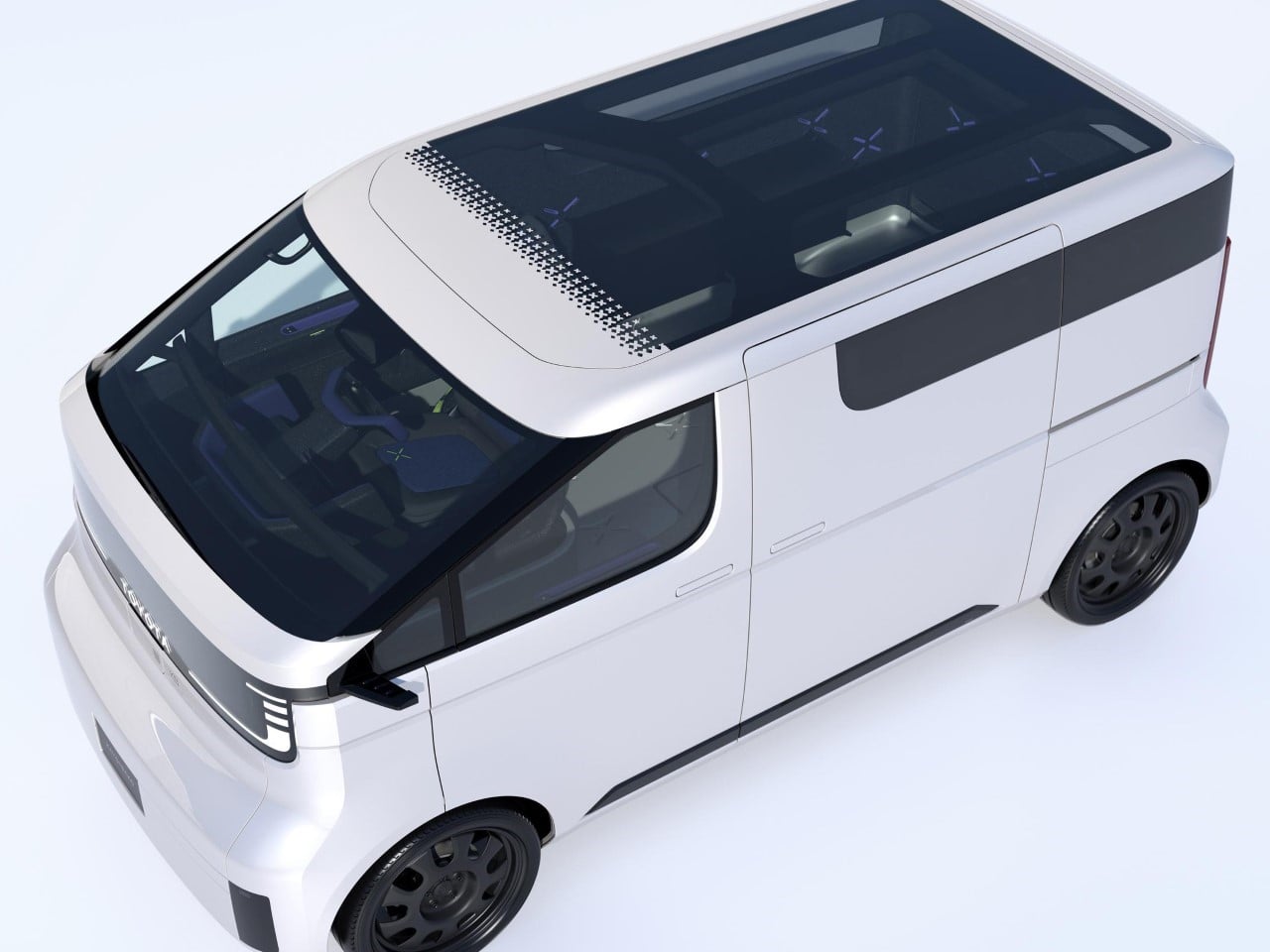
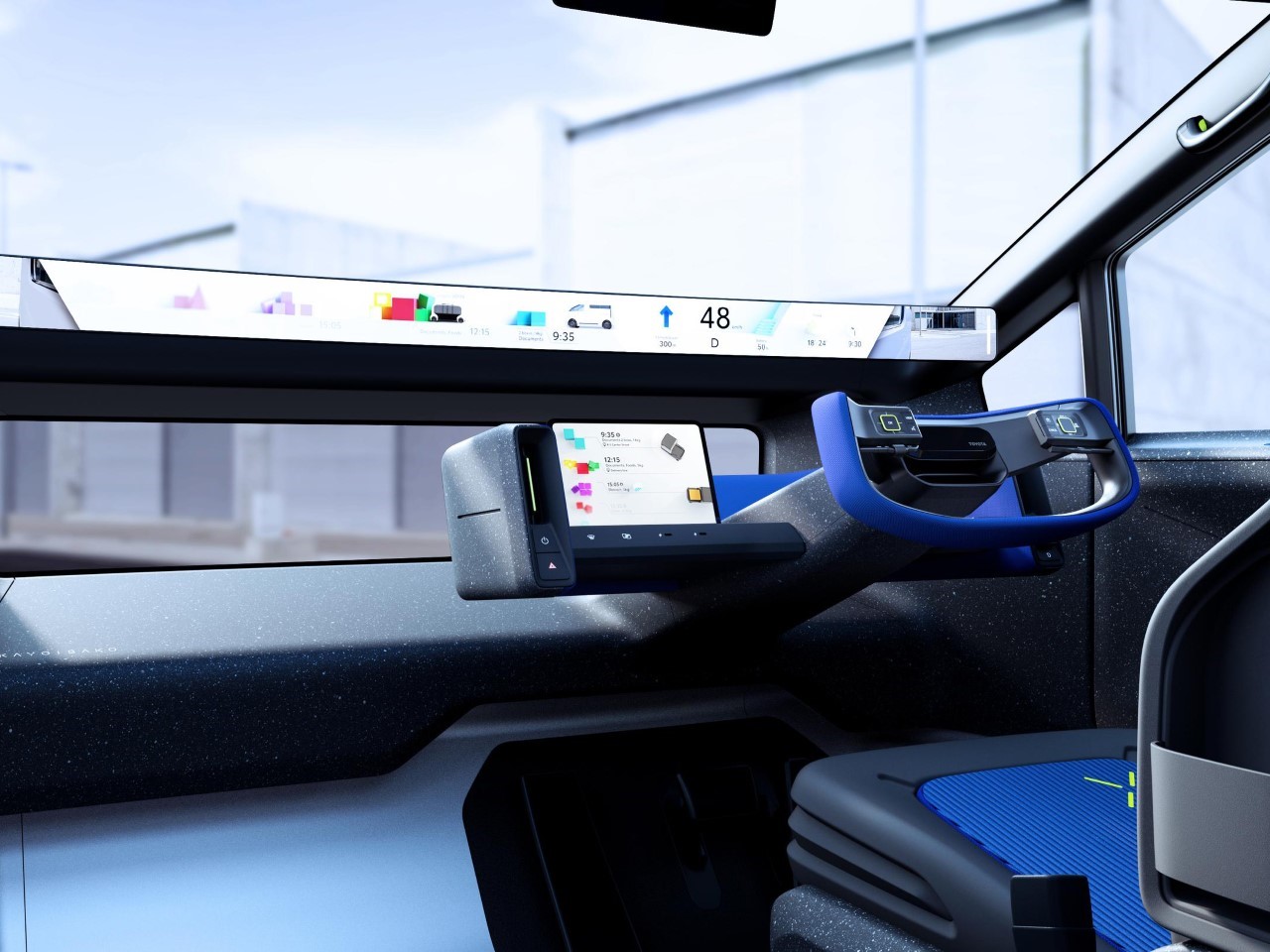
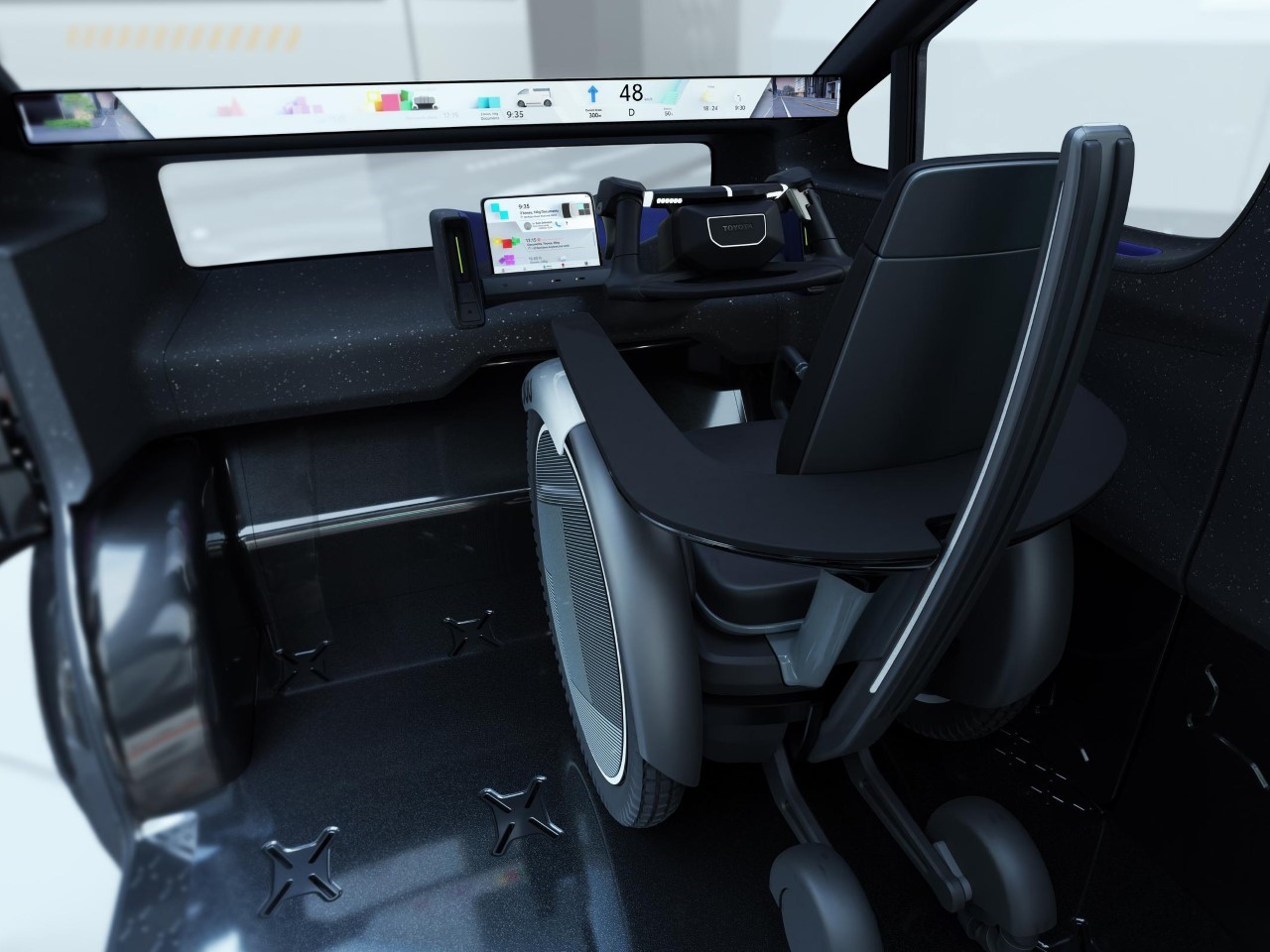
The post Toyota’s new Micro-camper doubles into a cargo-van, pop-up shop, or even a wheelchair-accessible van first appeared on Yanko Design.




